As everyone knows, a great holiday hotel can be a destination in itself, and choosing the right hotel can make a trip more than half perfect.
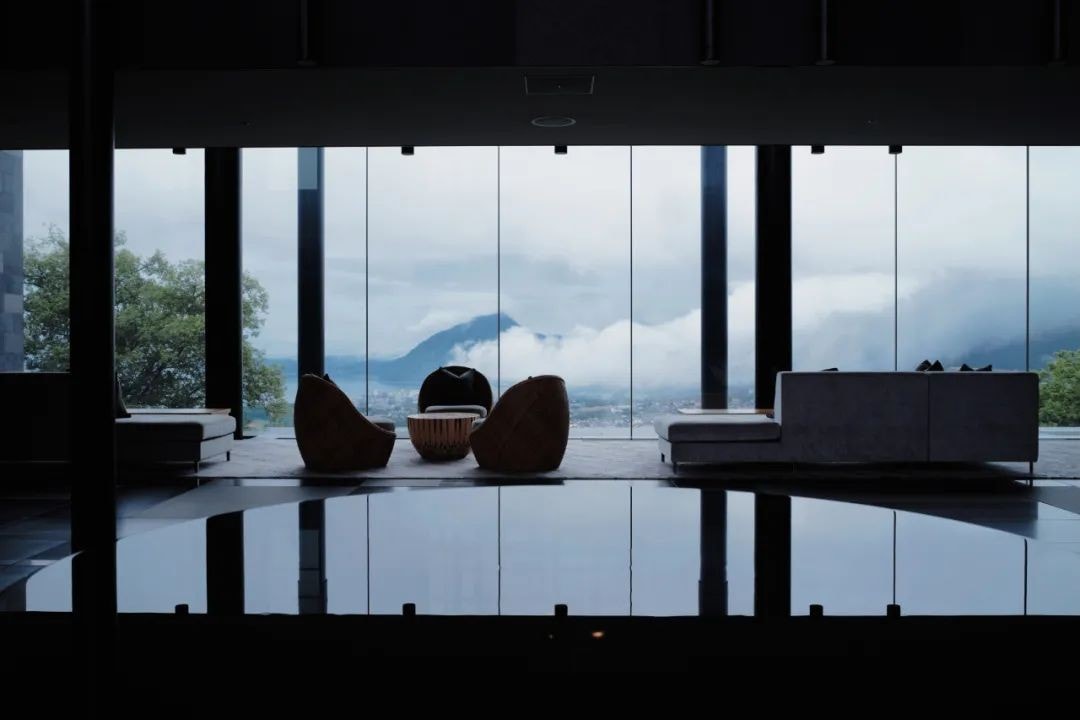
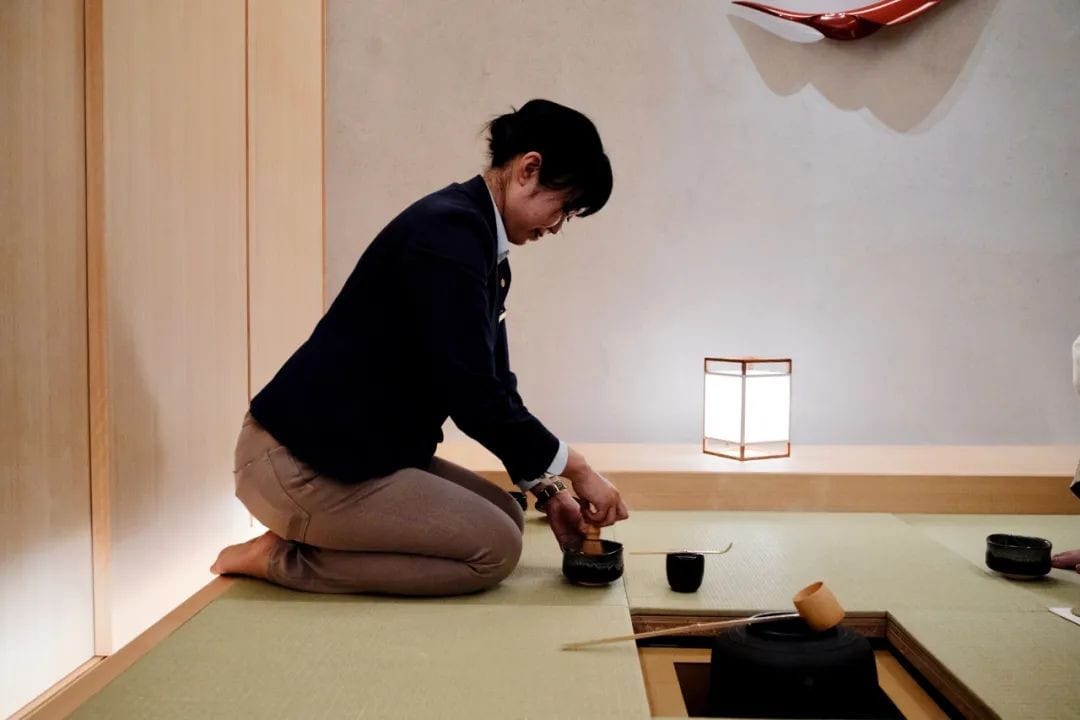
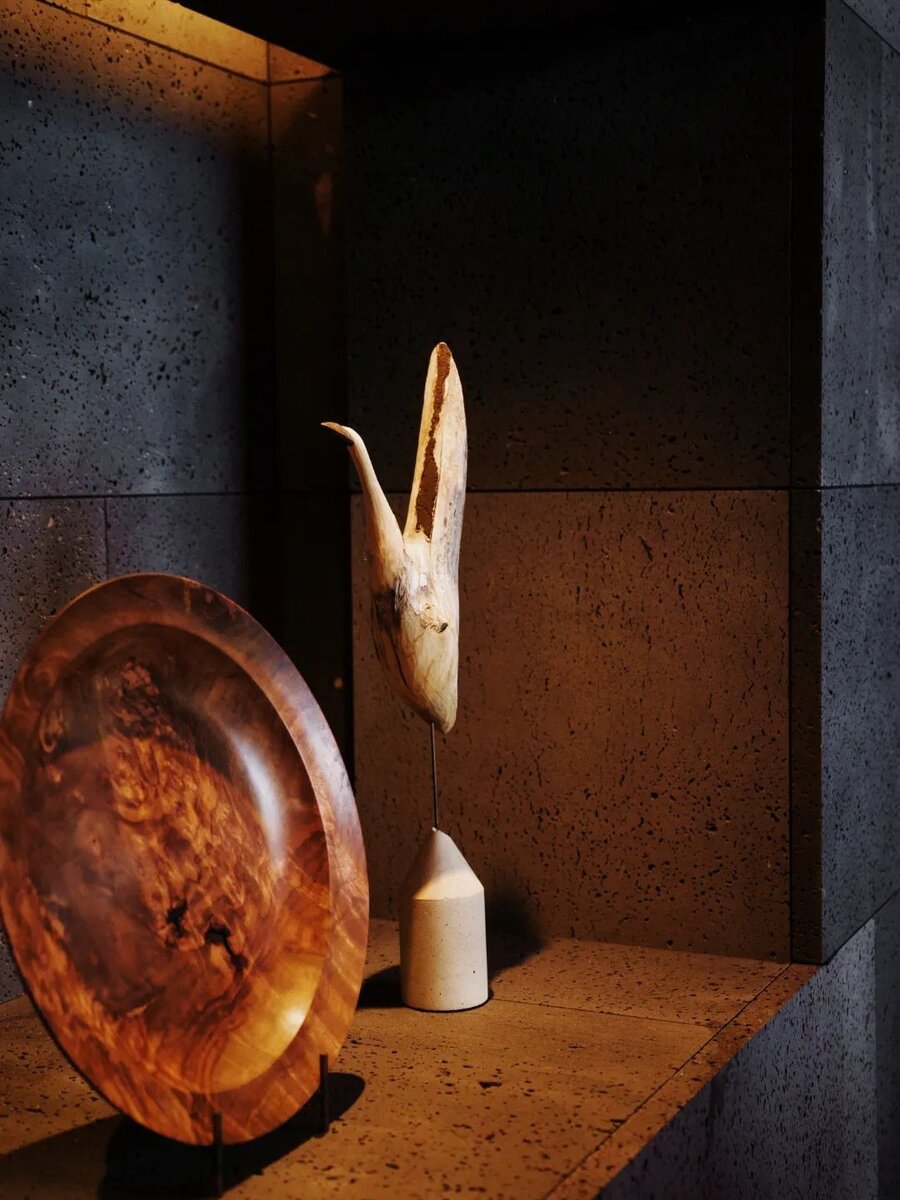
Today’s article is about the ANA InterContinental Beppu Resort & Spa, an IHG Hotel, located in Beppu, Oita Prefecture, Japan. It’s no exaggeration to say that this hotel fulfills all my fantasies of a luxurious resort.
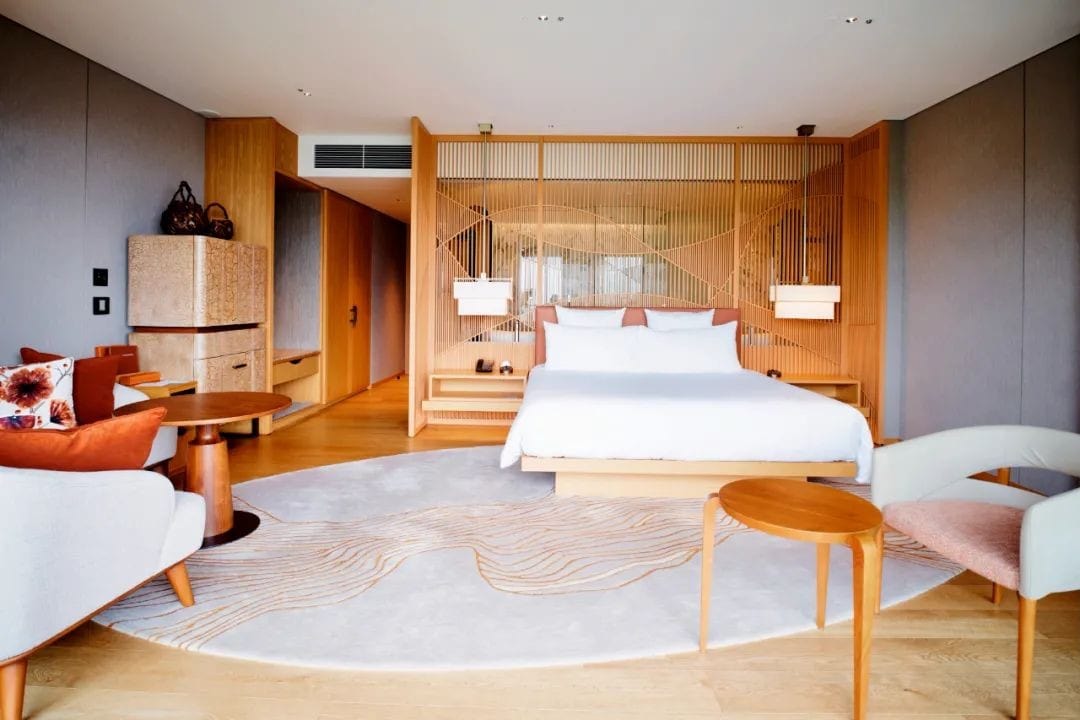
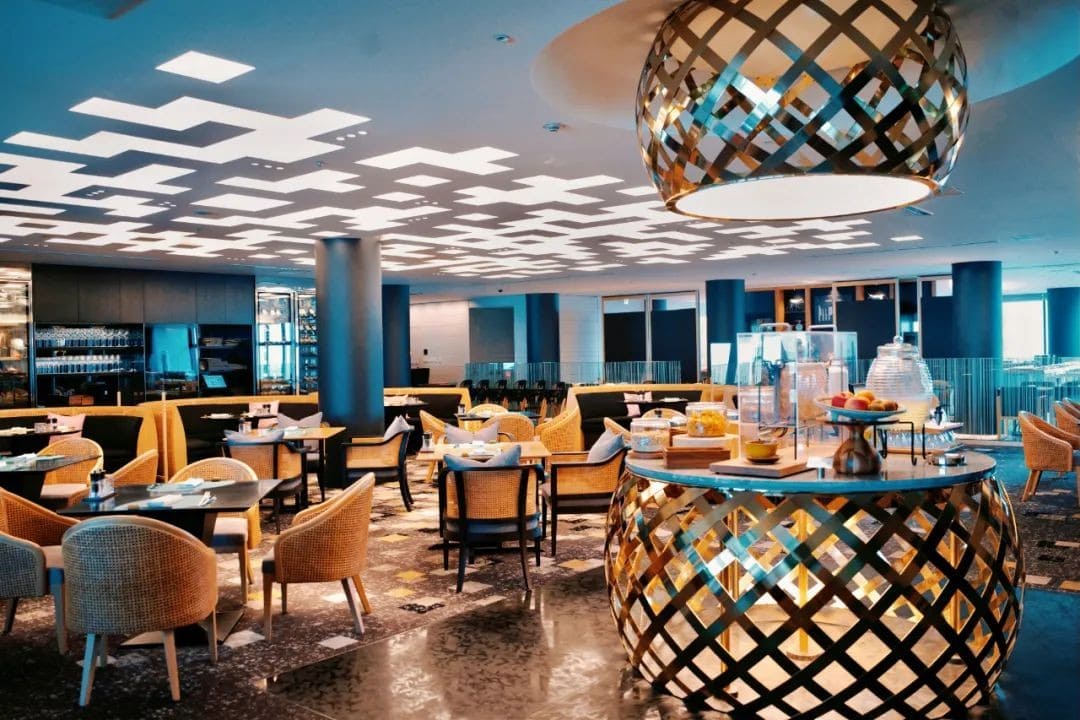
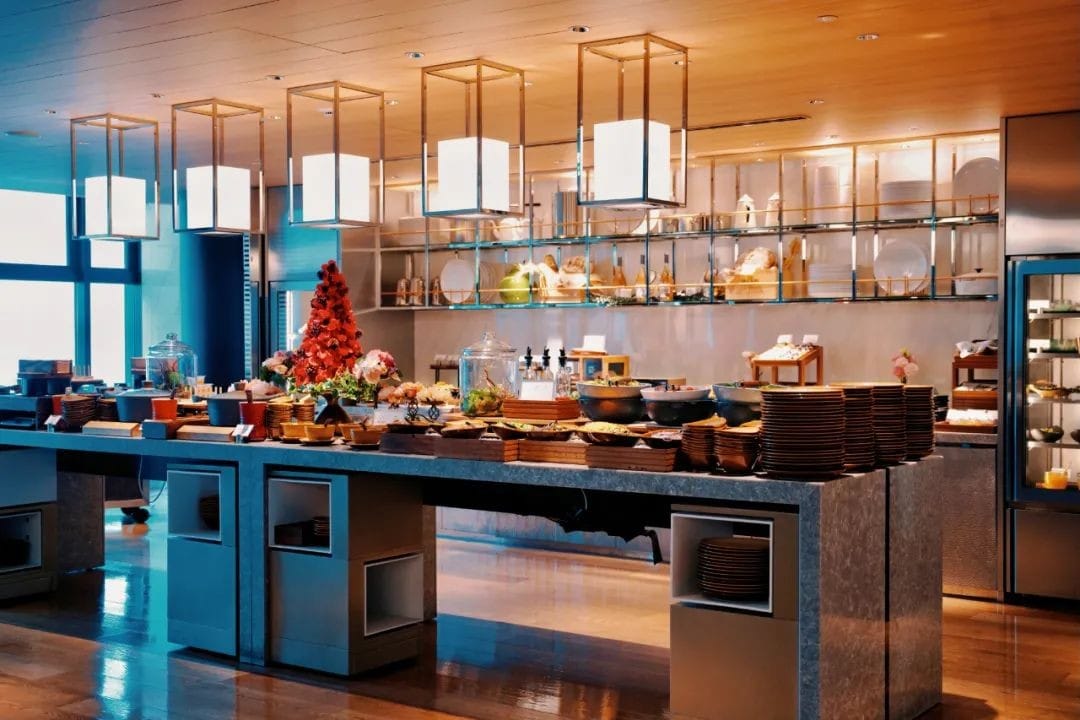
I’ve always had a good impression of IHG. The brand not only selects excellent locations but also builds with local elements, integrating natural landscapes and local features.
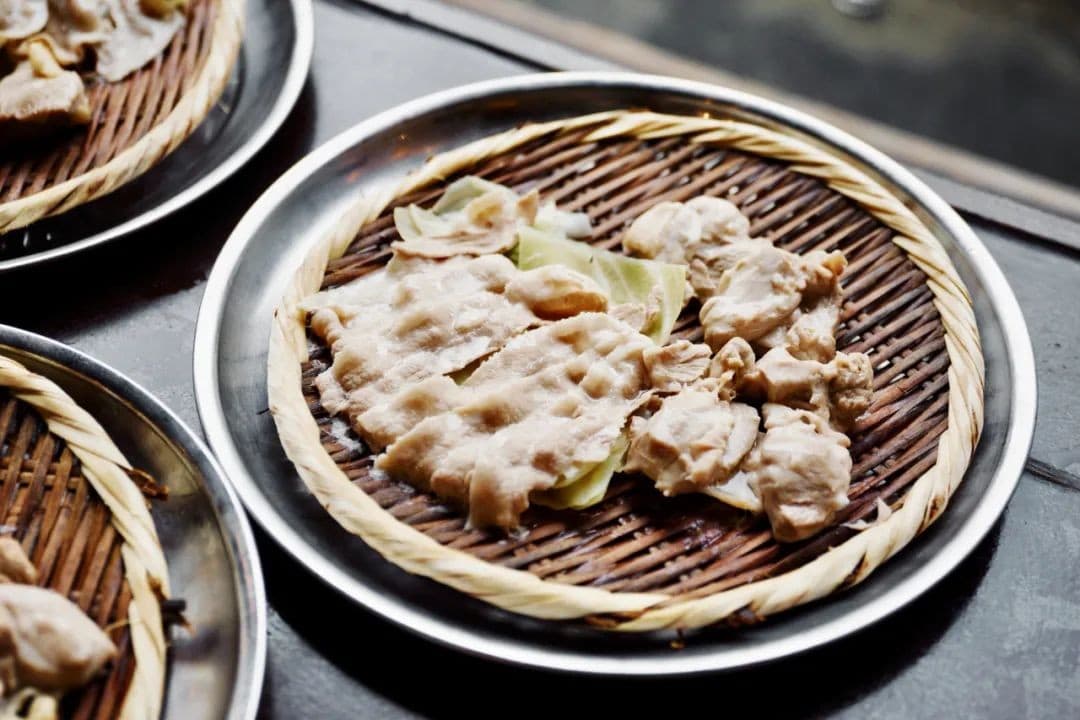
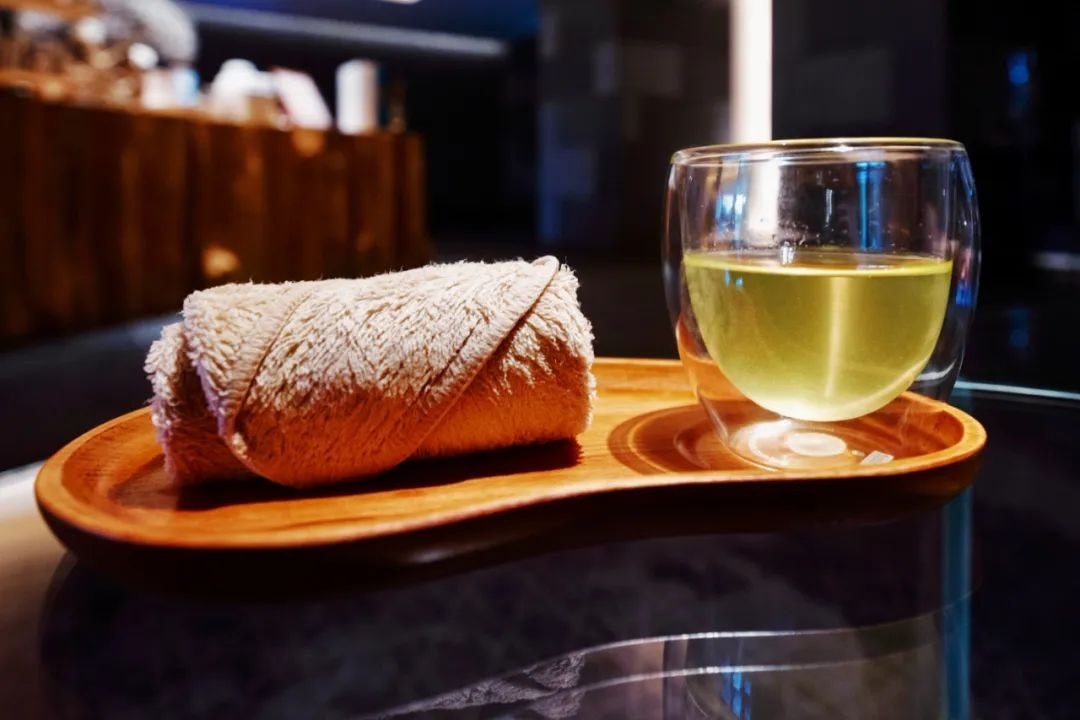
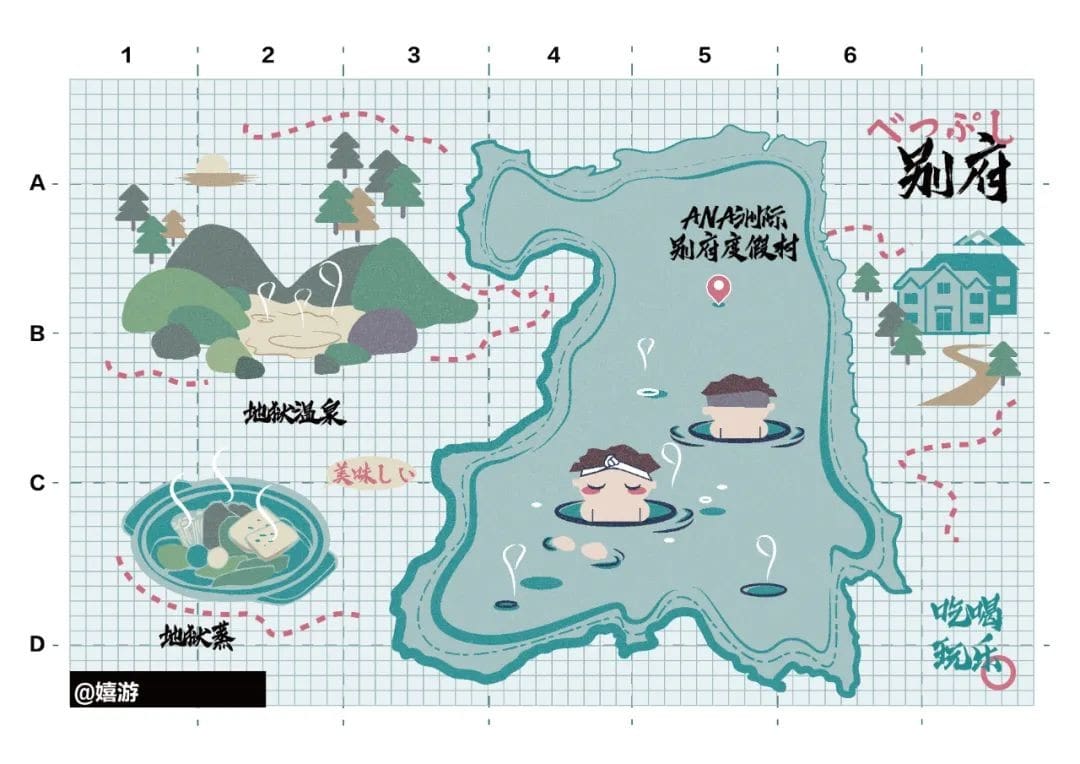
Take, for example, the InterContinental Shanghai Wonderland, one of the “Top Ten Wonders of the World,” the InterContinental Qiandao Lake Resort with its lakefront views, and the InterContinental Xishuangbanna Resort with its vast tropical gardens…
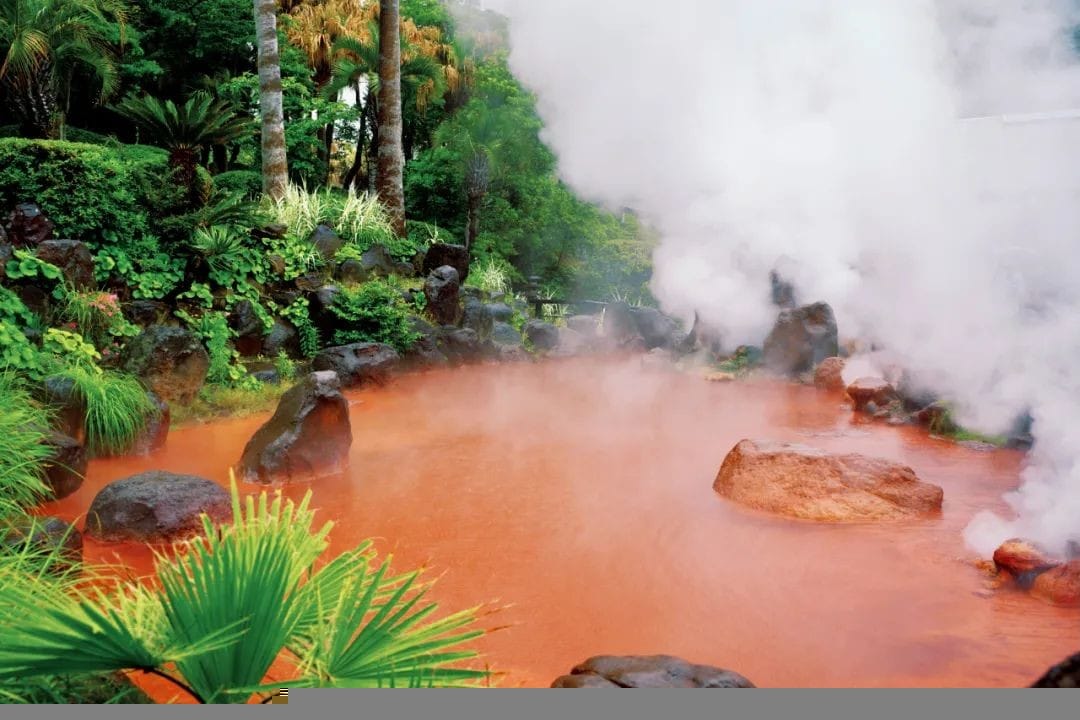
In the past decade, InterContinental has been expanding globally with great momentum, achieving remarkable results.
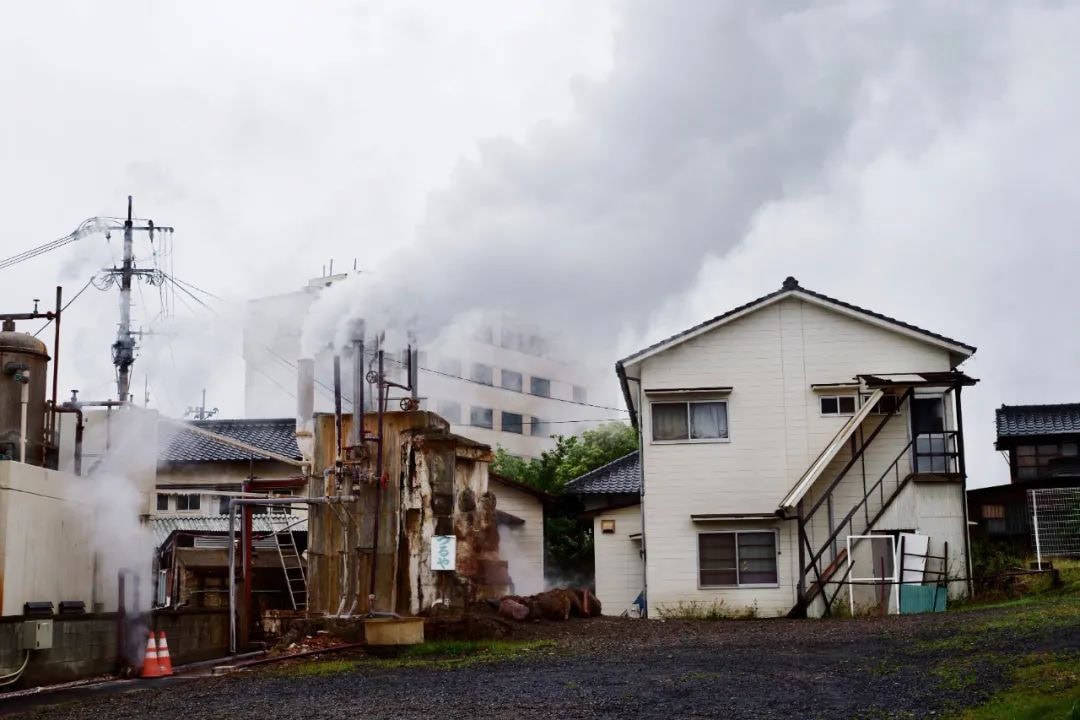
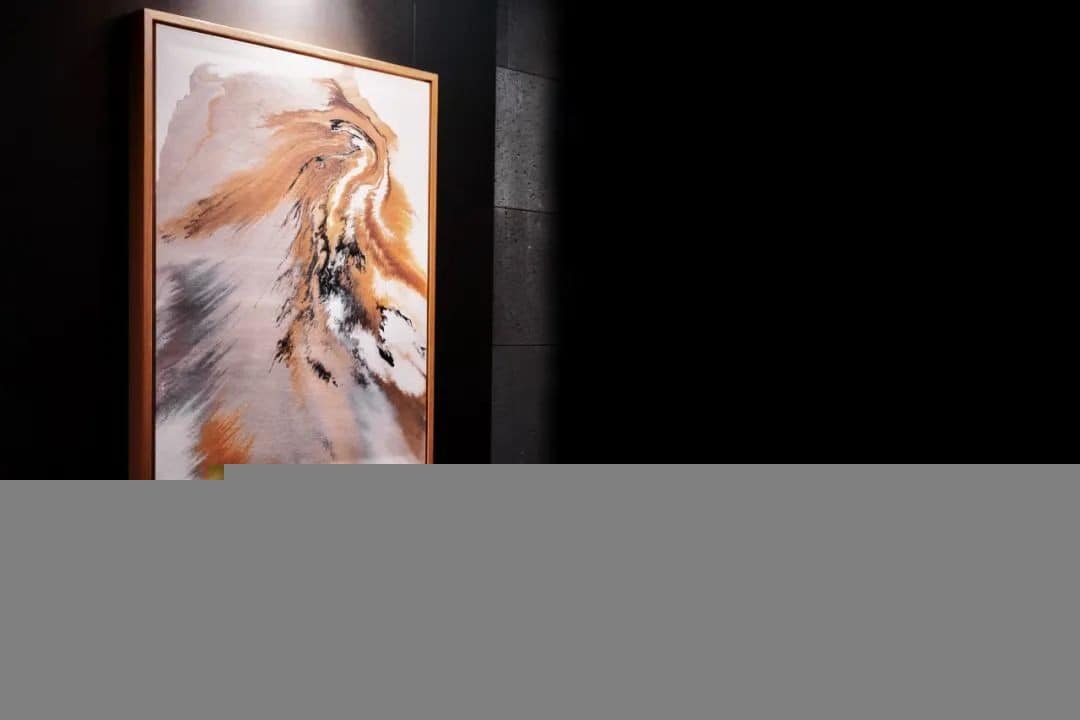
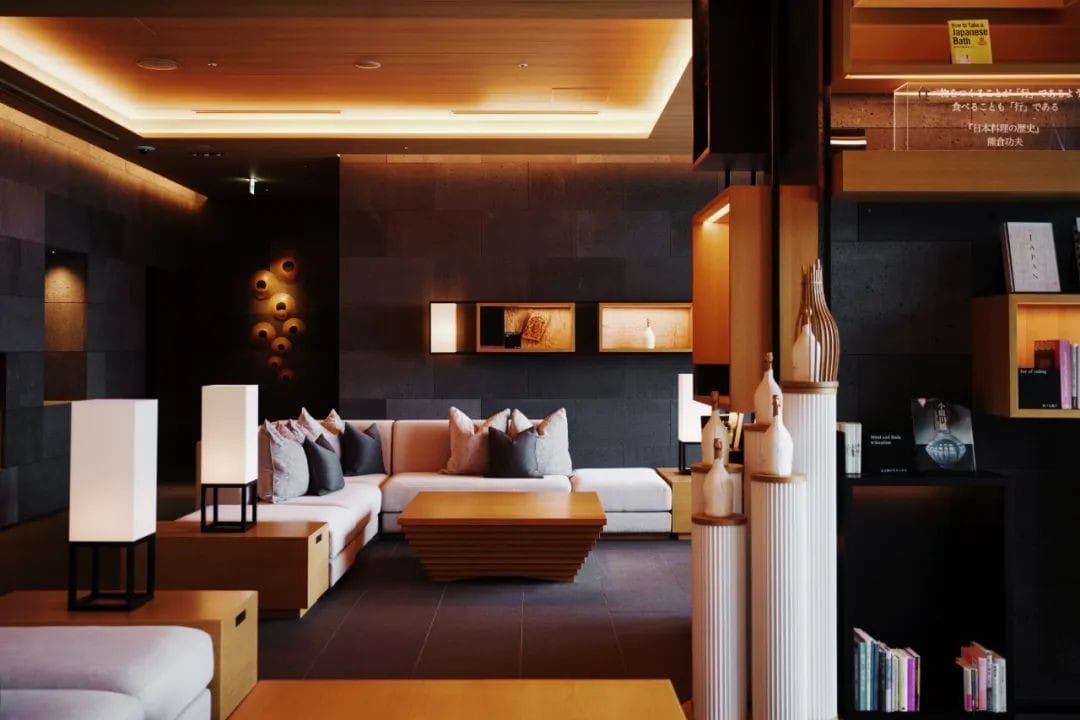
This hotel is situated in Beppu City, Oita Prefecture, Kyushu. It overlooks Beppu Bay to the south, Suou-nada Sea to the north, and Iyo-nada Sea to the east.
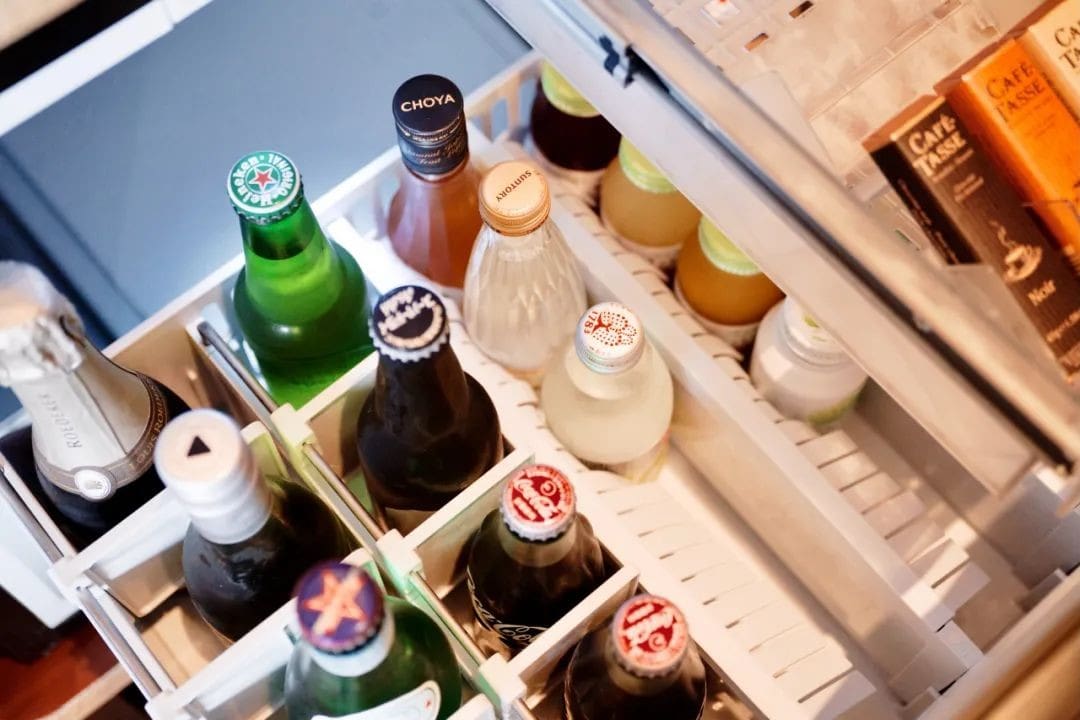
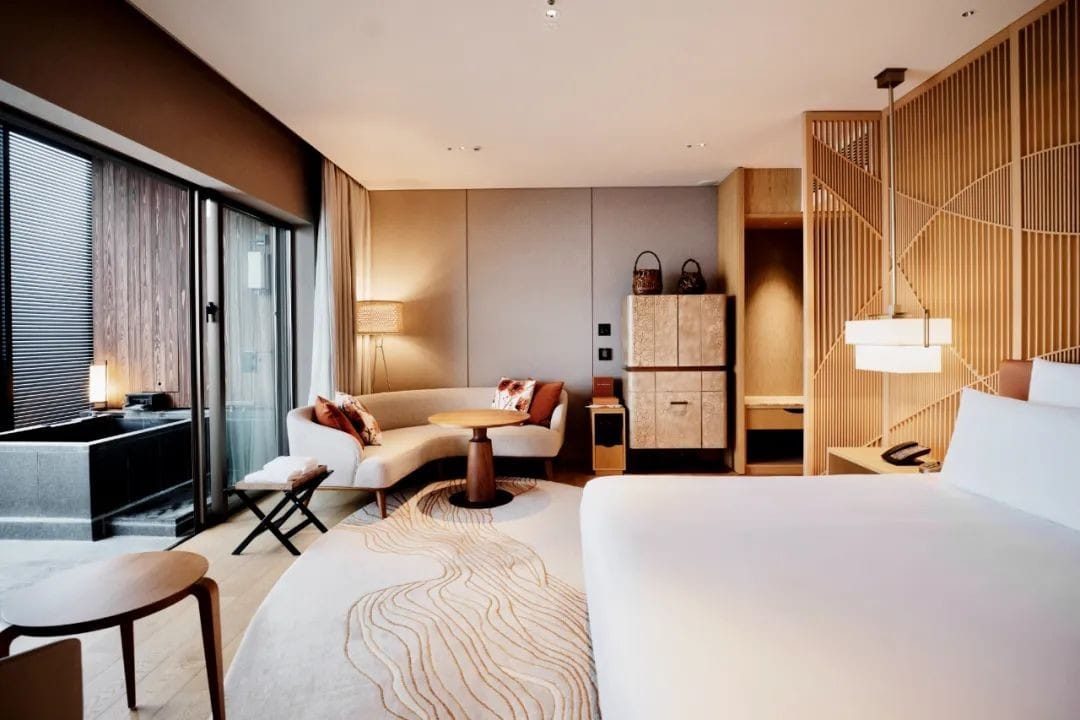
Compared to popular destinations like Tokyo, Kyoto, and Hokkaido, Beppu is not a prominent name. But you have to visit to understand that it is truly a hidden gem.
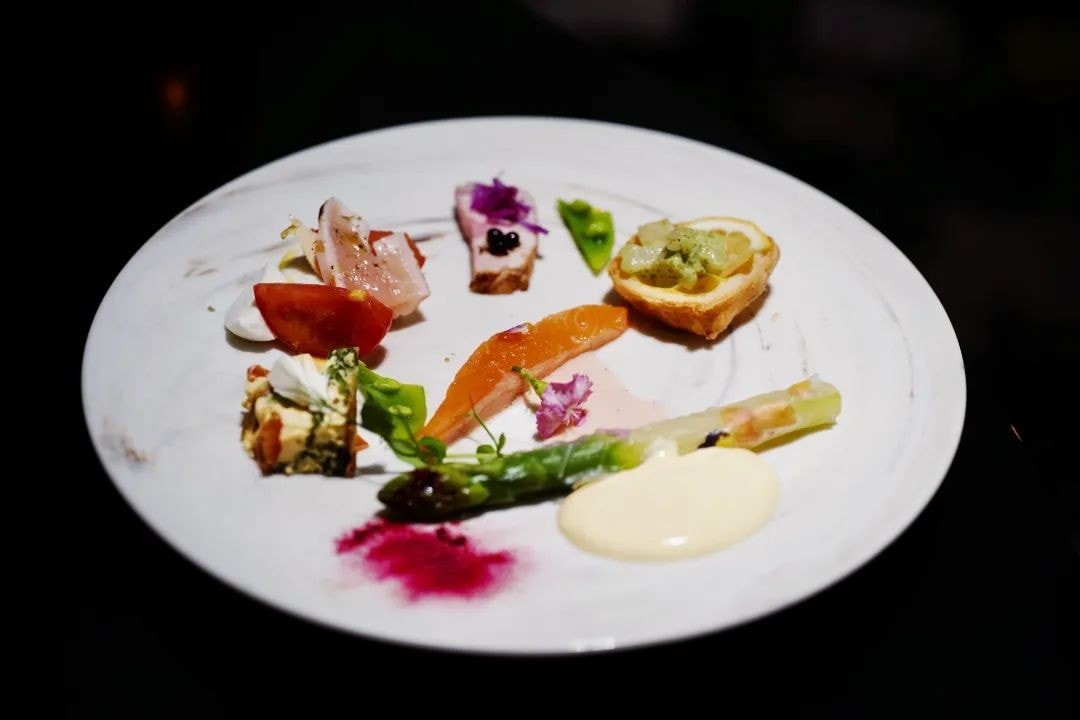
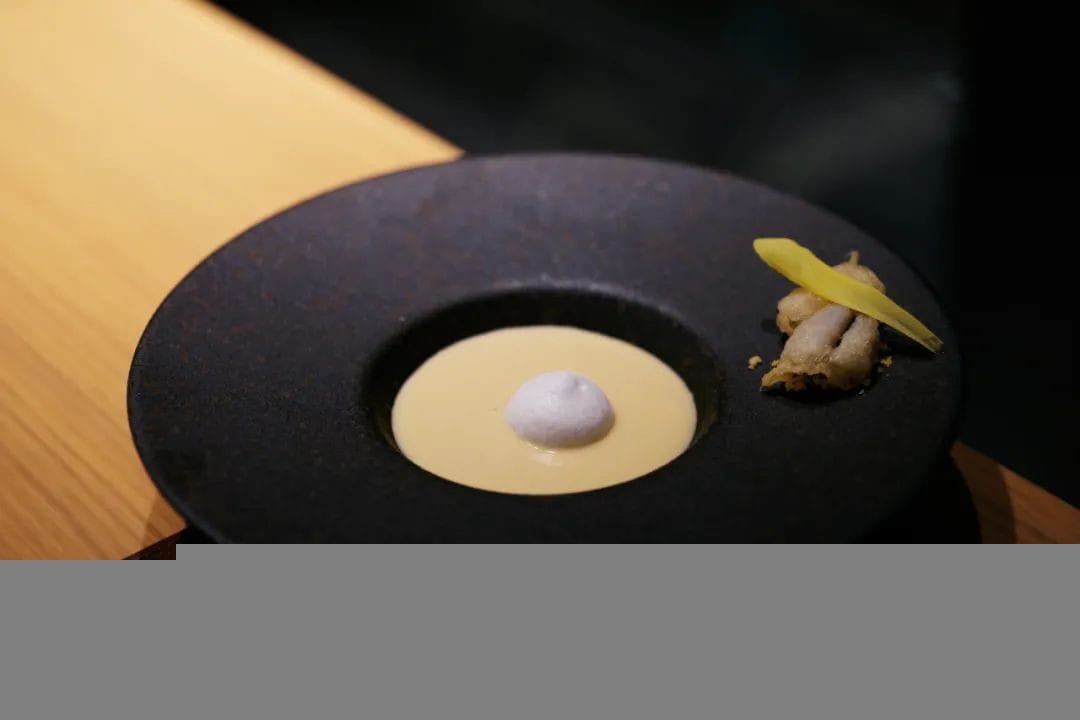
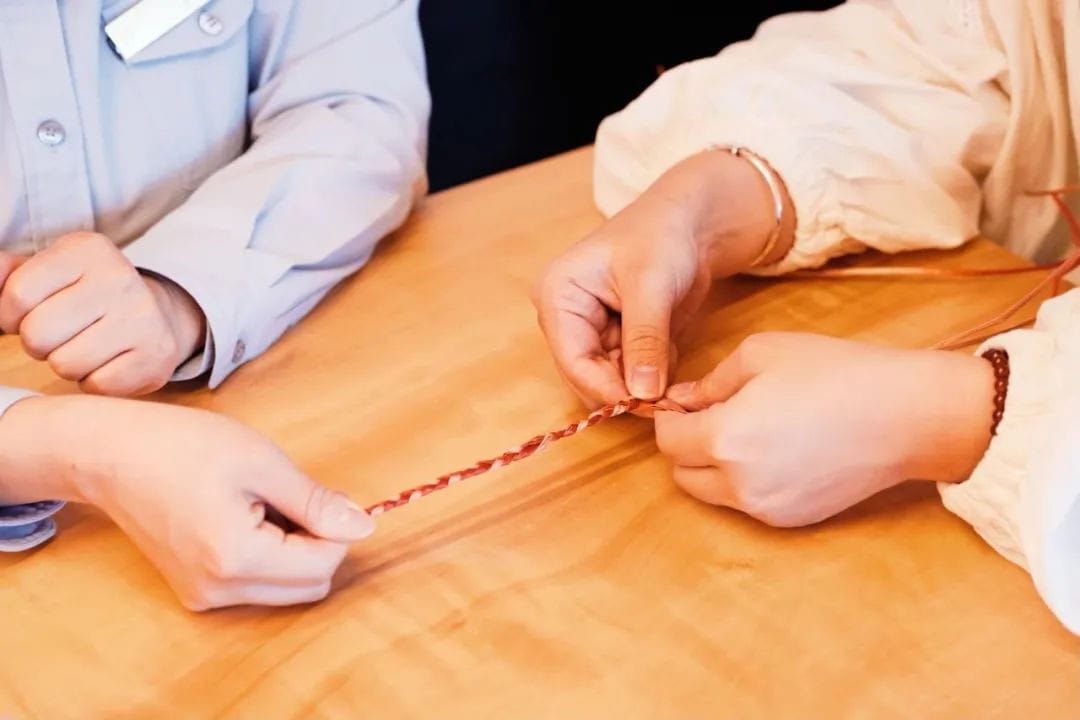
If you look down from a plane, you can see thick white smoke spreading from the streets to the valleys. This isn’t smoke from a fire but steam from hot springs.
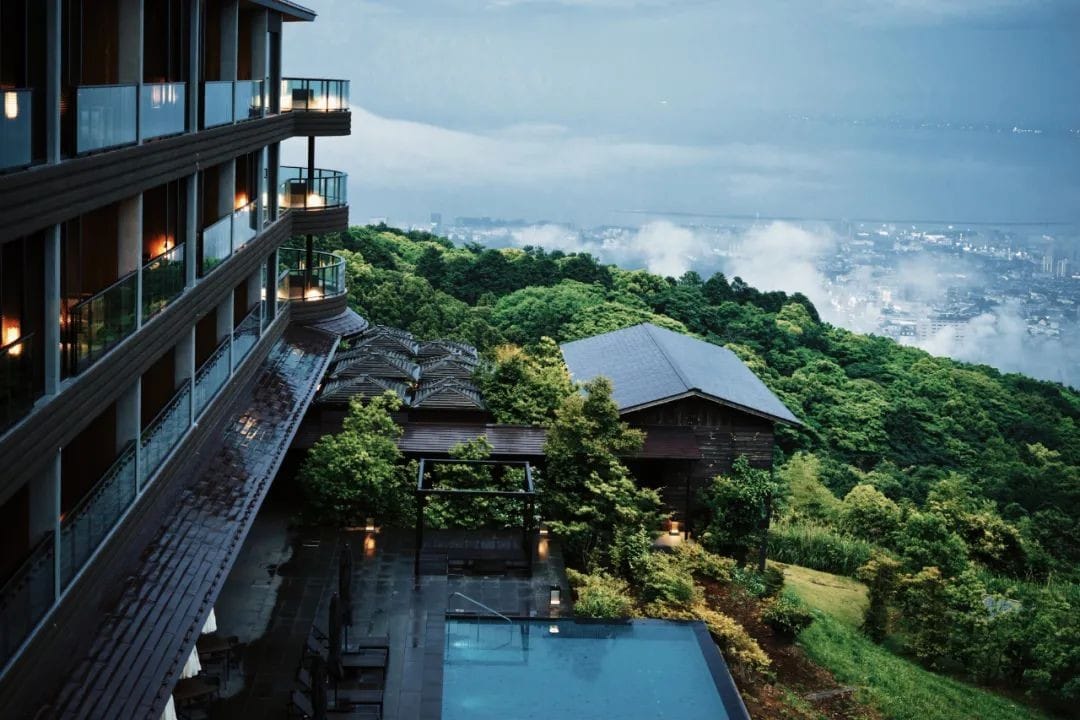
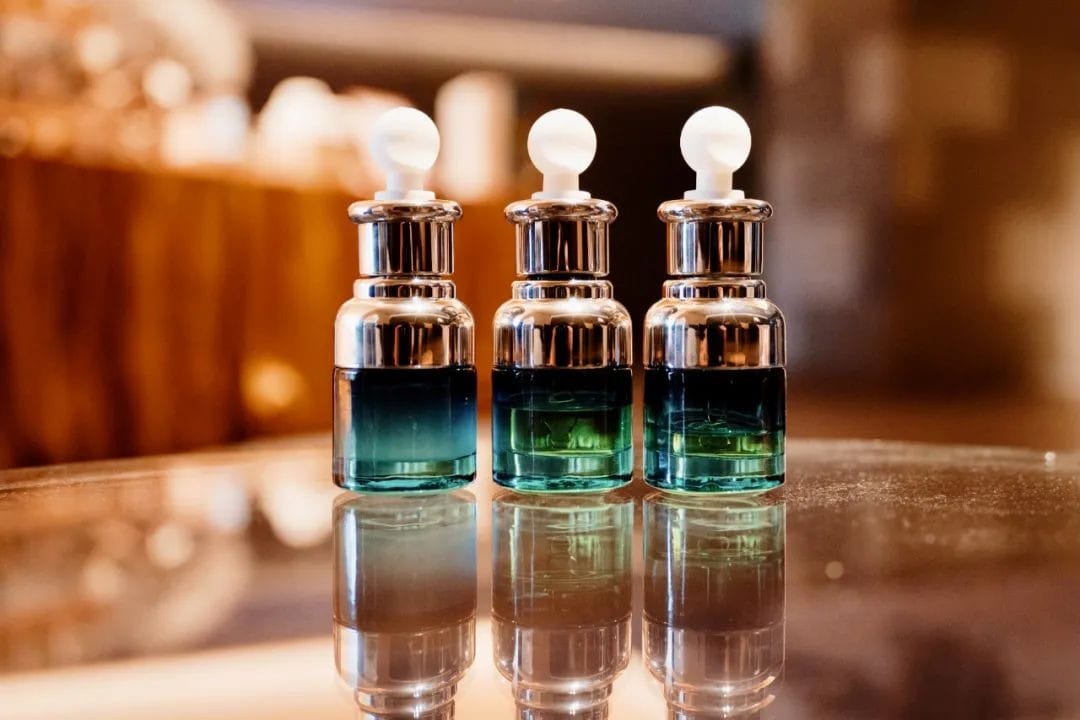
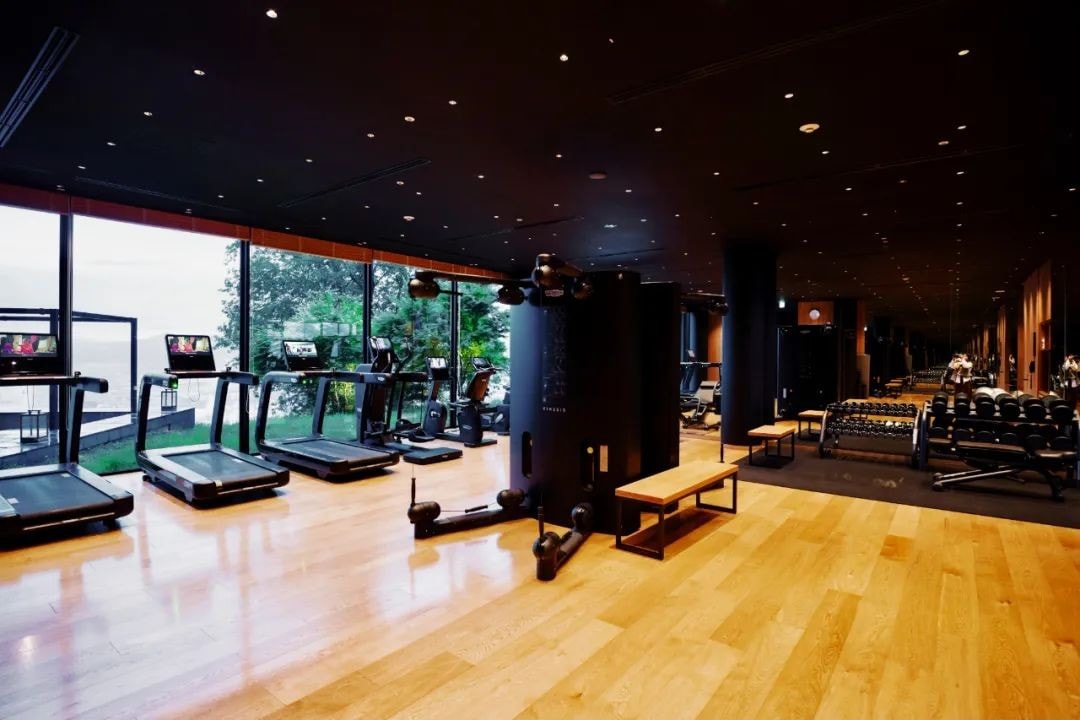
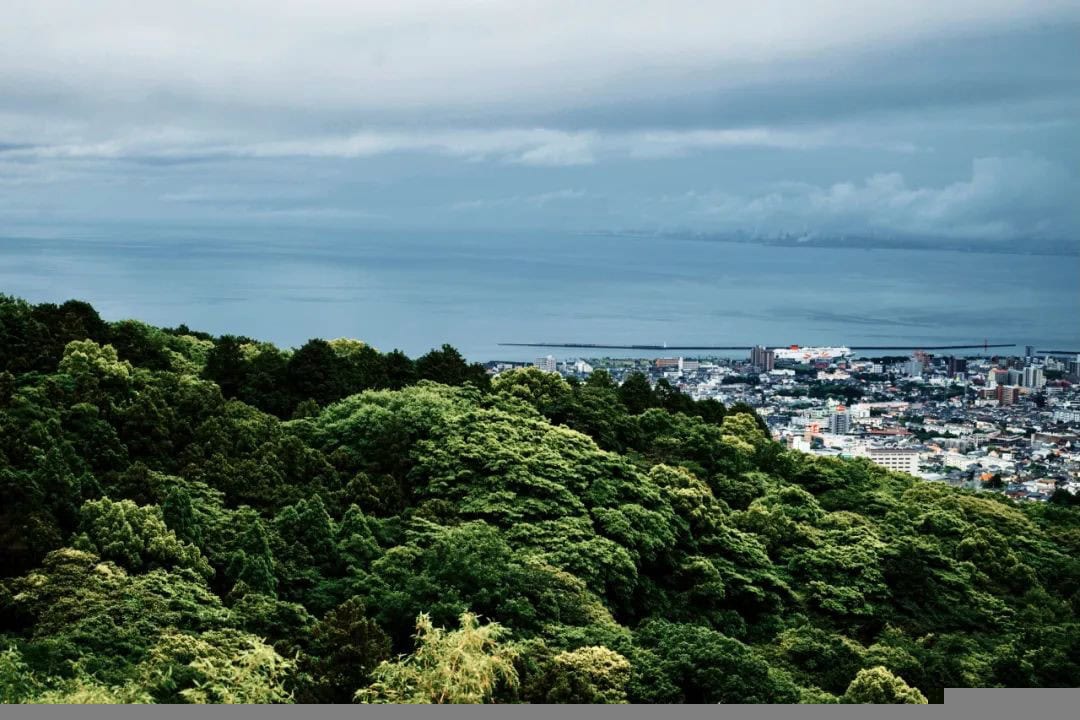
With over 2,700 hot spring sources within approximately a 50-kilometer range, Beppu is the city with the highest output of hot springs in Japan. The number and variety of springs are among the best worldwide.
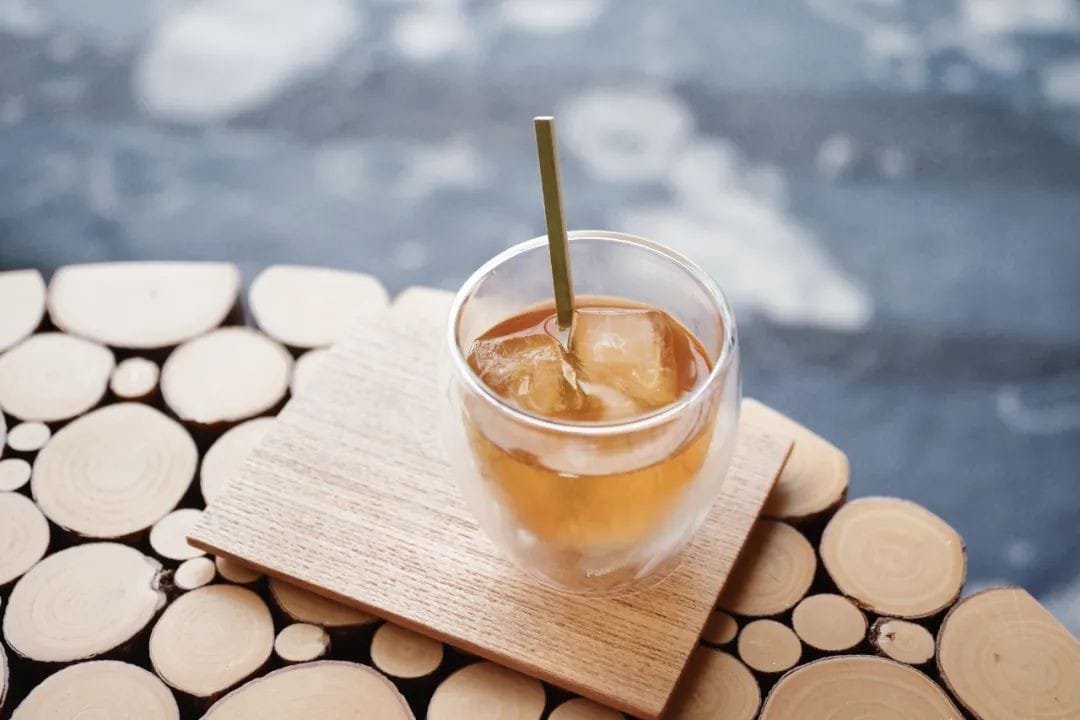
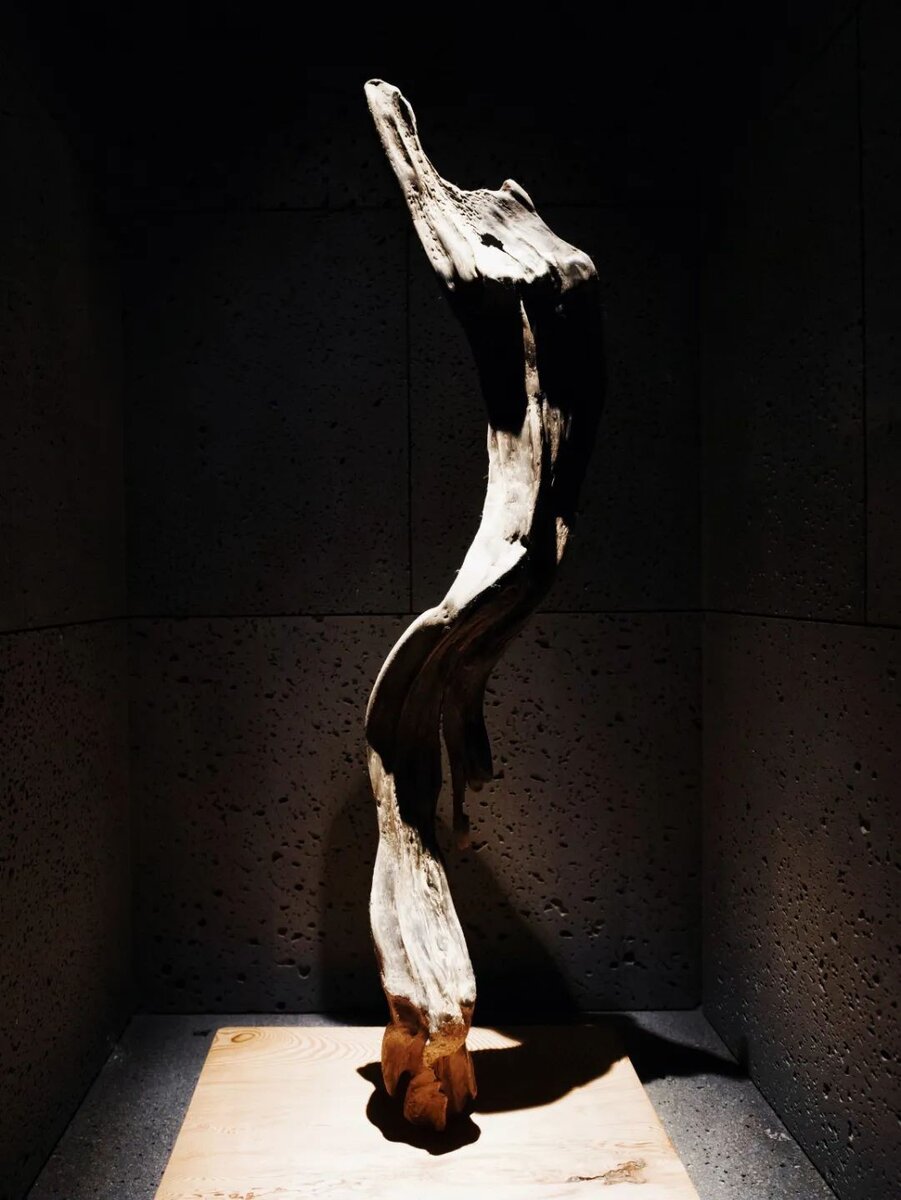
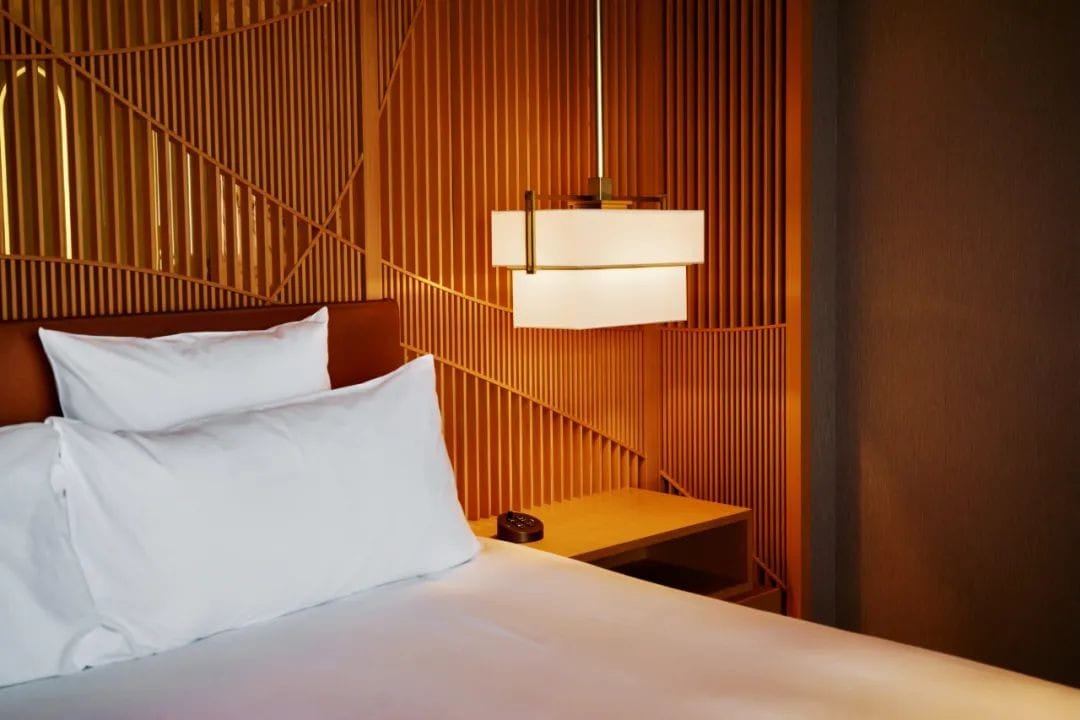
Here, every household can enjoy hot springs at any time. Foot baths for public use are placed in streets and alleys. You can sit down to soak your feet if you’re tired from shopping, and there are even foot baths available in dining places and scenic spots for free.
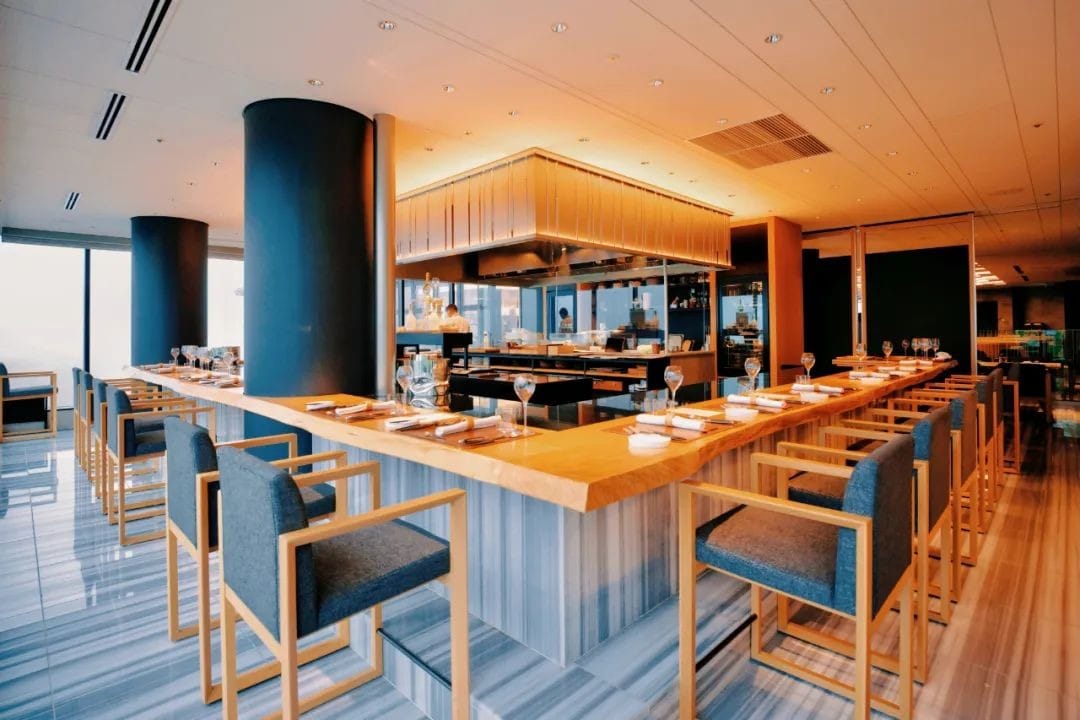
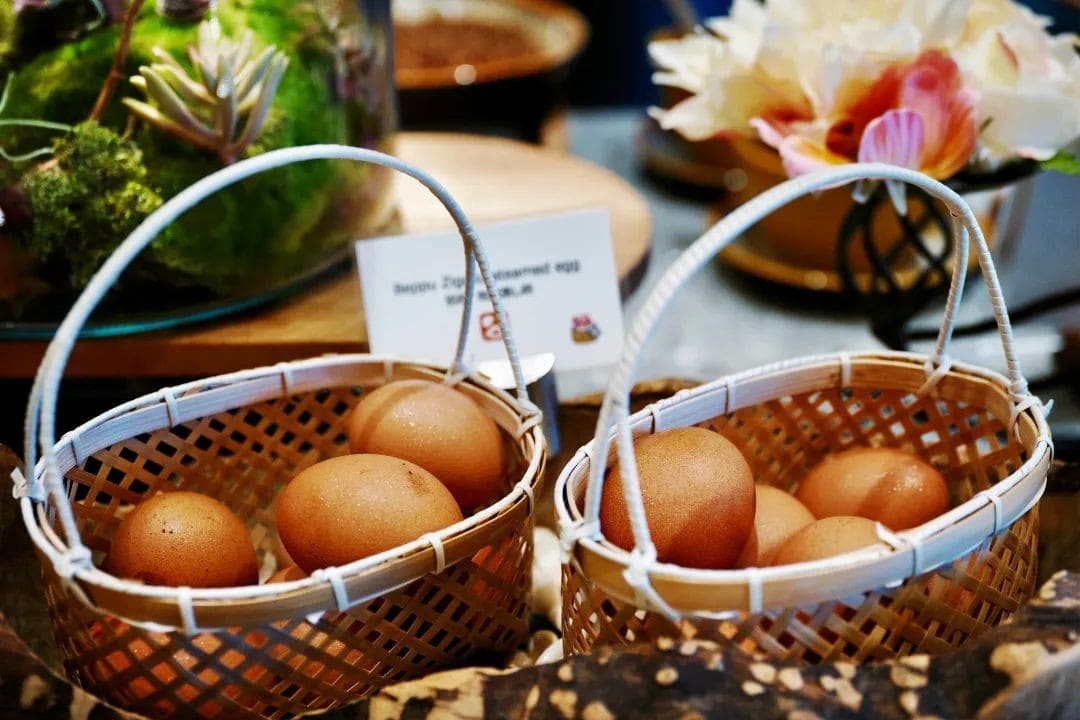
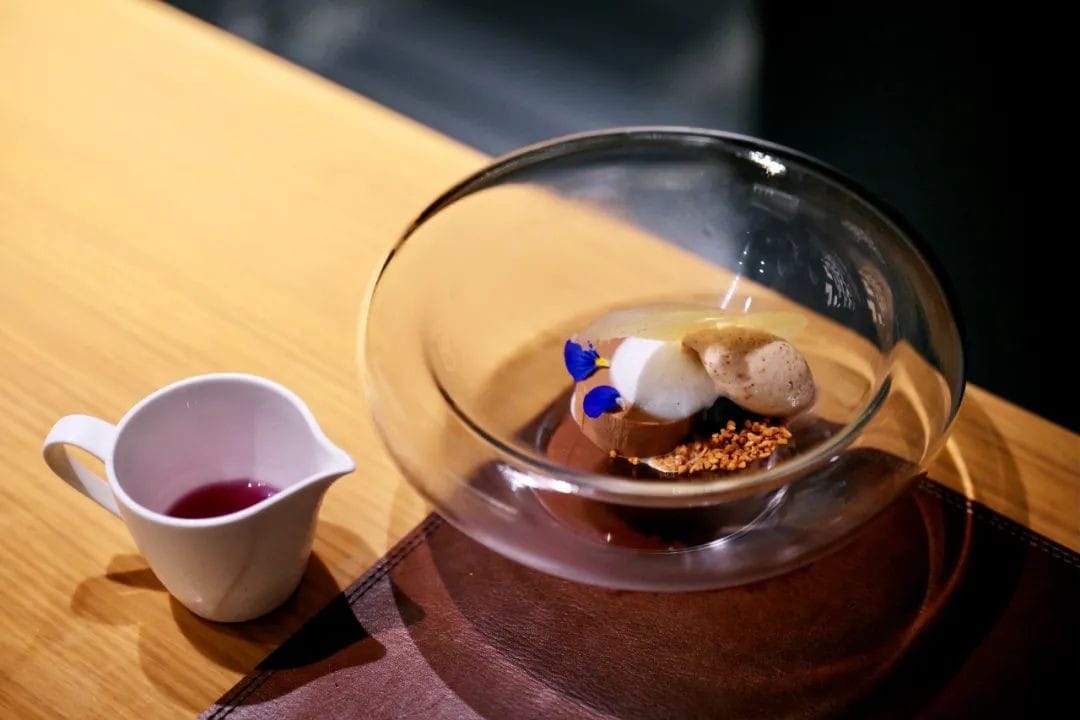
With the title of “World-Famous Hot Spring Resort,” it naturally needs to be paired with an internationally renowned resort hotel. After all, everyone knows that a perfect destination combined with a great hotel makes for a perfect holiday.
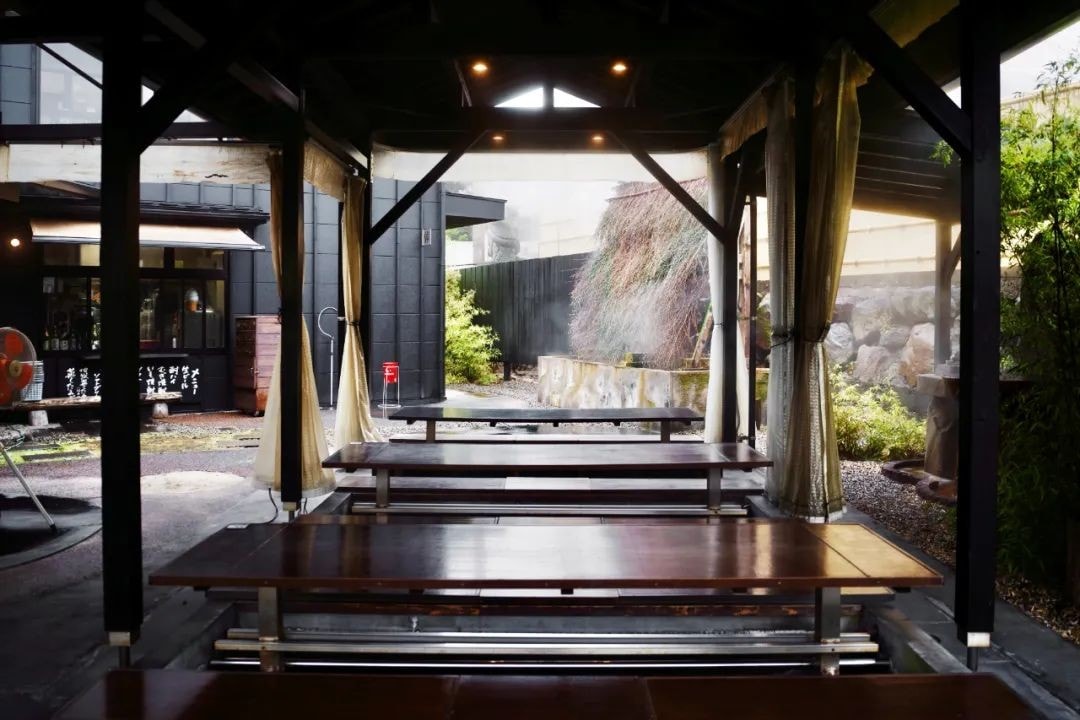
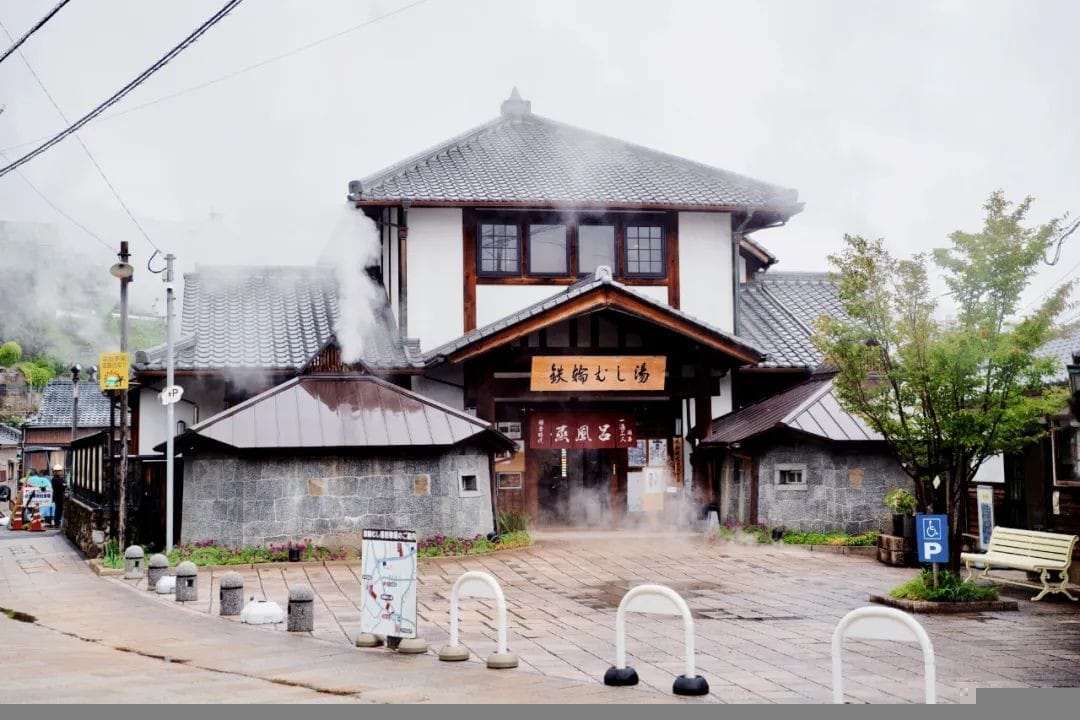
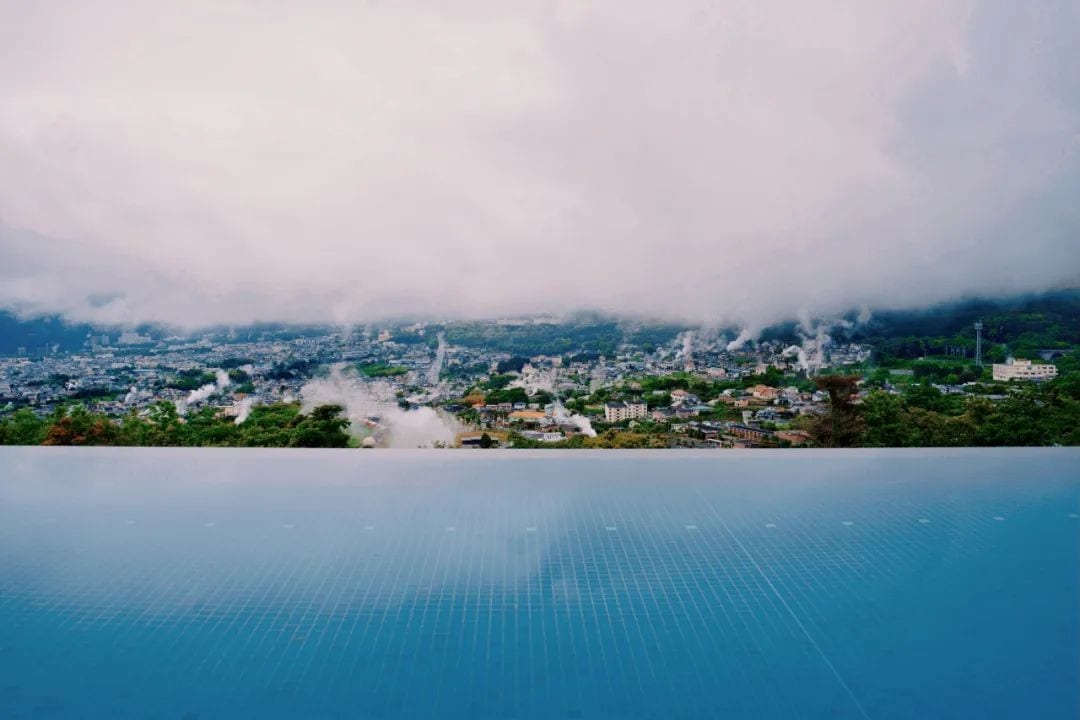
In August 2019, the much-anticipated InterContinental Beppu opened its doors. This hotel has filled the gap in Beppu’s international luxury hotel market.
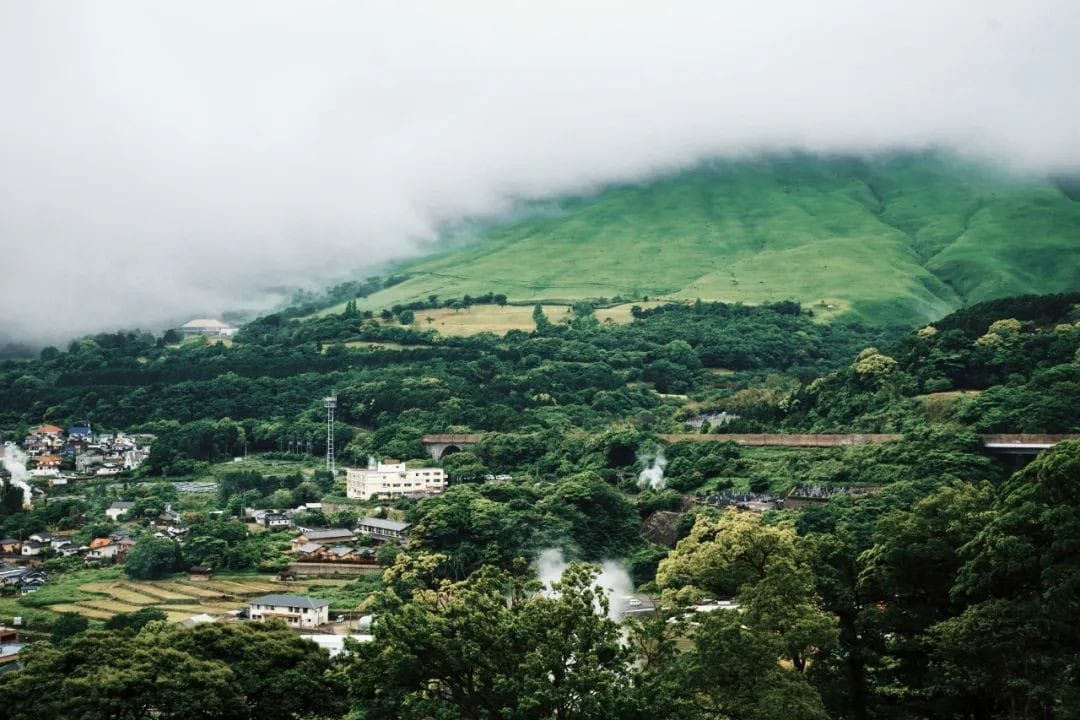
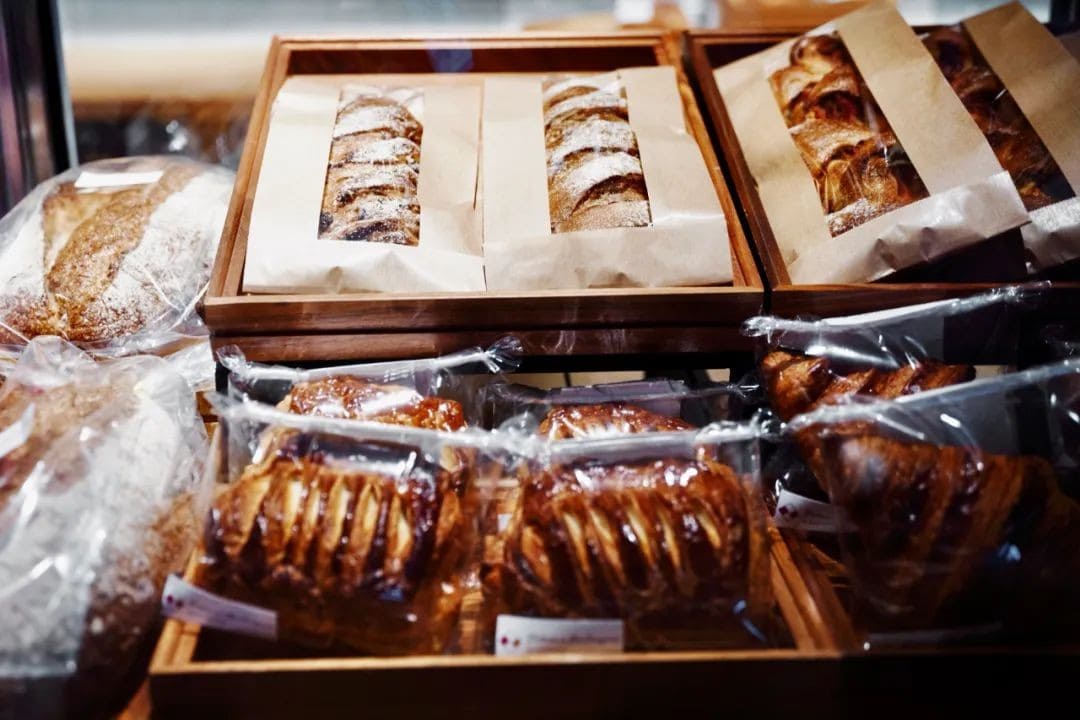
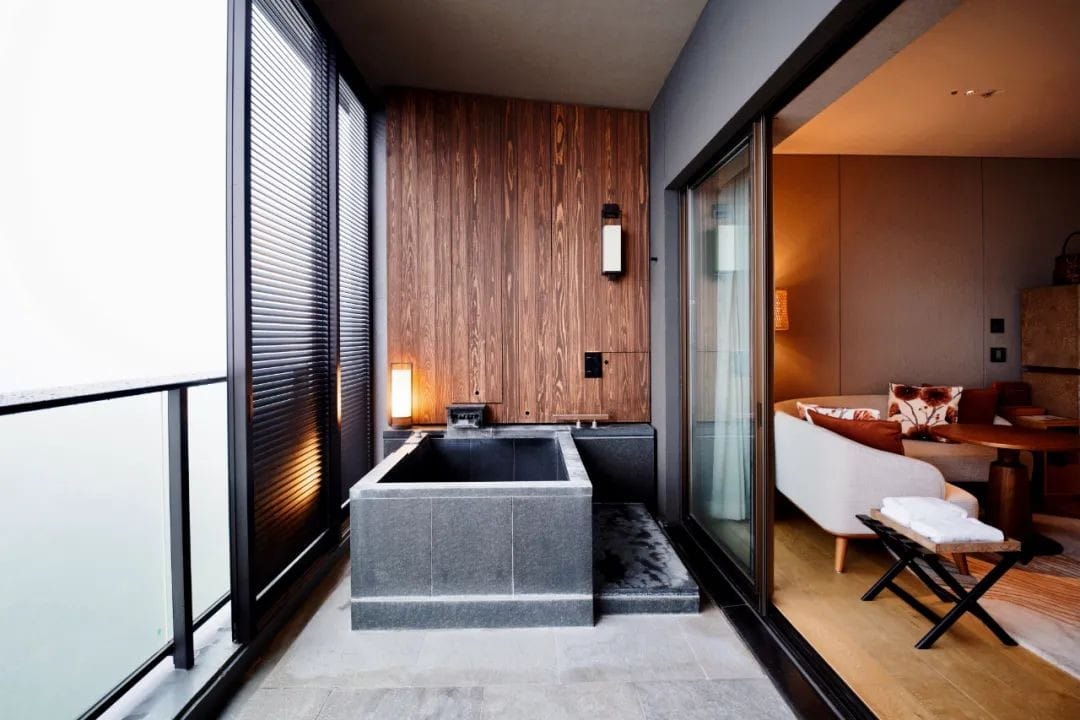
Broadly speaking, the InterContinental Beppu is a new type of resort in Japan, a hot spring spa resort unlike any in other countries.
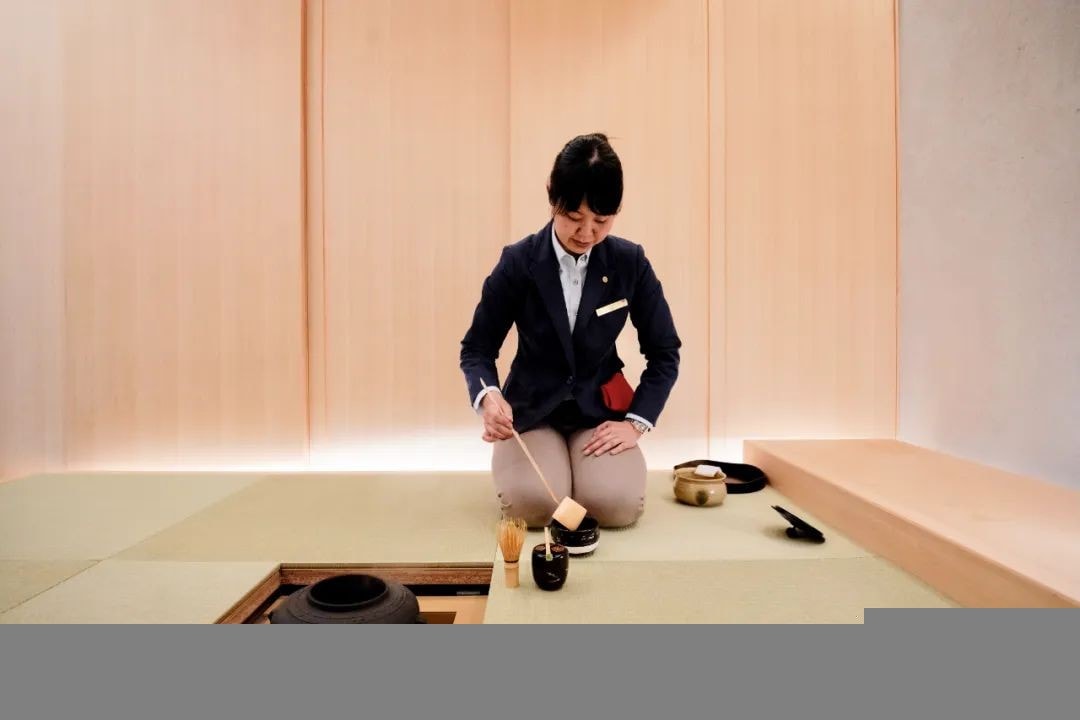
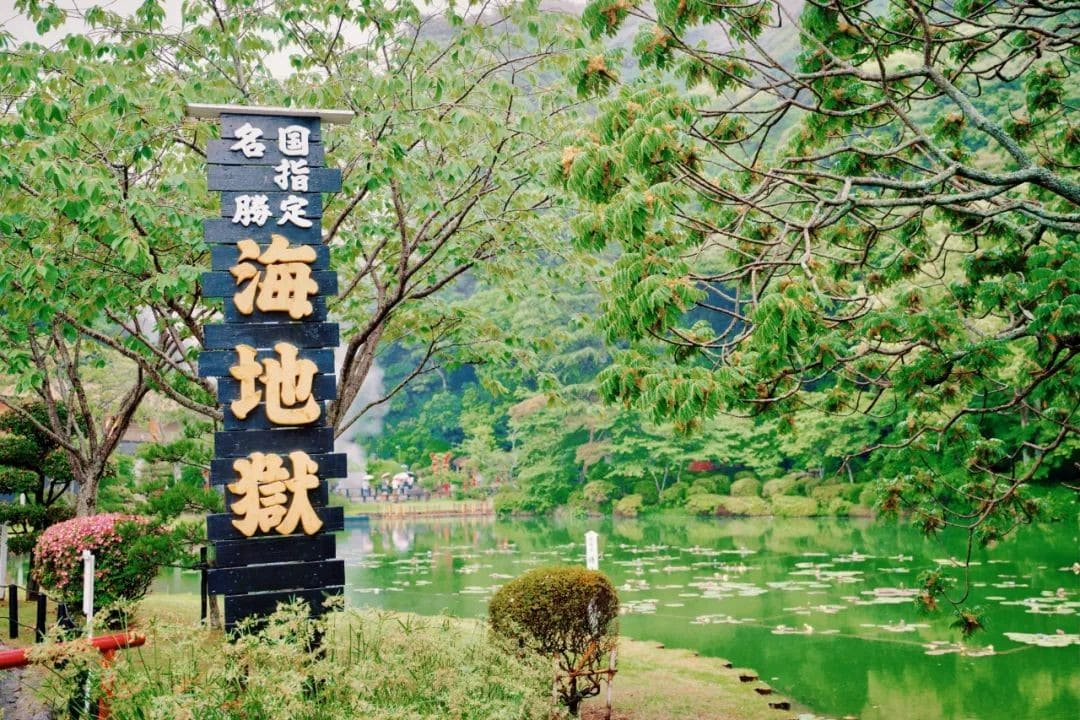
1) Regarding Location
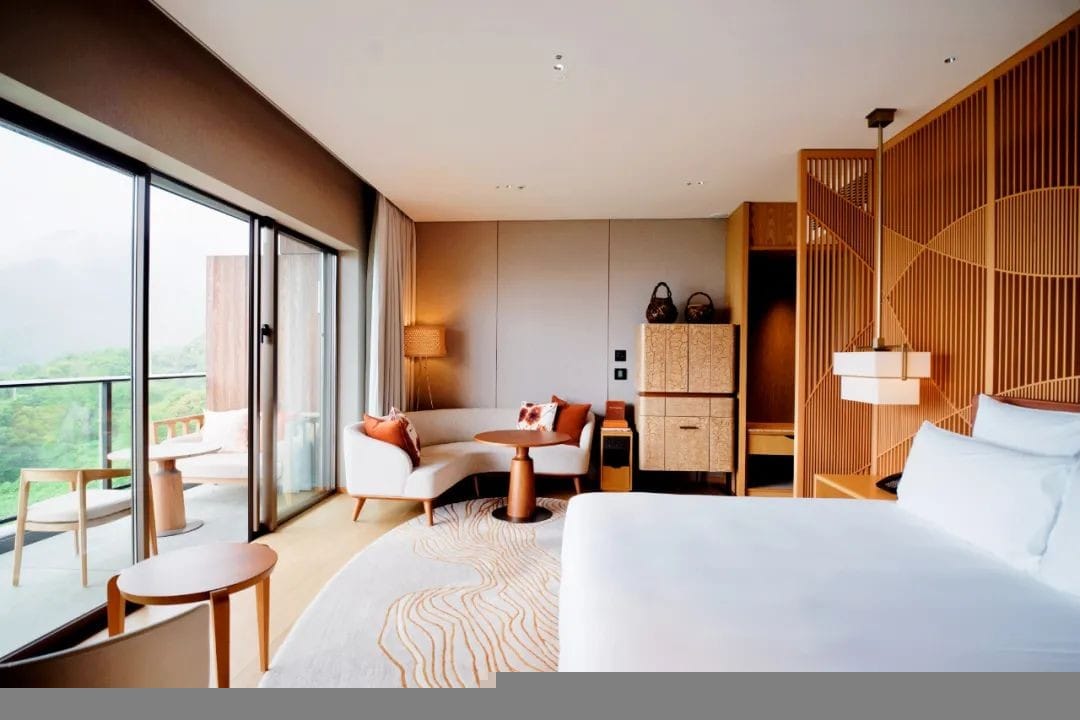
The hotel is built on a hill, and from the lobby, you can see Oita City shrouded in hot spring steam. At that moment, it feels like stepping into a fairyland.
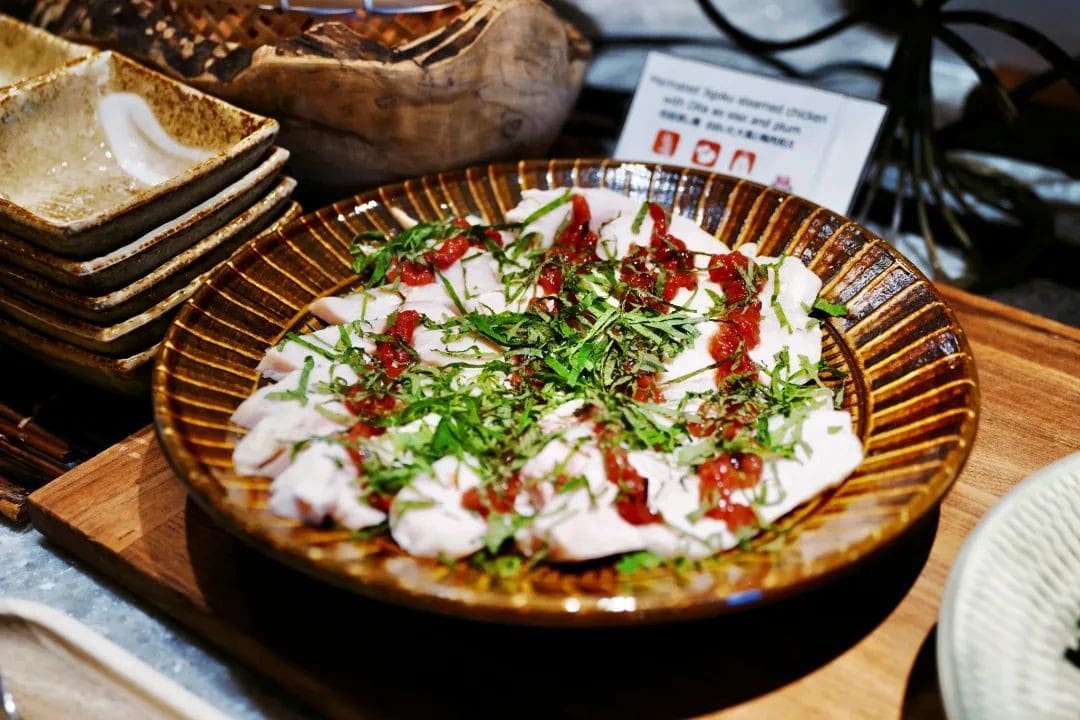
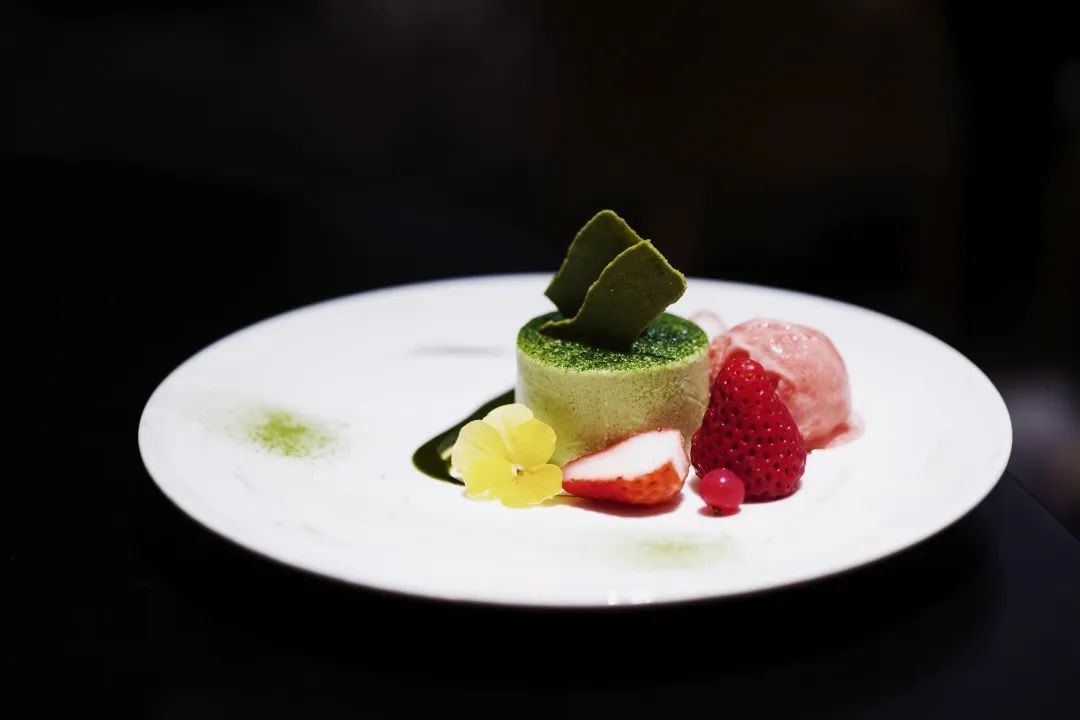
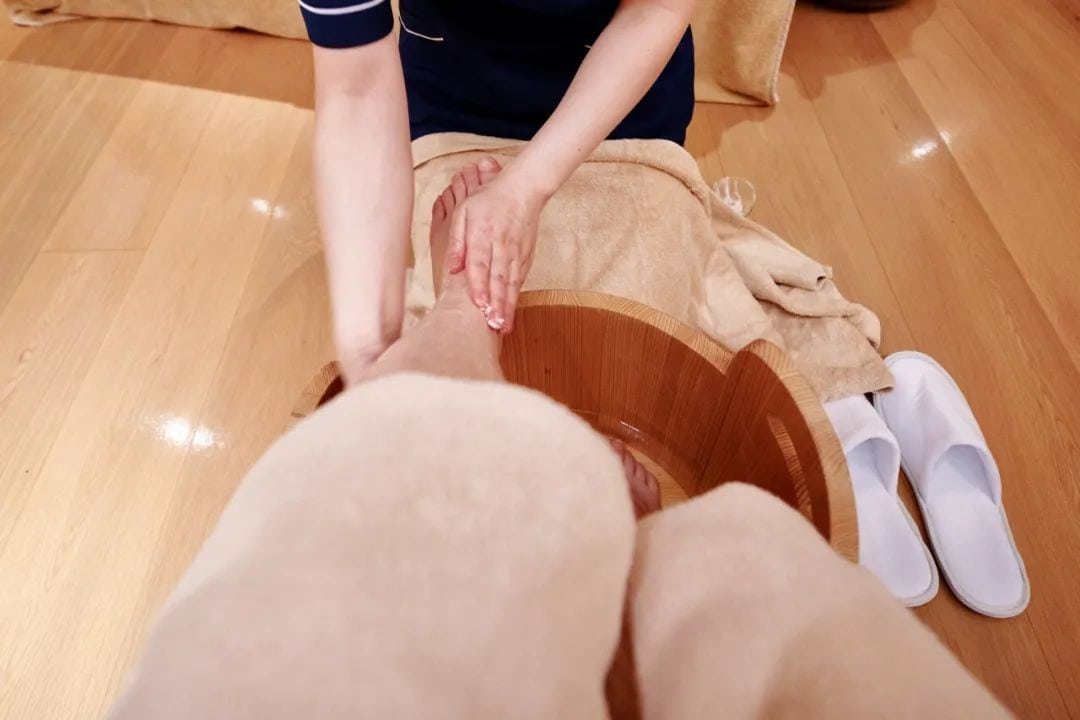
2) Regarding Hotel and Room Design
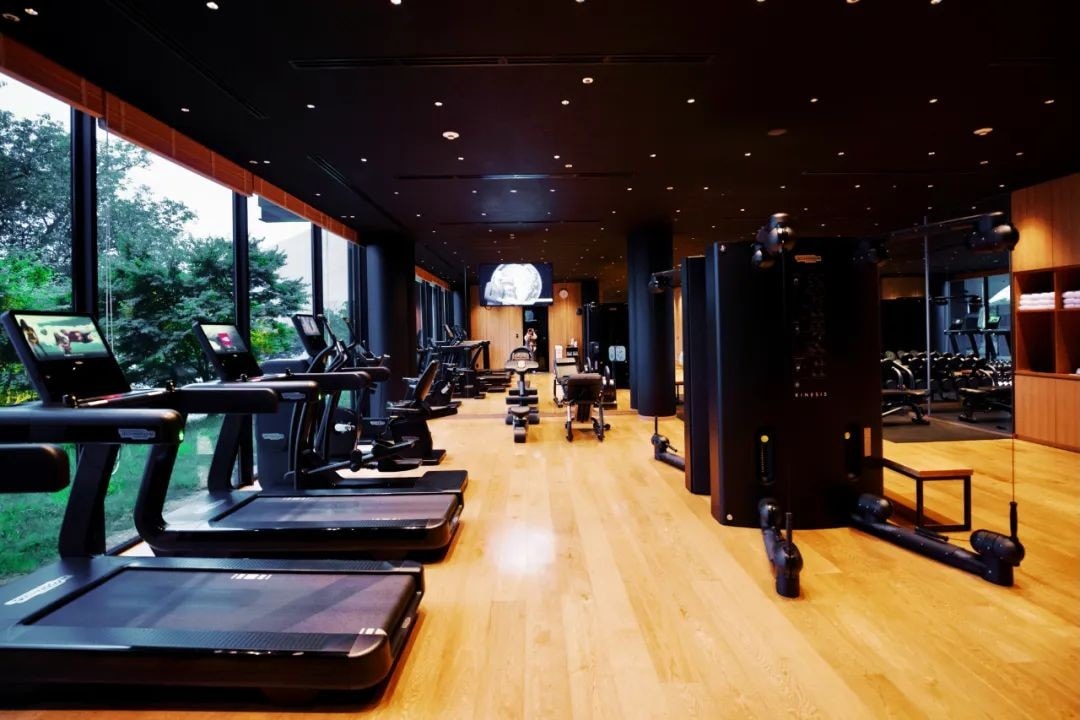
The hotel was designed by the master designer Yukio Hashimoto, whose works include The Peninsula Tokyo and Conrad Osaka.
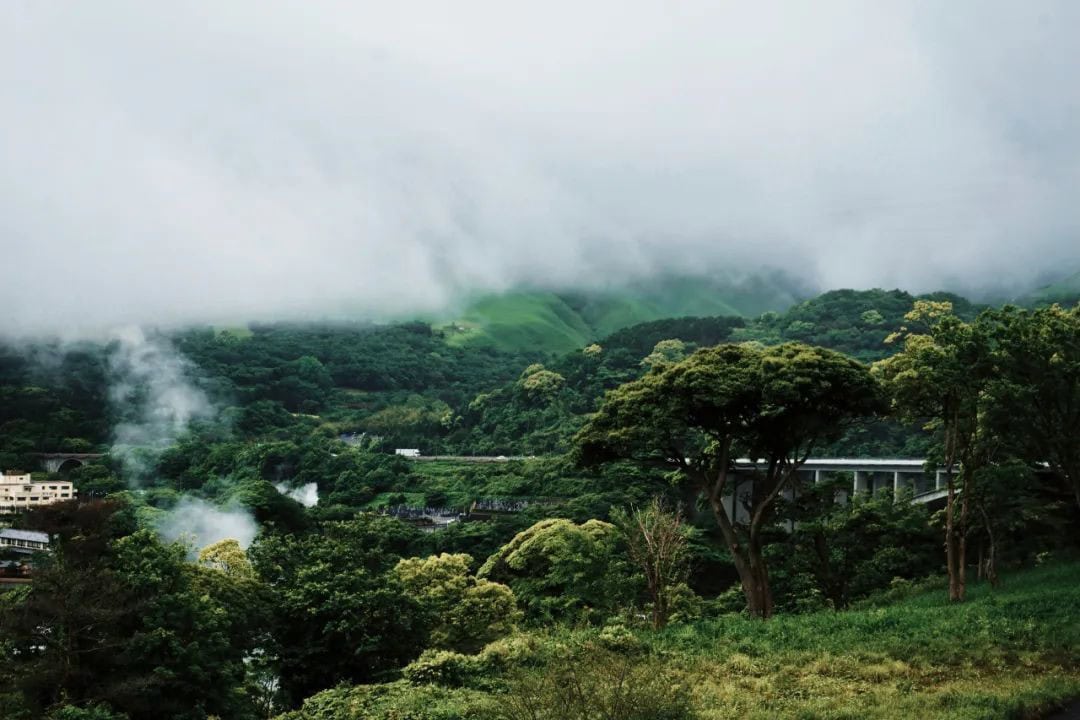
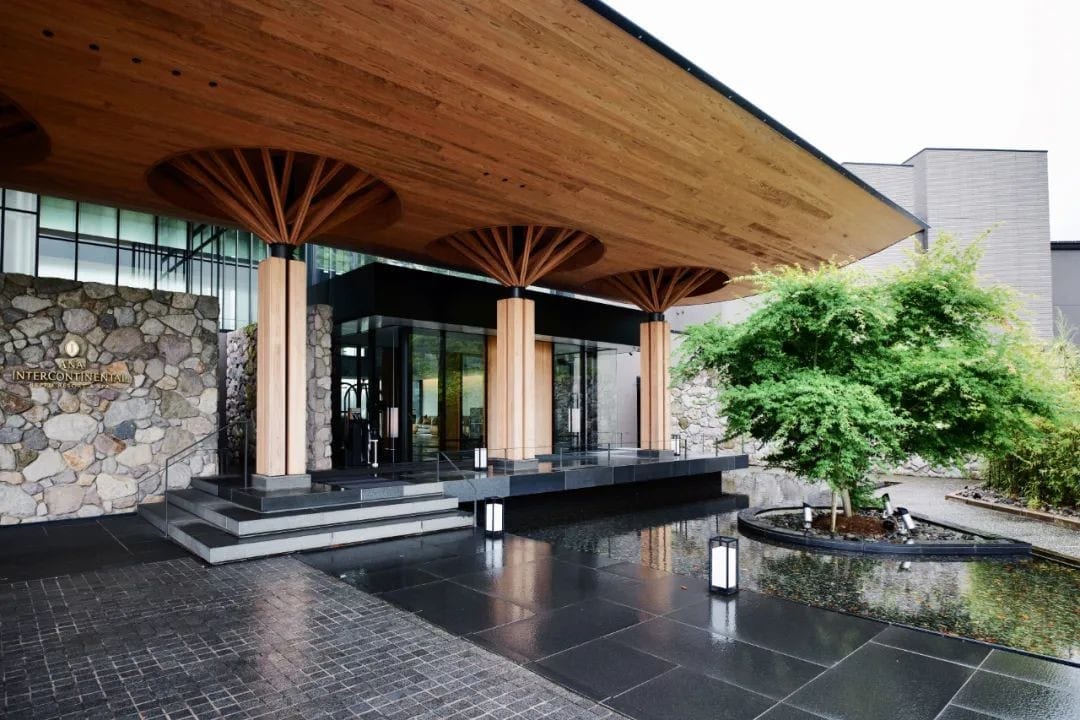

How to describe the beauty of the hotel? I believe it’s beautiful enough to warrant a special trip just to stay there.
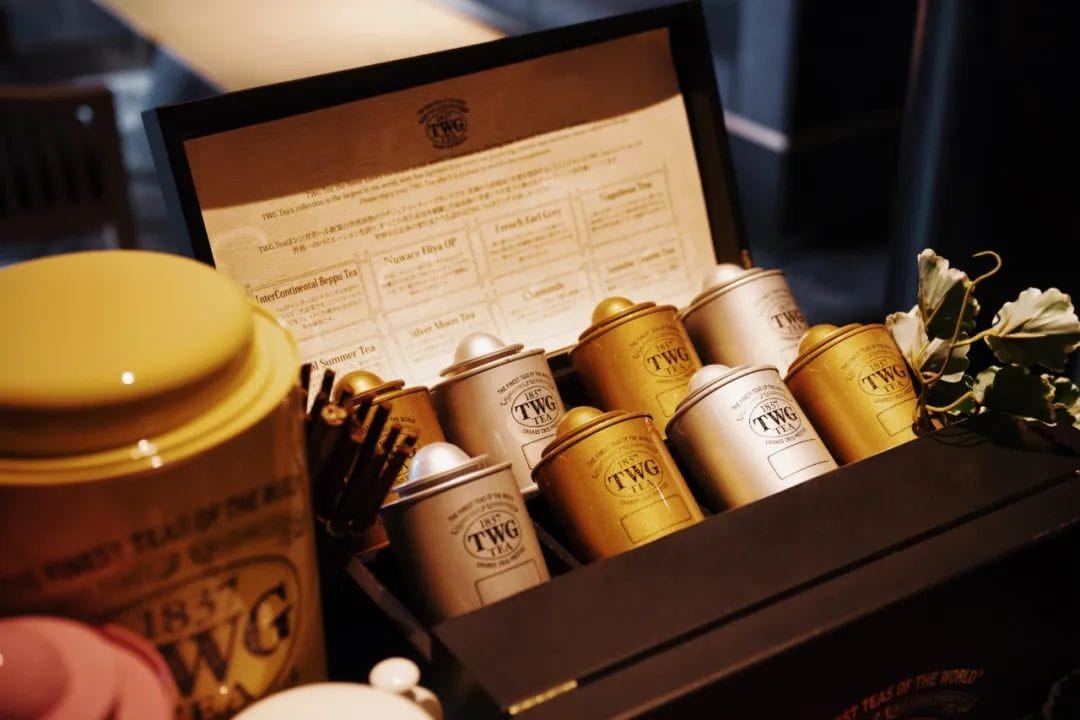
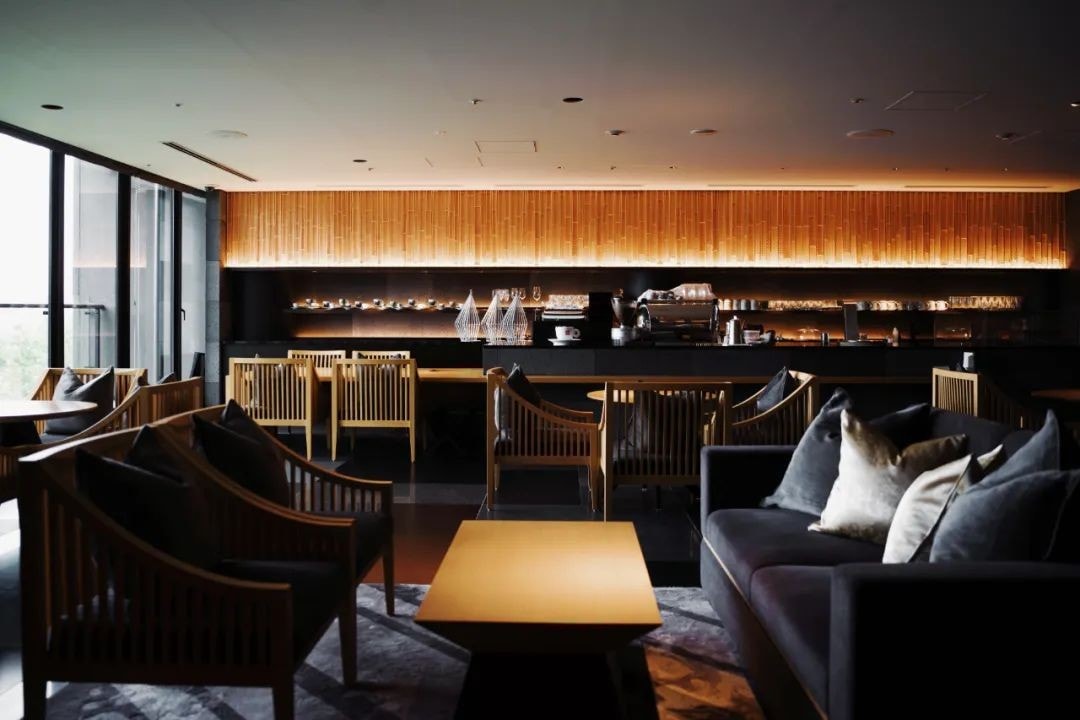
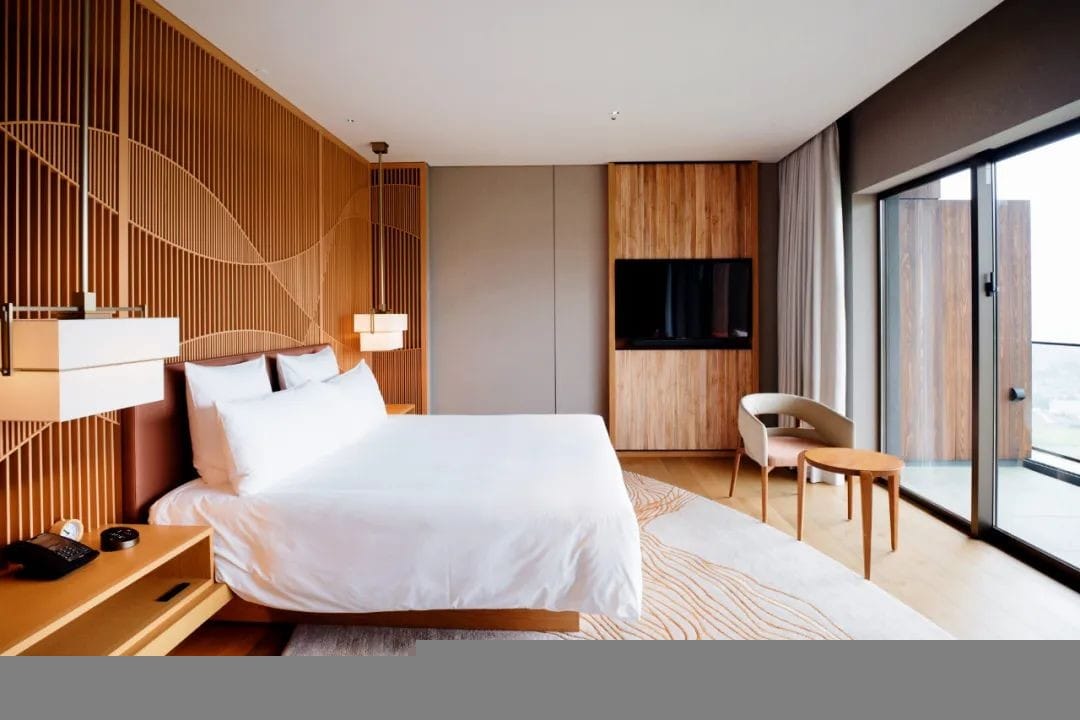
3) On Hotel Dining
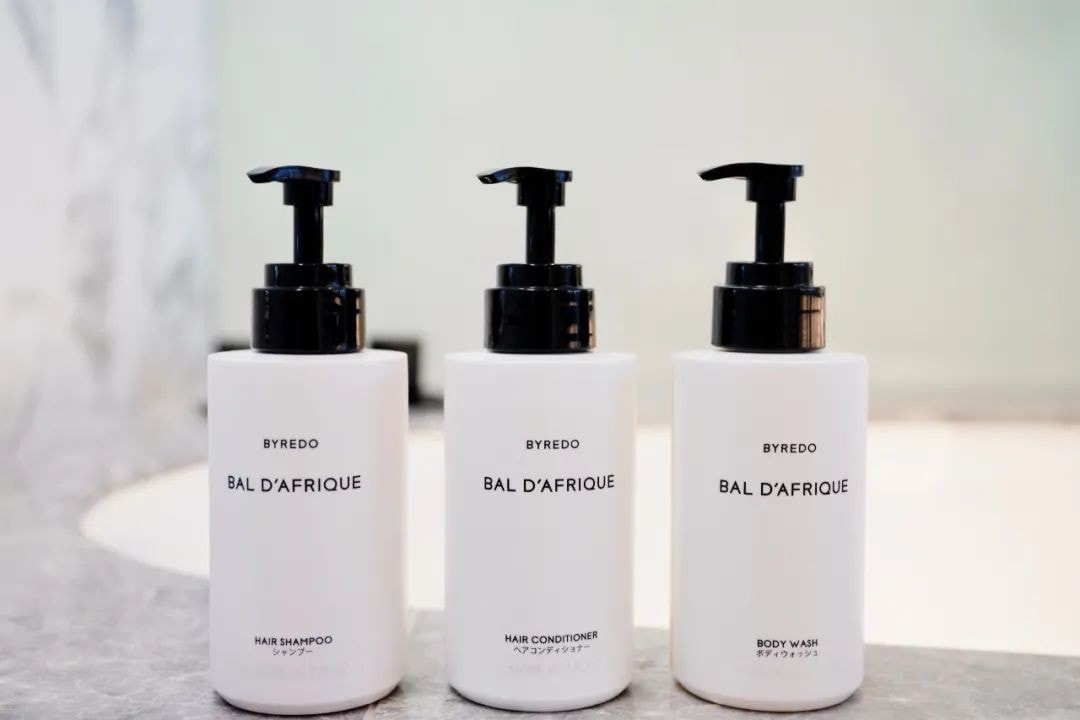
When staying at the hotel, you never have to worry about your three daily meals. Whether it’s breakfast buffets, lunch, afternoon tea, or dinner, the dishes and service can be considered top-tier.
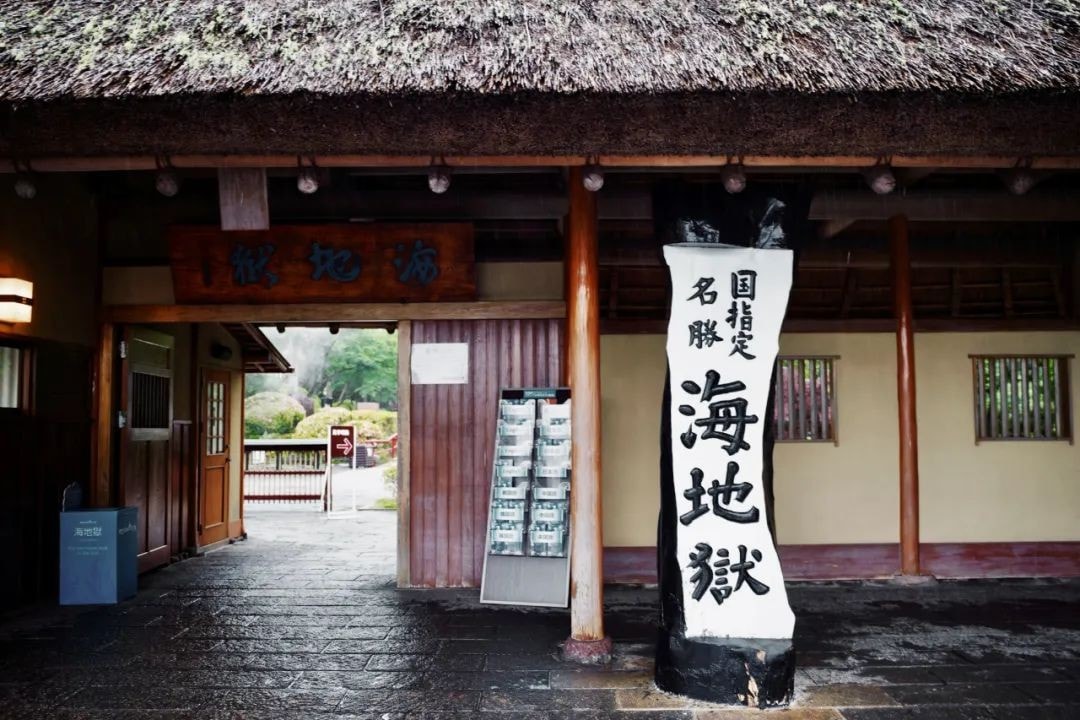
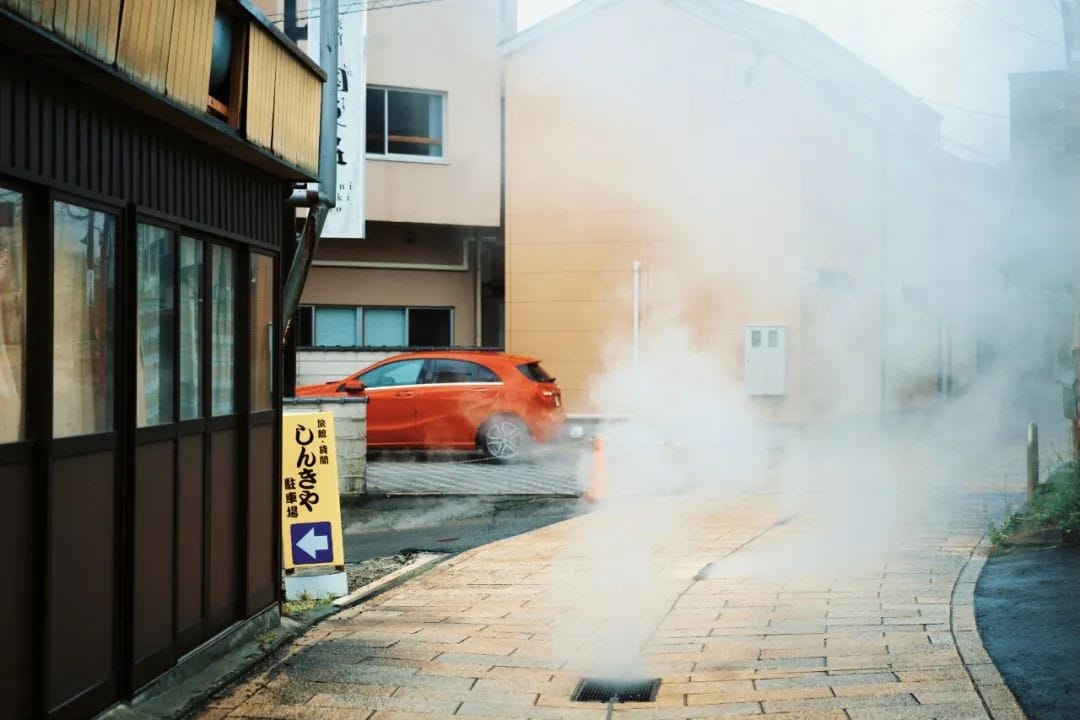
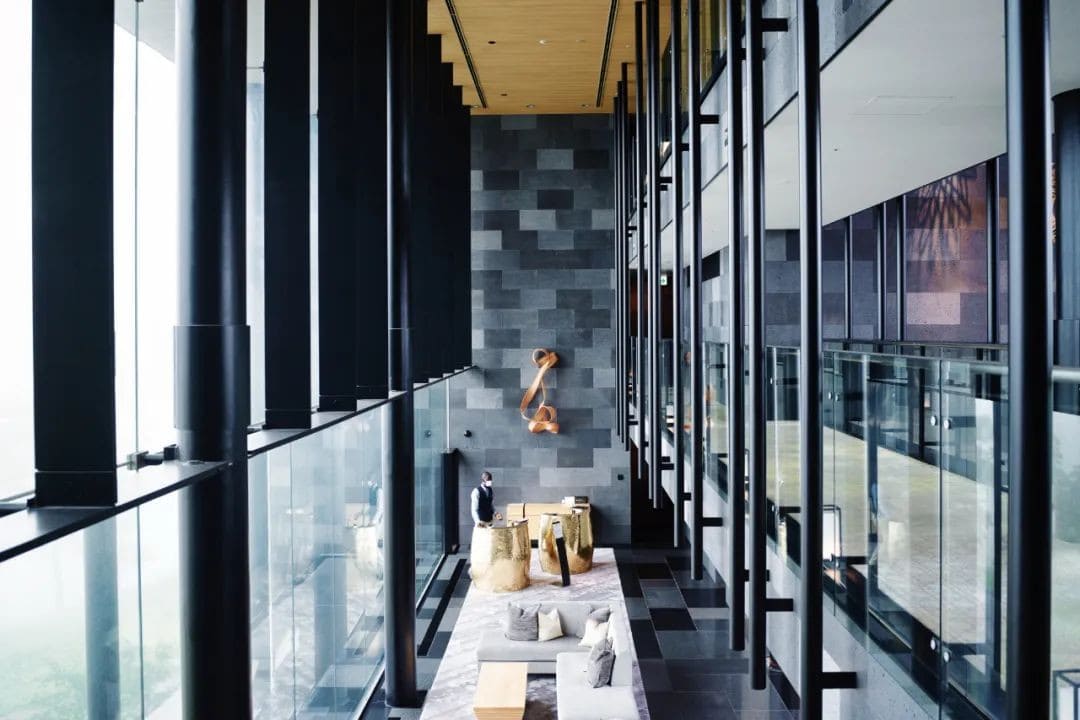
Customers vote with their feet, and during meal times, the good spots are all snatched up quickly.
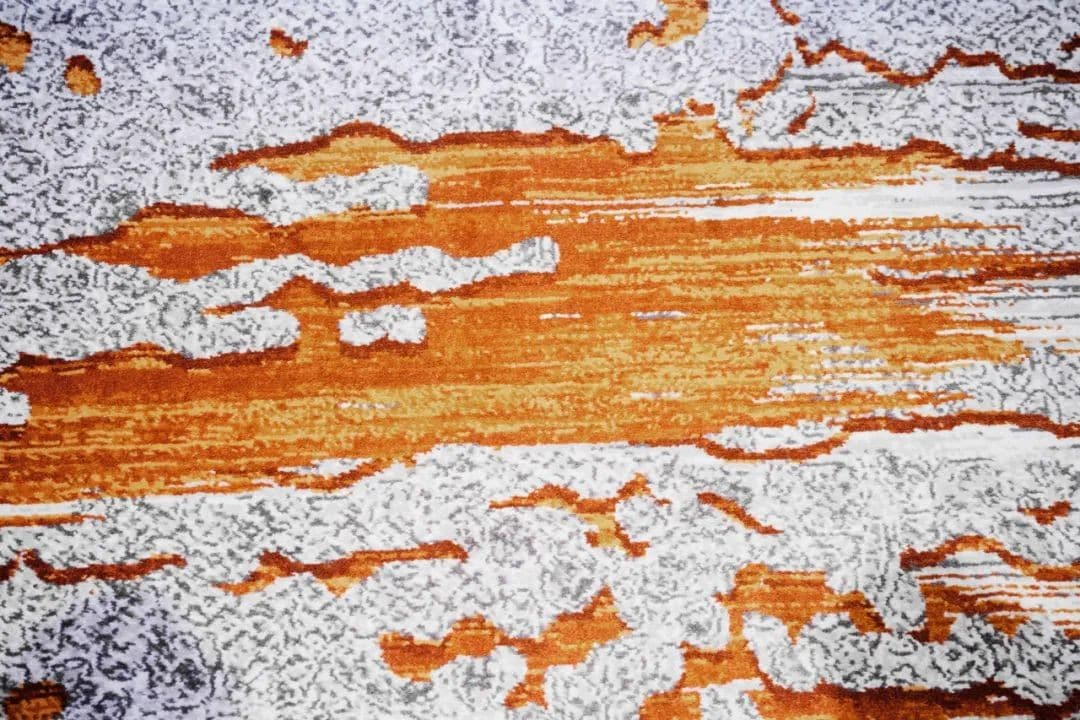
4) On Activity Experiences
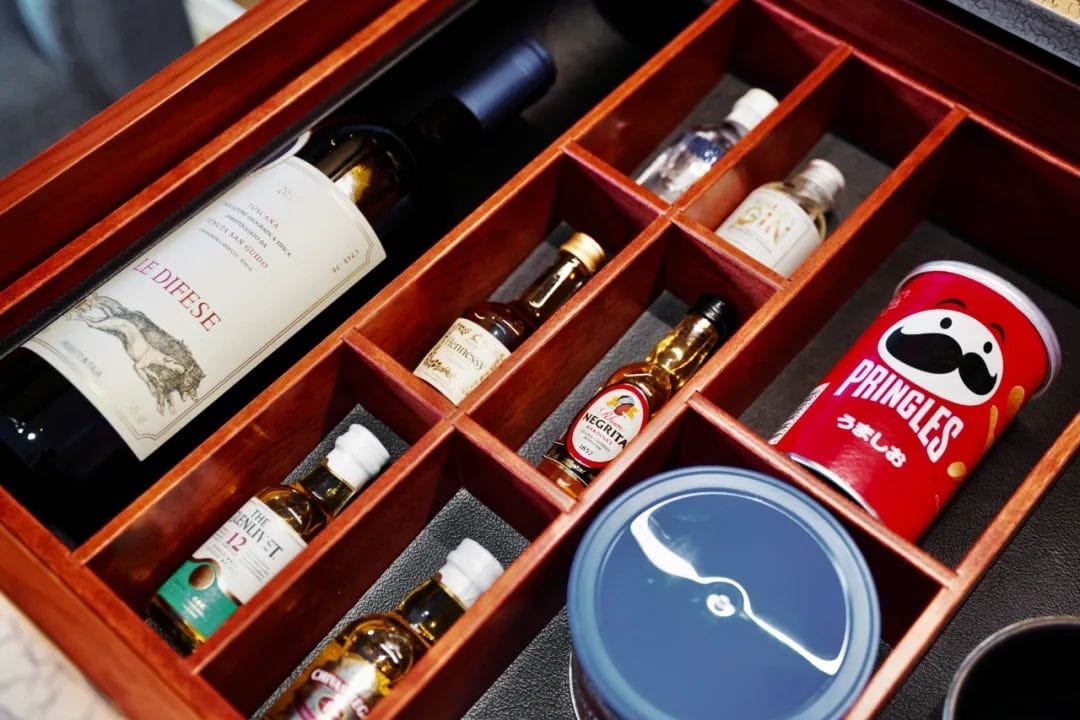
The hotel arranges a detailed itinerary for each guest, with plans for both rainy and sunny days. The specific times are also set and printed out on paper.
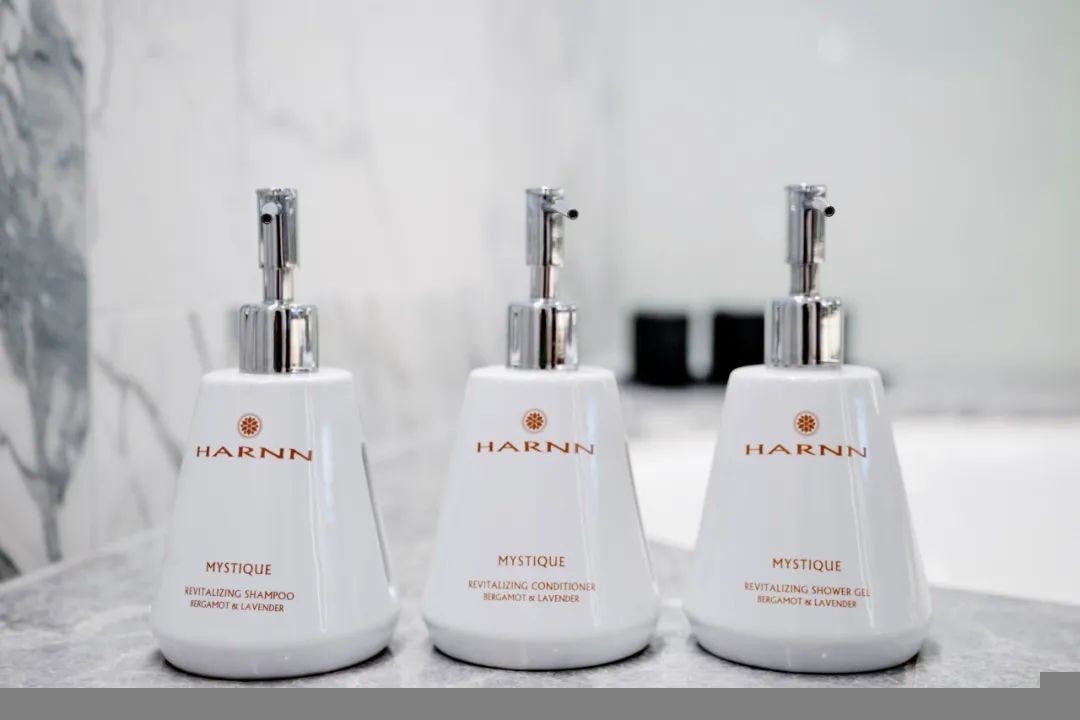
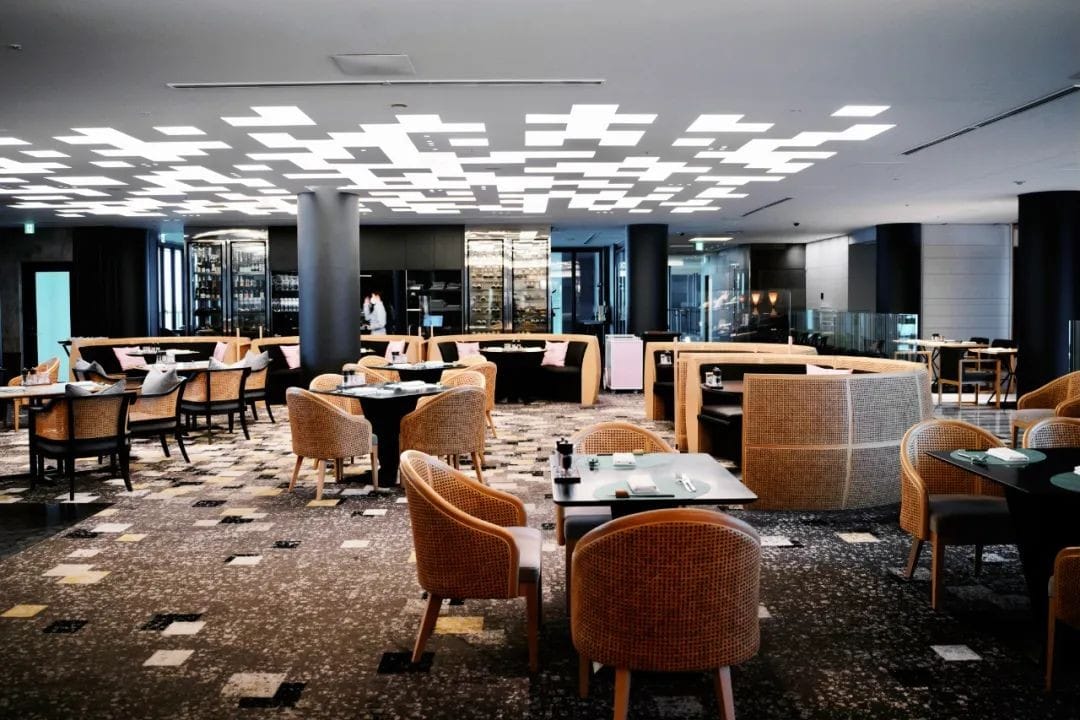
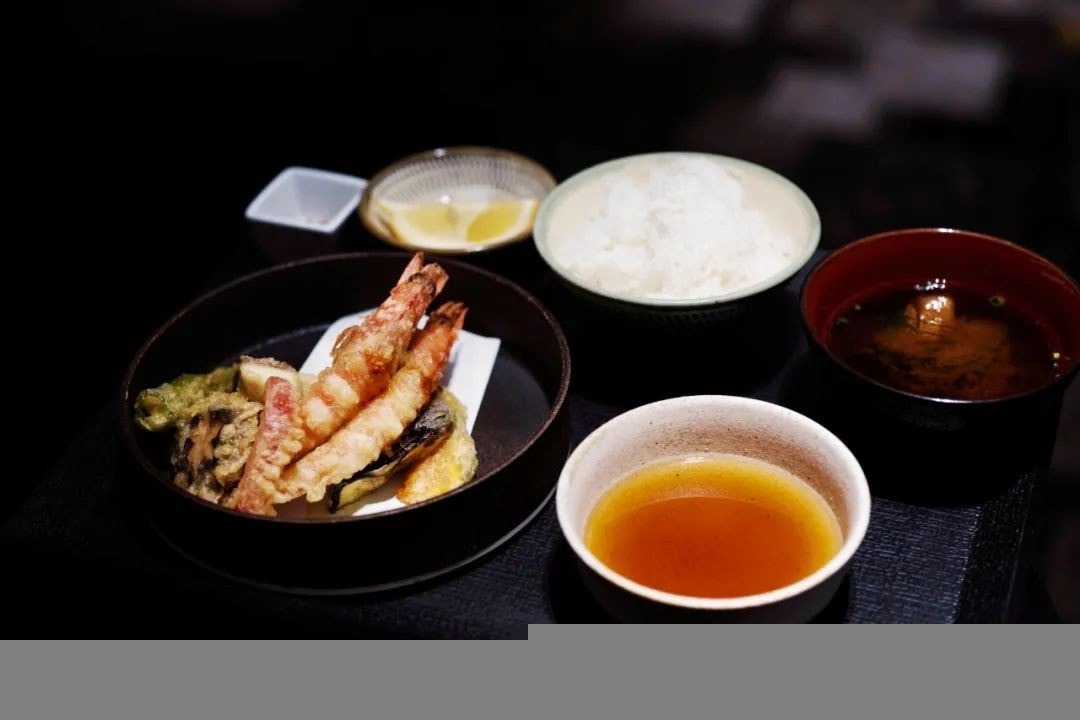
From natural private hot springs to infinity pools, from hell steaming and bamboo weaving experiences to golf…
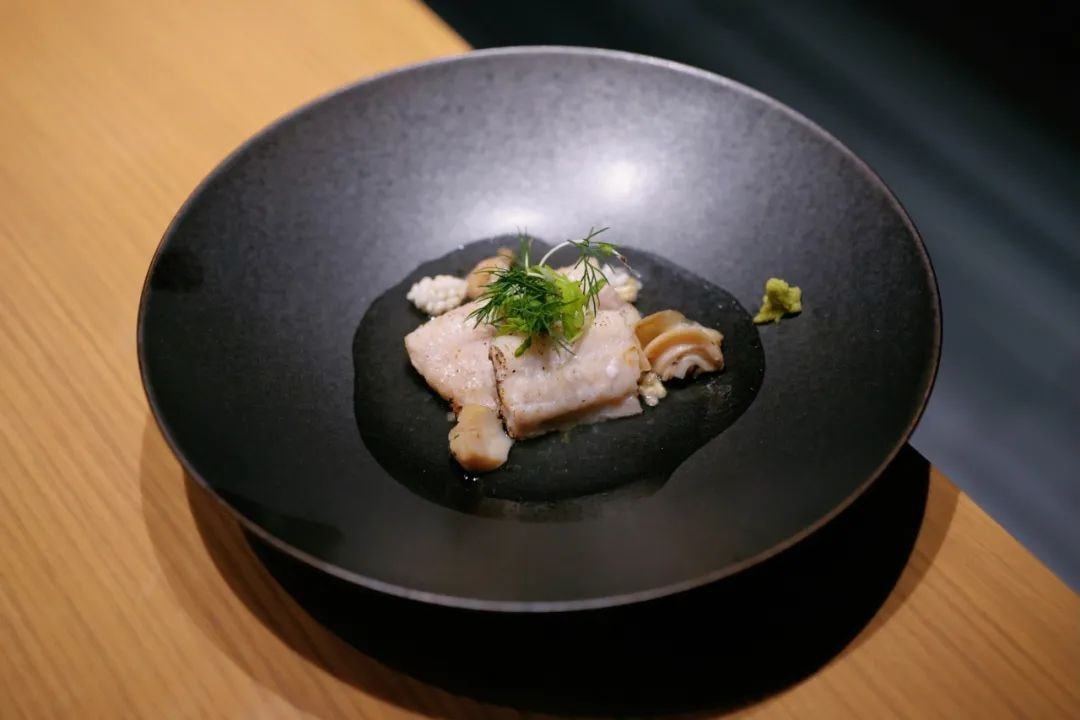
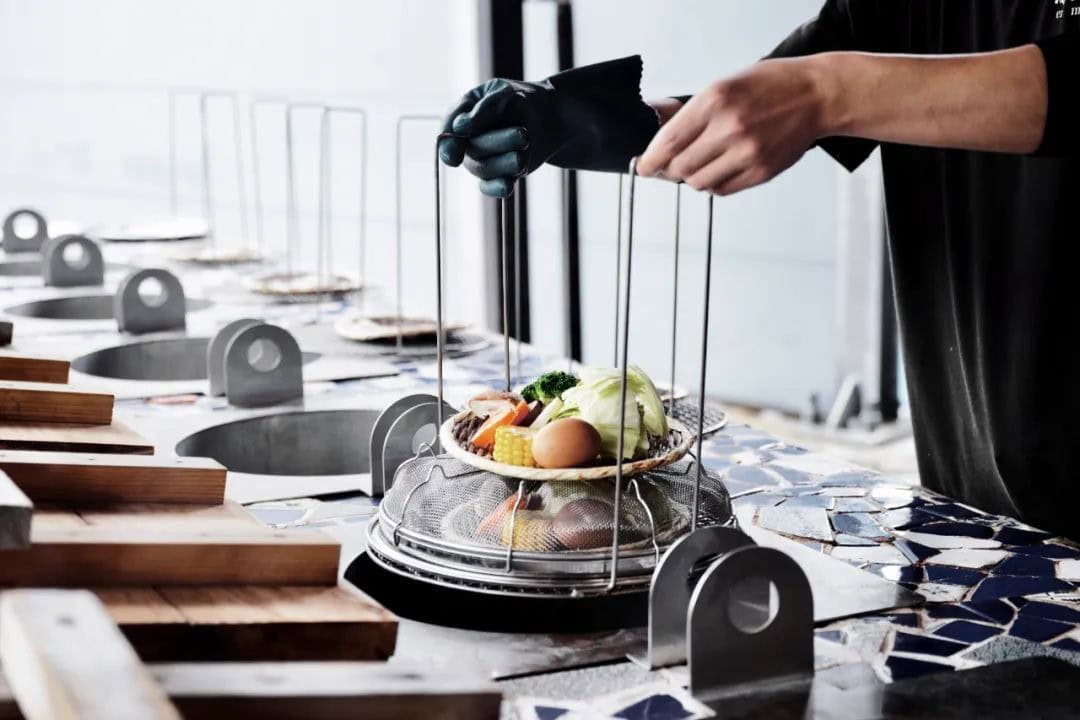
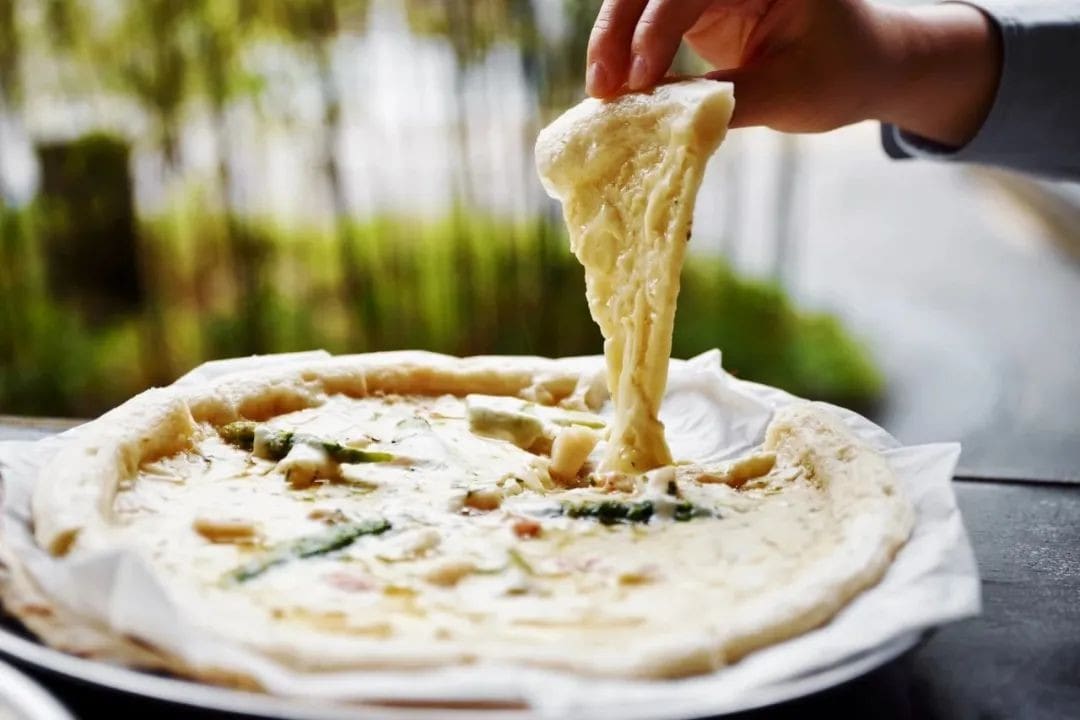
Even though I stayed here for three days and two nights, I didn’t get to try all the activities the hotel offered. Before I left, the receptionist repeatedly reminded me to plan for a longer stay next time.
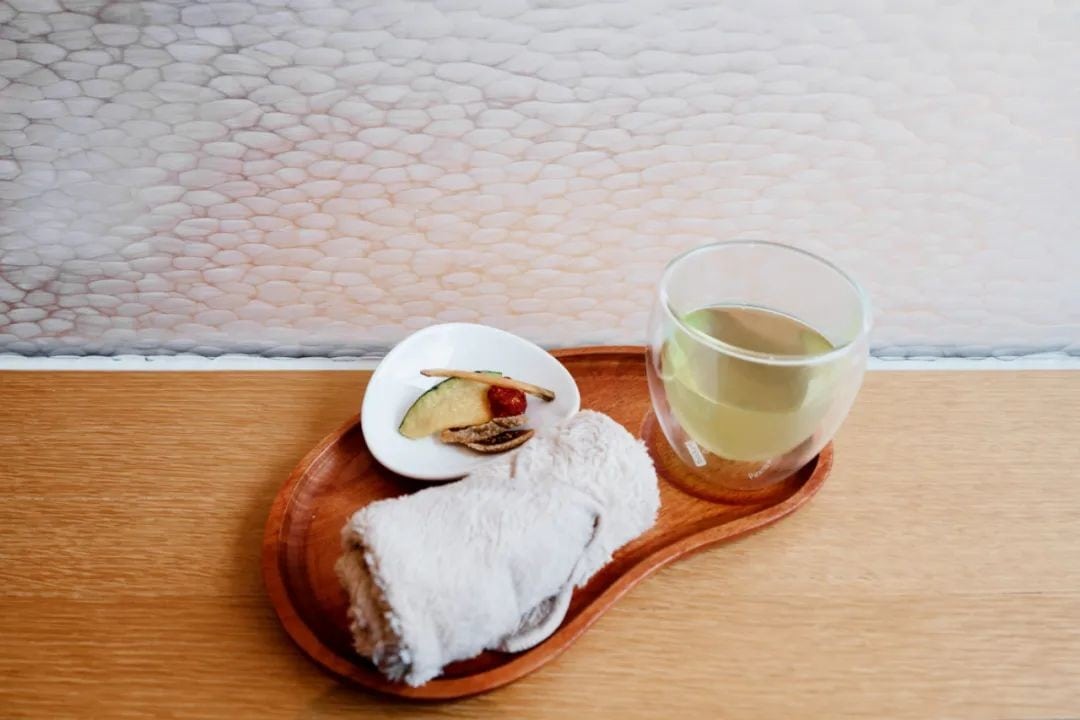
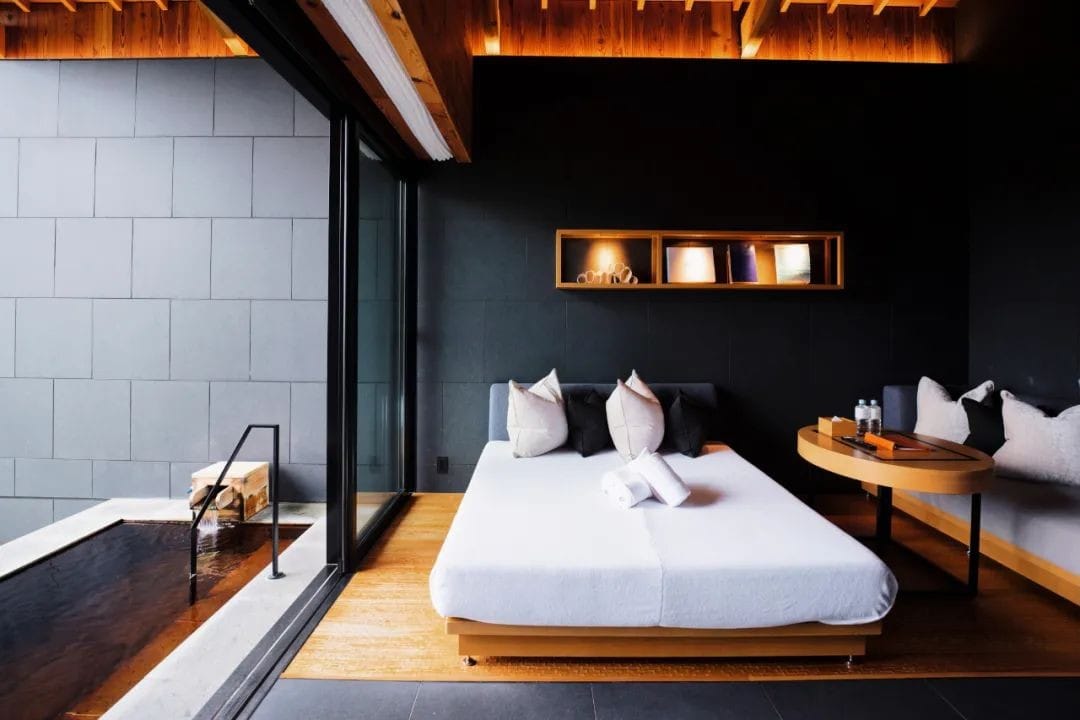
Besides these, there are many tiny details about the hotel that I’ve elaborated on in my full review below. Next, let’s journey back to Beppu InterContinental together.

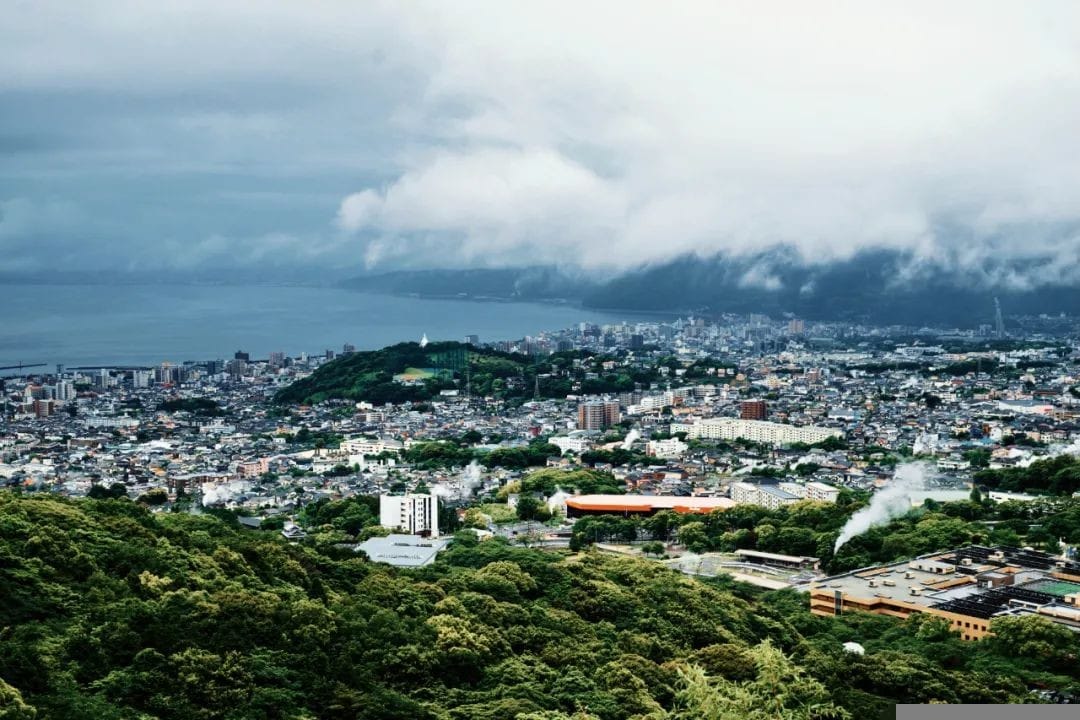
“Transportation”
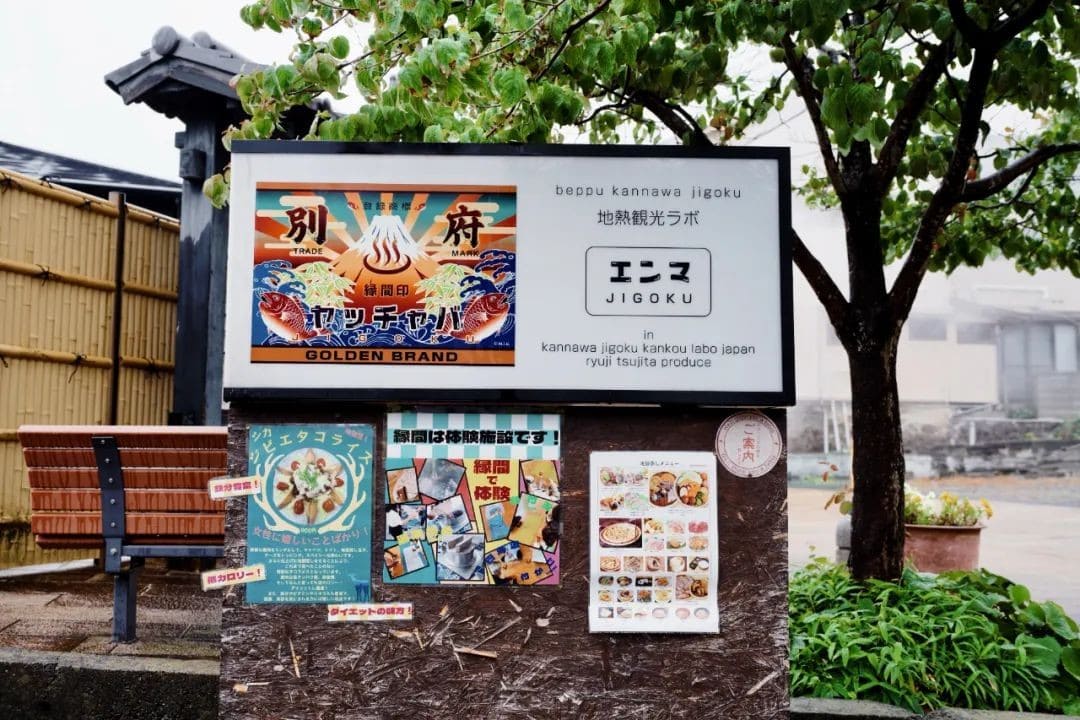
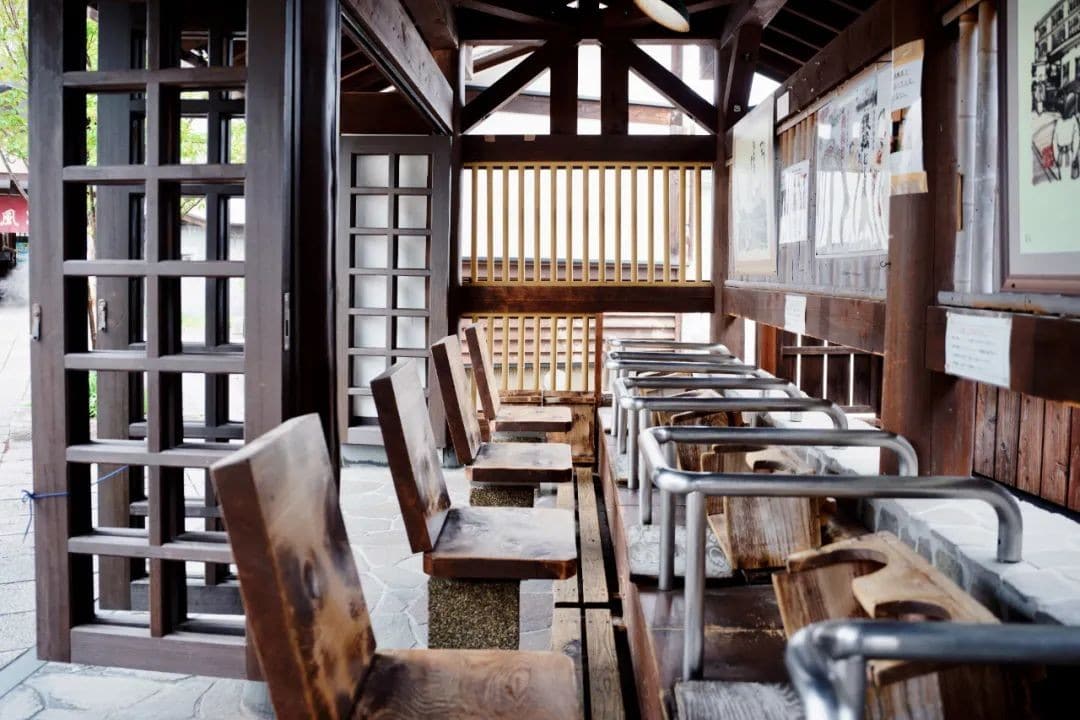
Let me first tell you how to get to the hotel.
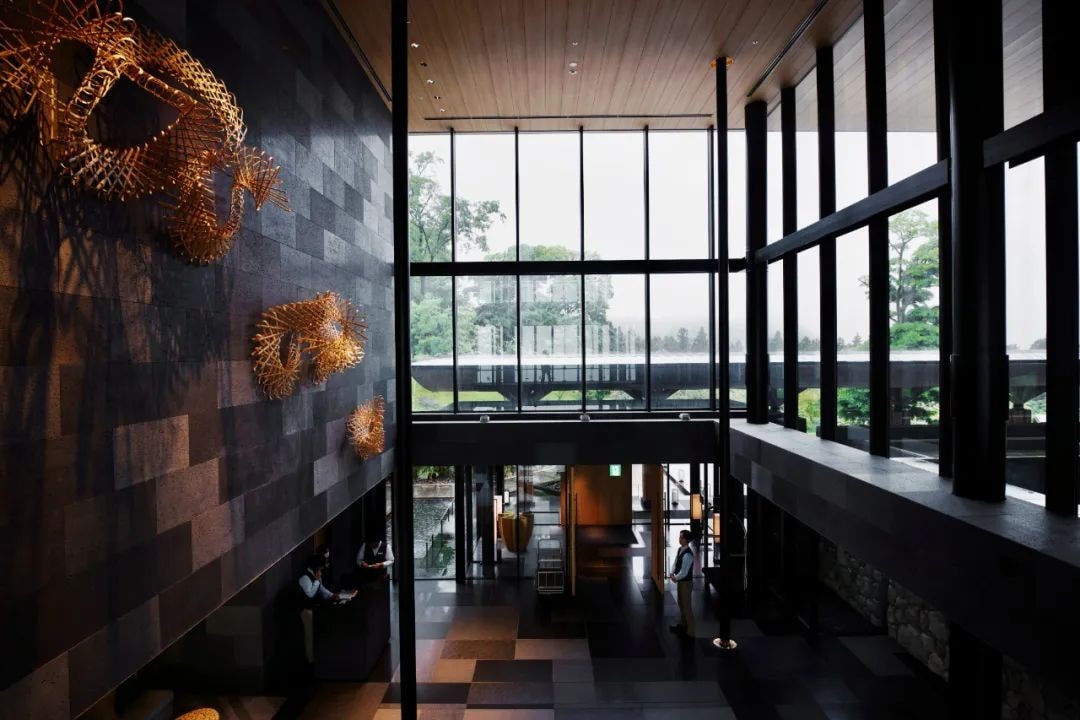
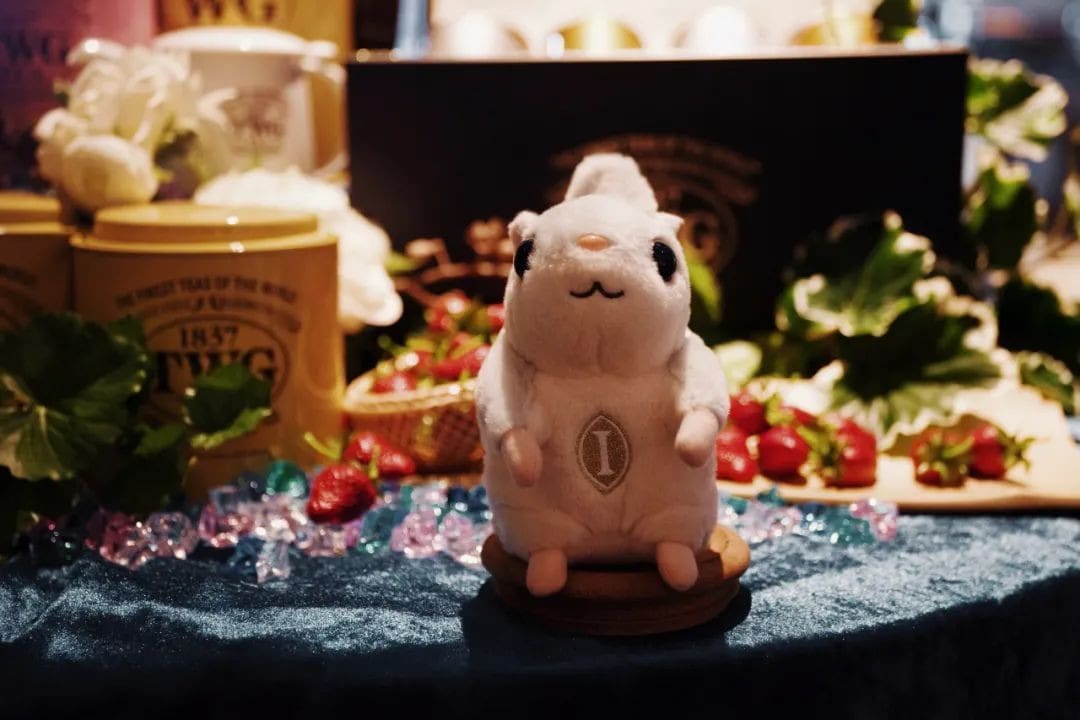
Before coming to Beppu, we also visited Oita, so we opted to transfer via JR to Beppu Station. The downside is that it takes quite a long time. Those in Japan might prefer flying directly to Oita International Airport.
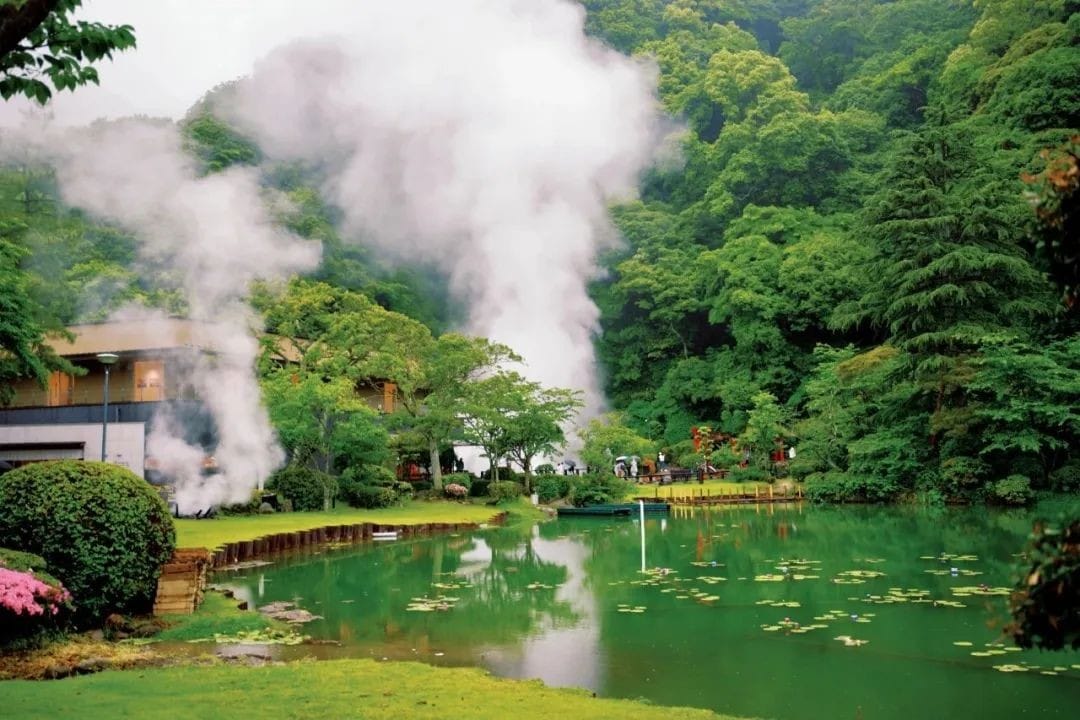
There are no direct flights from China to Oita. You can fly to Fukuoka first, then take the Kyushu JR train to reach Beppu.
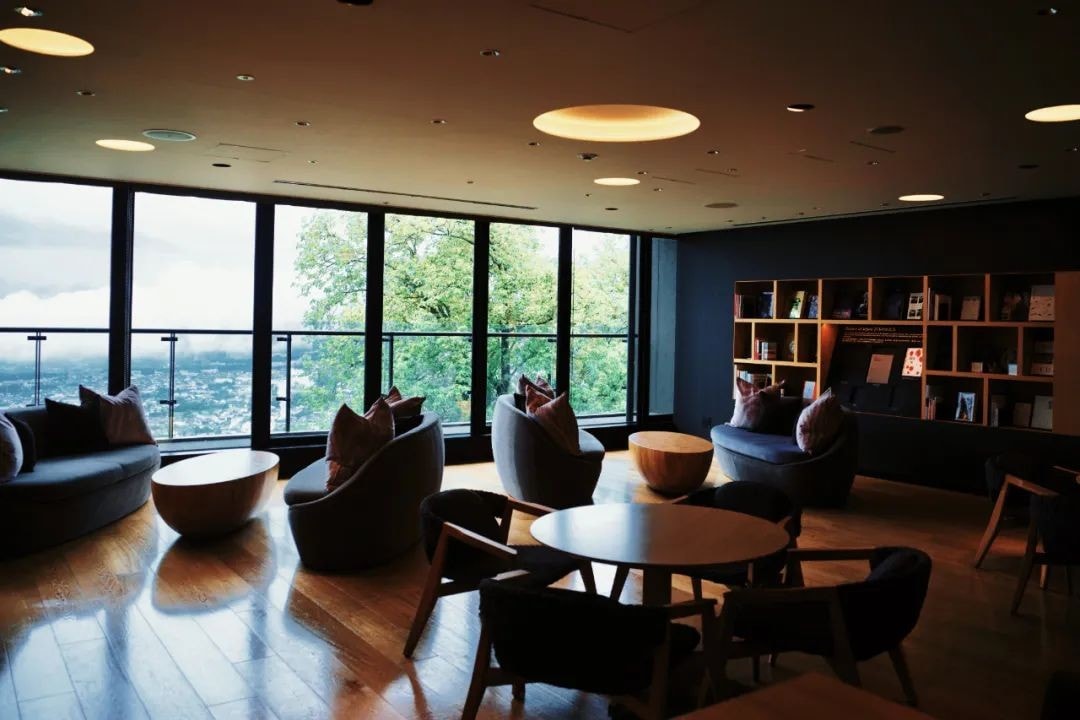
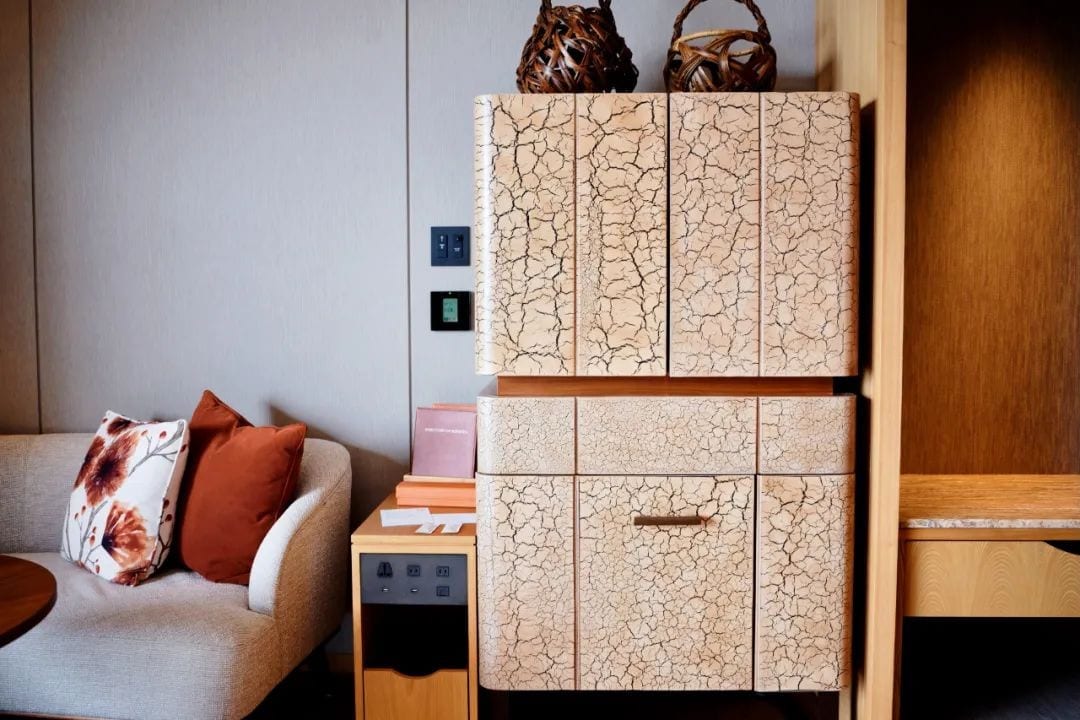
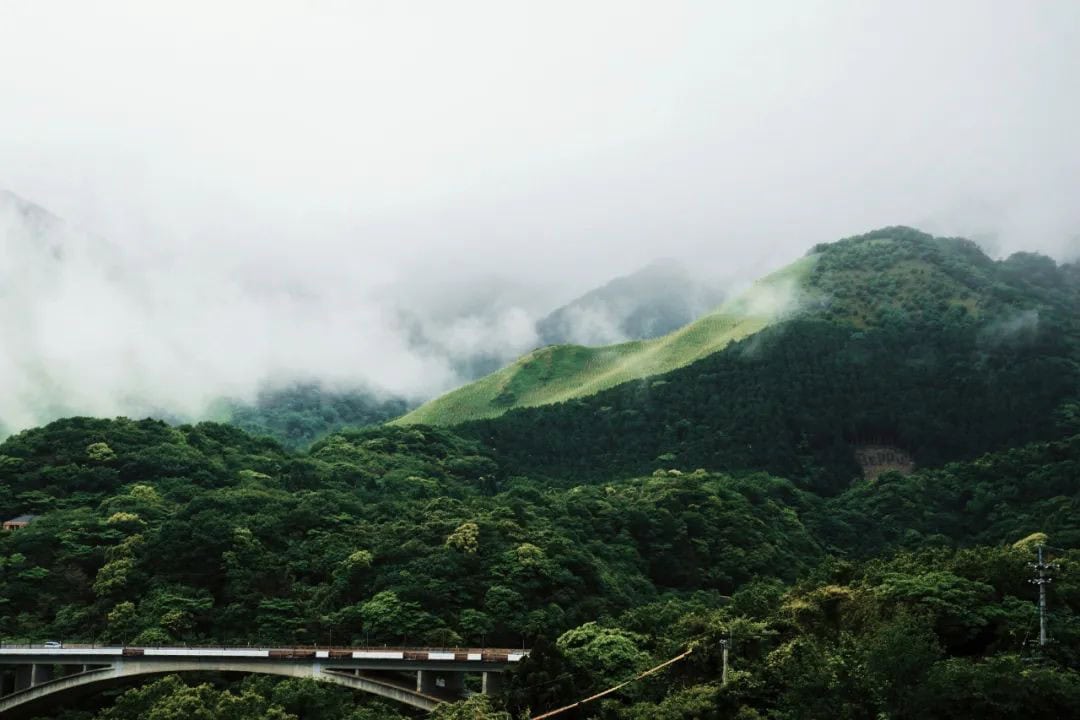
Previously, Caicai wrote a Japan transportation guide for everyone. Remember to download the transfer guide app in advance; it’s enough to handle all transfers.
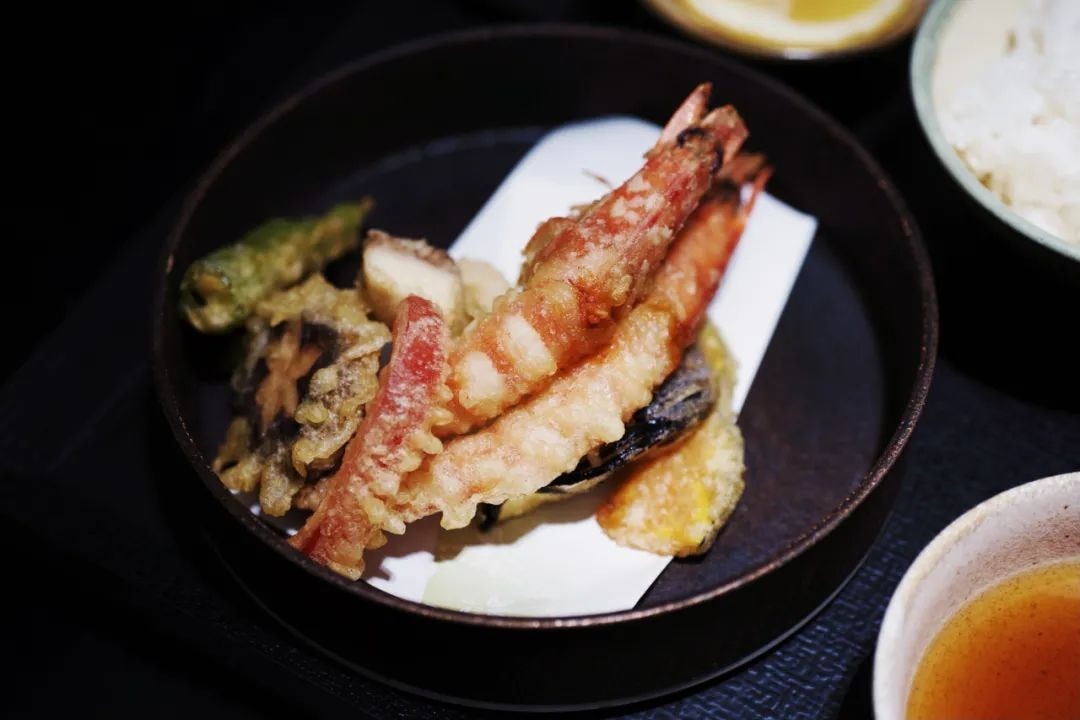
The hotel staff will also inquire about your train details a day before check-in and arrange a Mercedes-Benz sedan to pick you up at the station entrance.
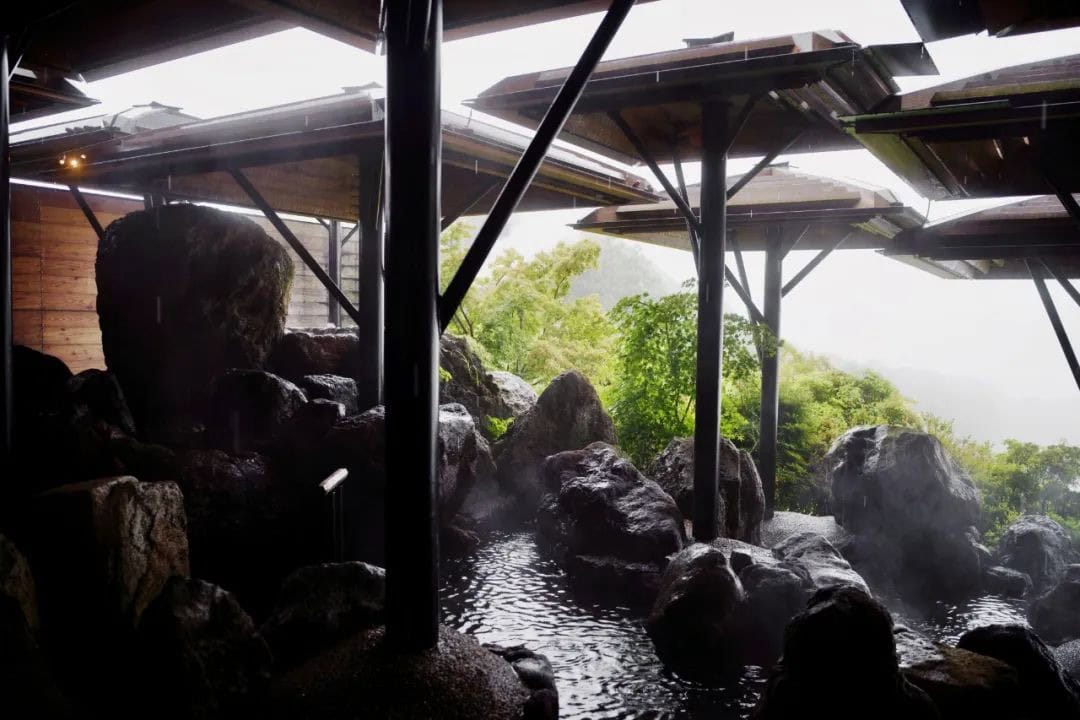
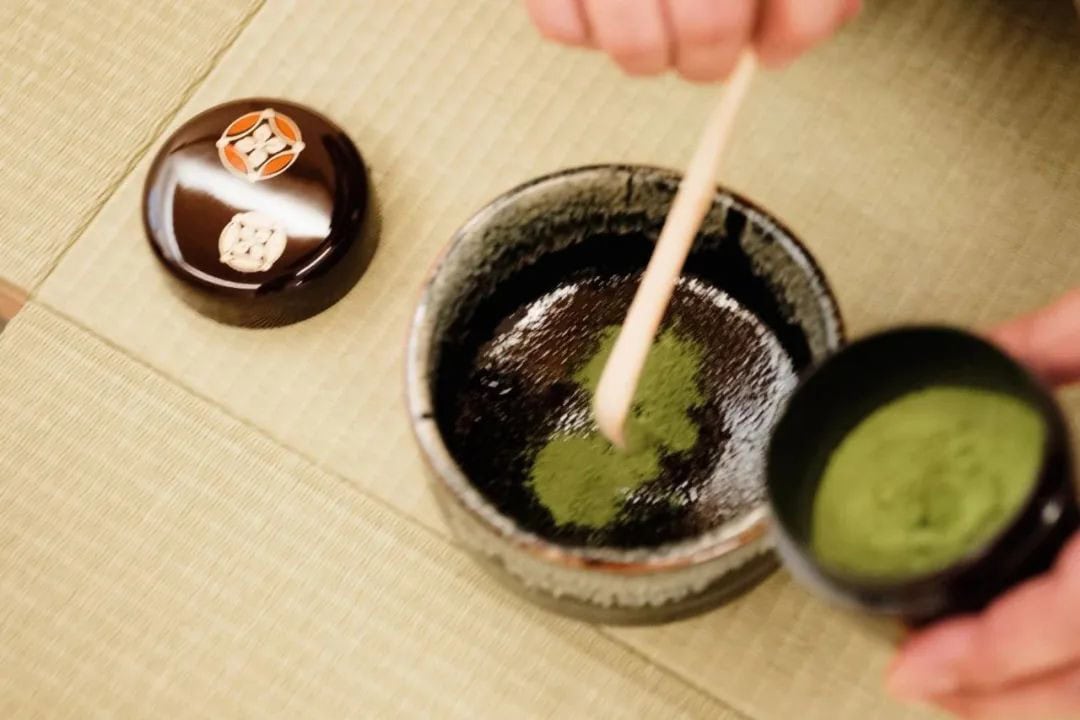
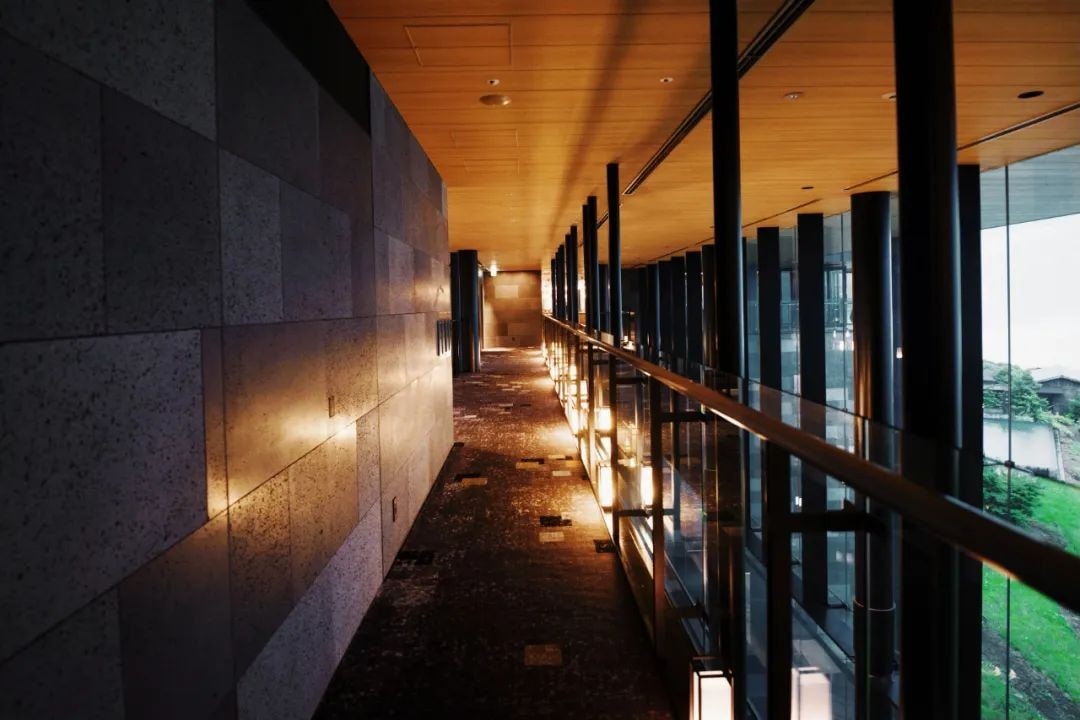
“Arrival”
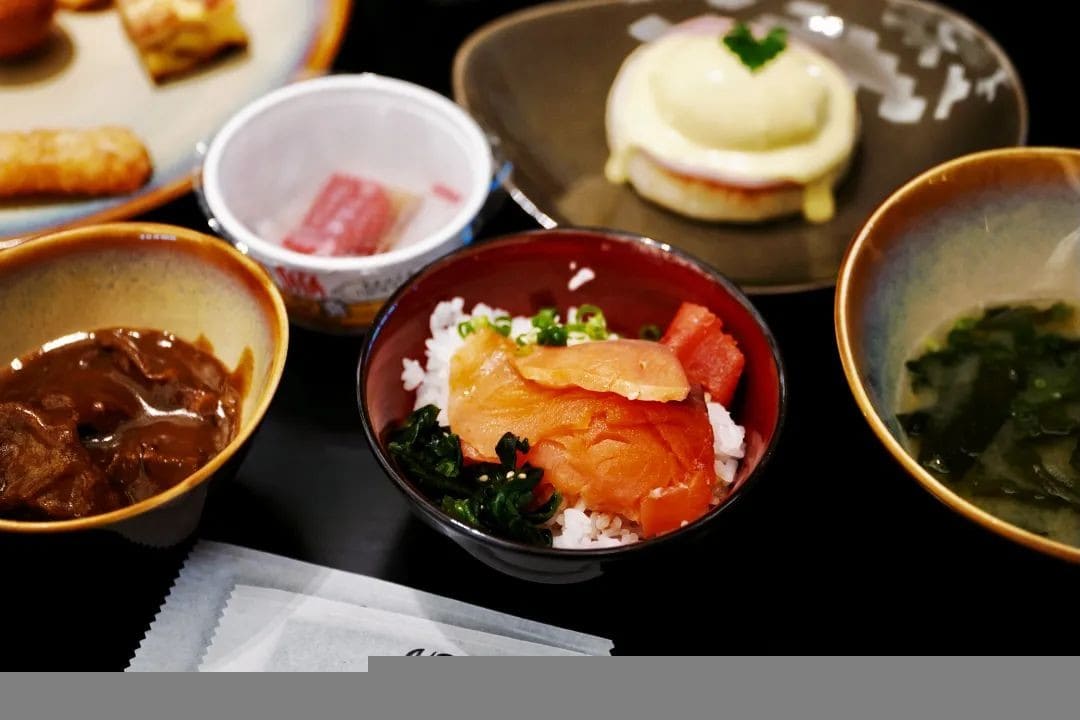
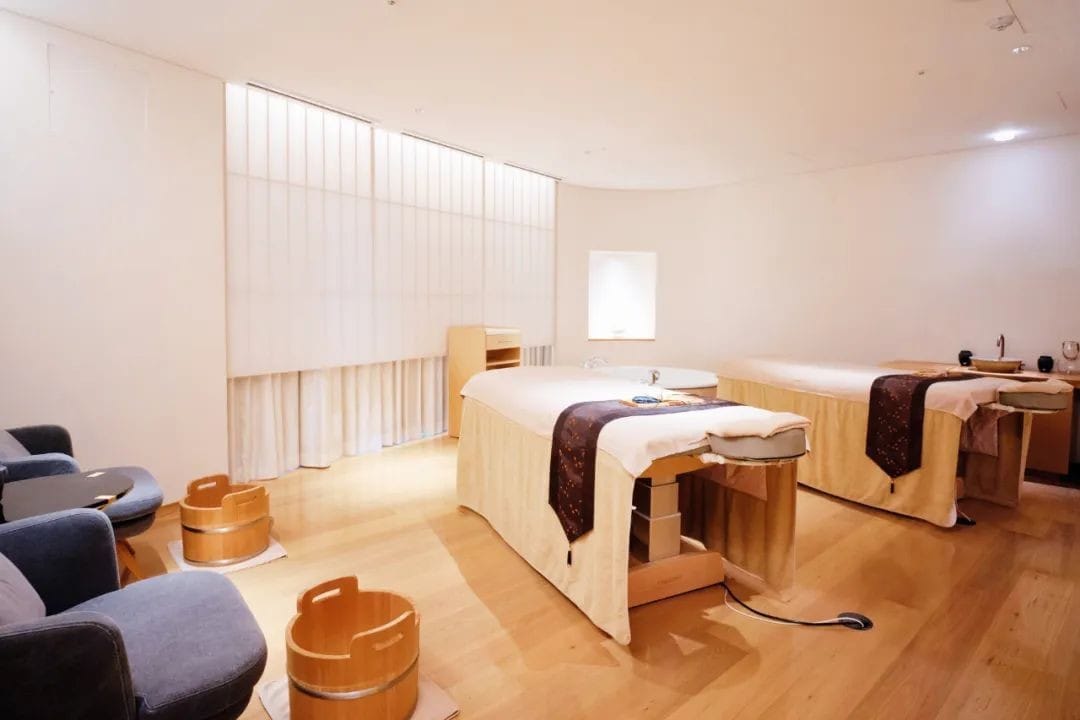
The ride from Beppu Station to the hotel takes about 15 minutes. When we arrived, it was raining, which added a mystical ambiance to the small town.
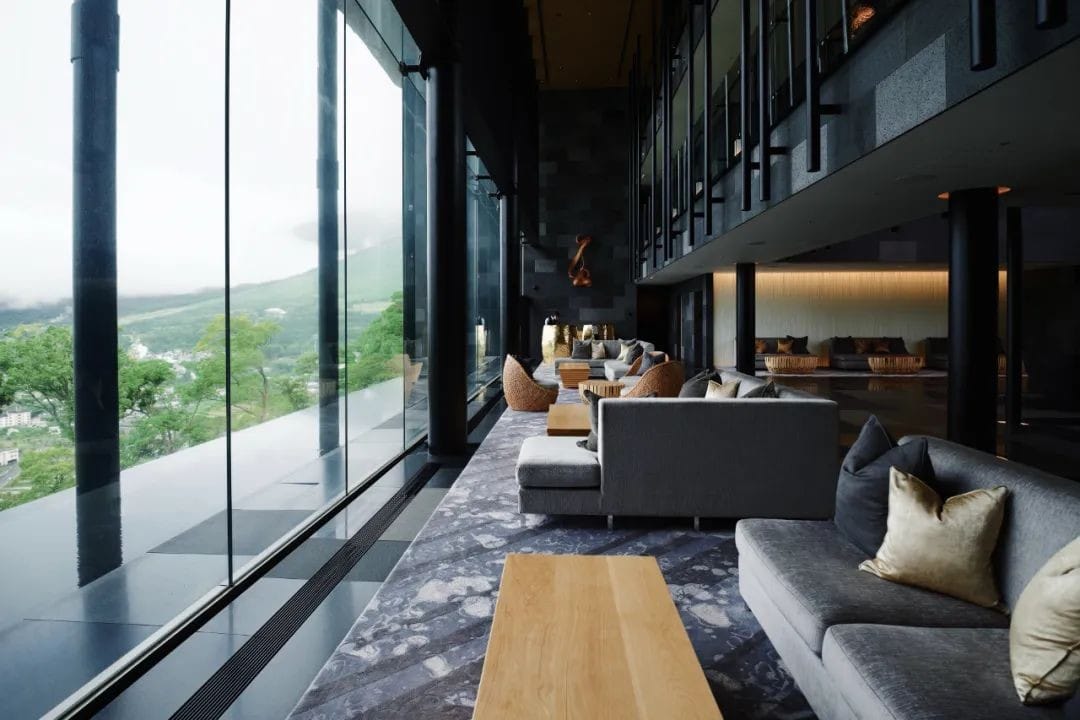
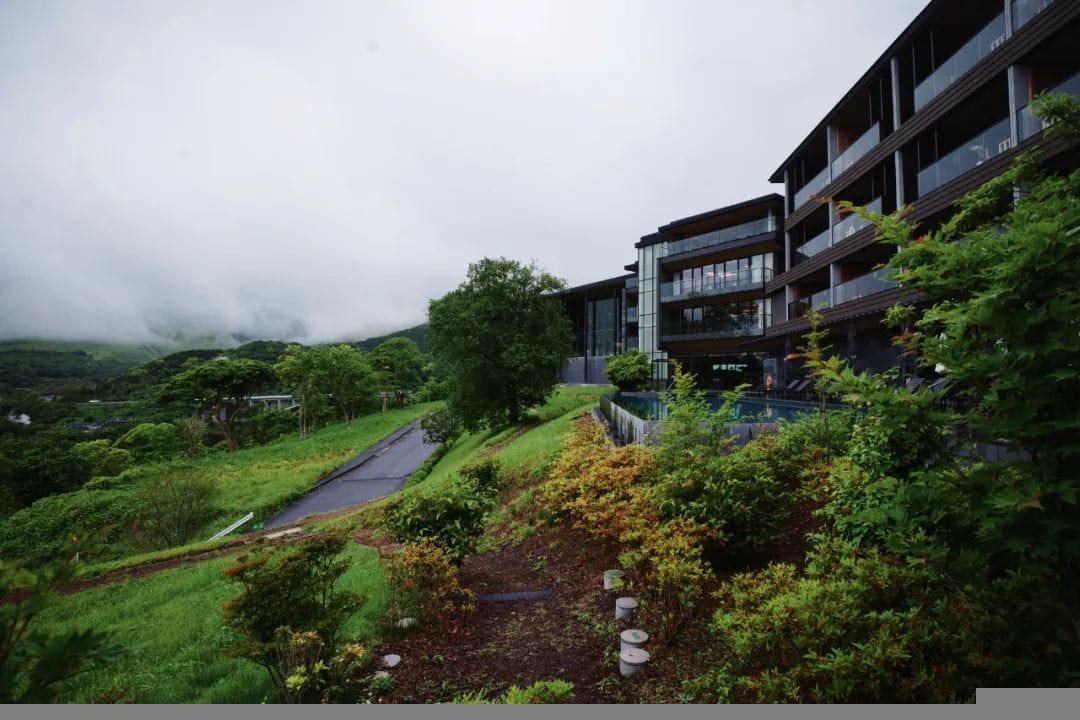
Looking out from the car, the rising steam resembled strands of silk, making it feel as if we were heading to a fairyland.
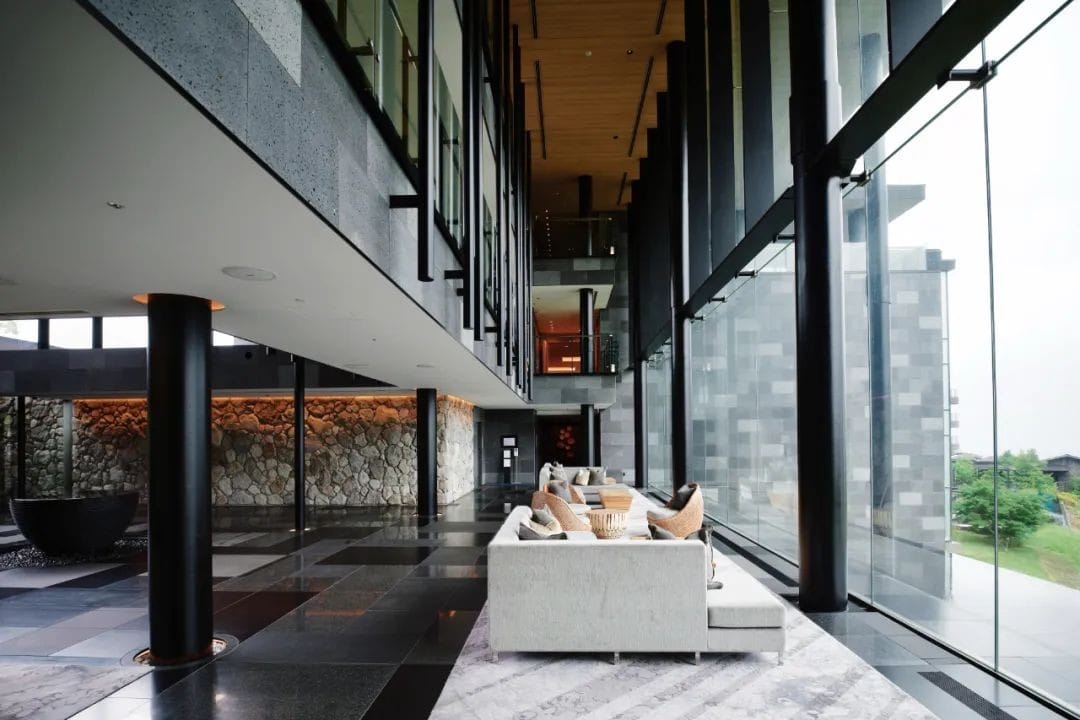
The car wound its way up the mountain road, flanked by lush greenery, and at that moment, my mind and body shifted to vacation mode. It felt extremely pleasant.
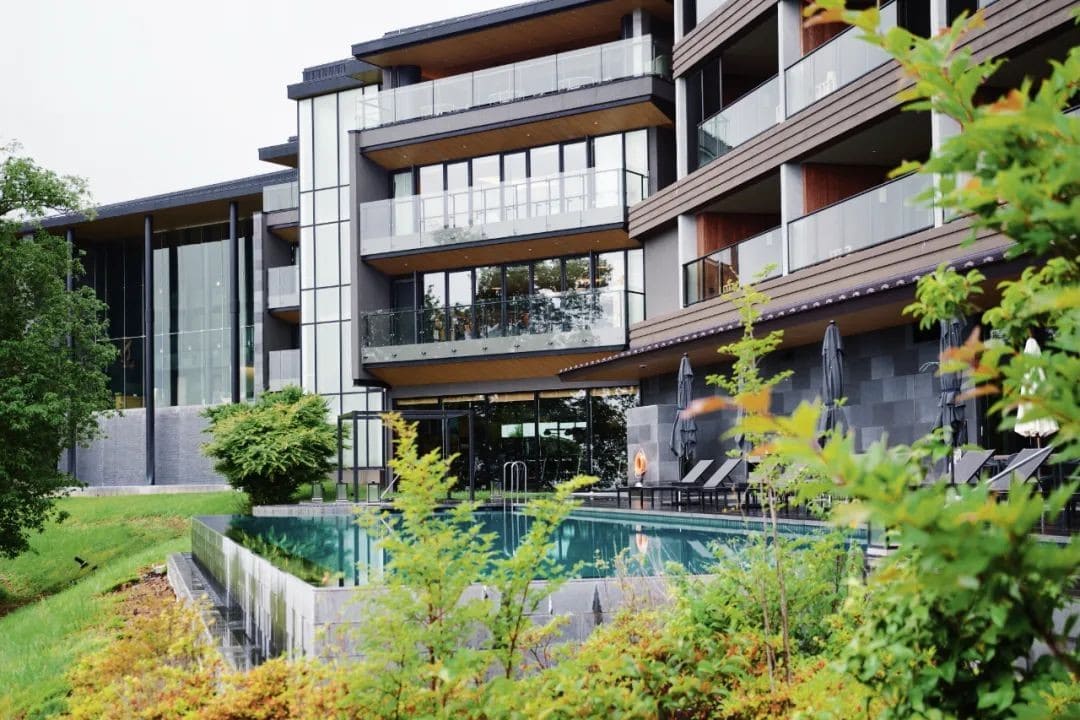
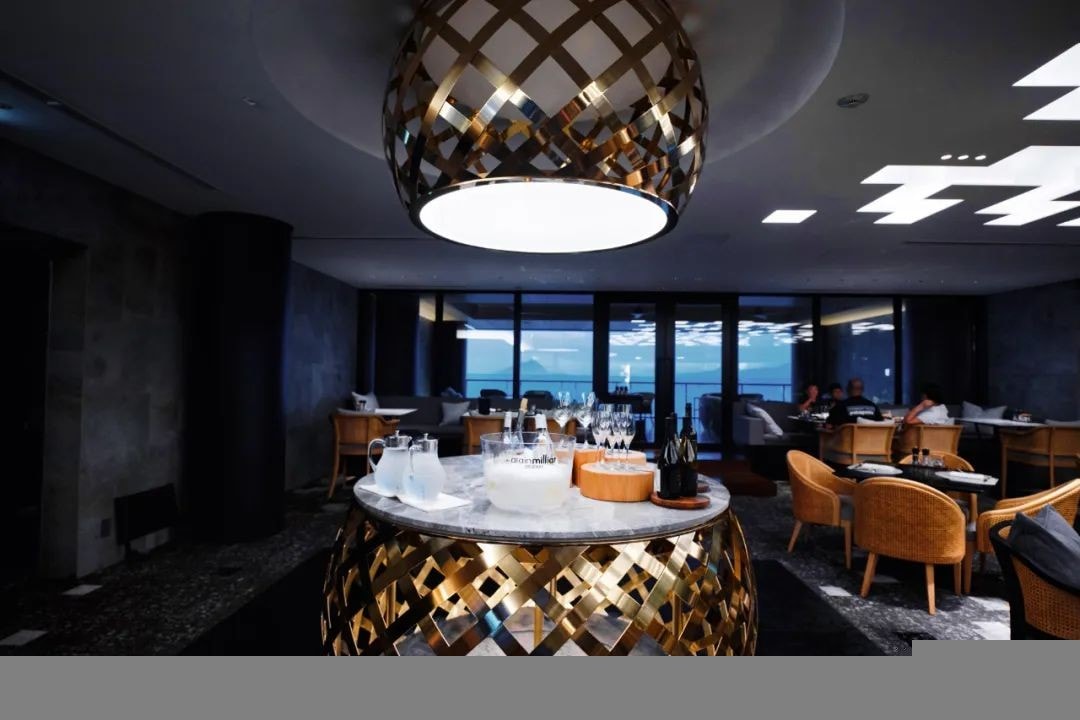
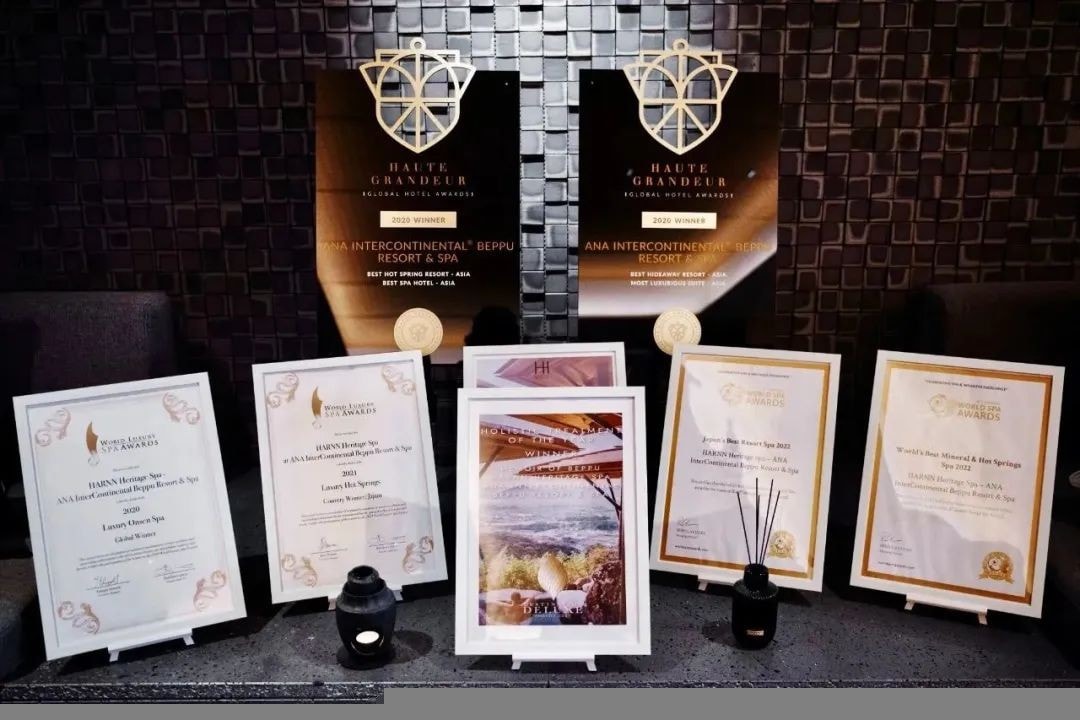
The hotel is built on the mountain, which means it is tranquil and secluded. Upon stepping through the hotel doors, I was instantly captivated by the stunning scenery before me.
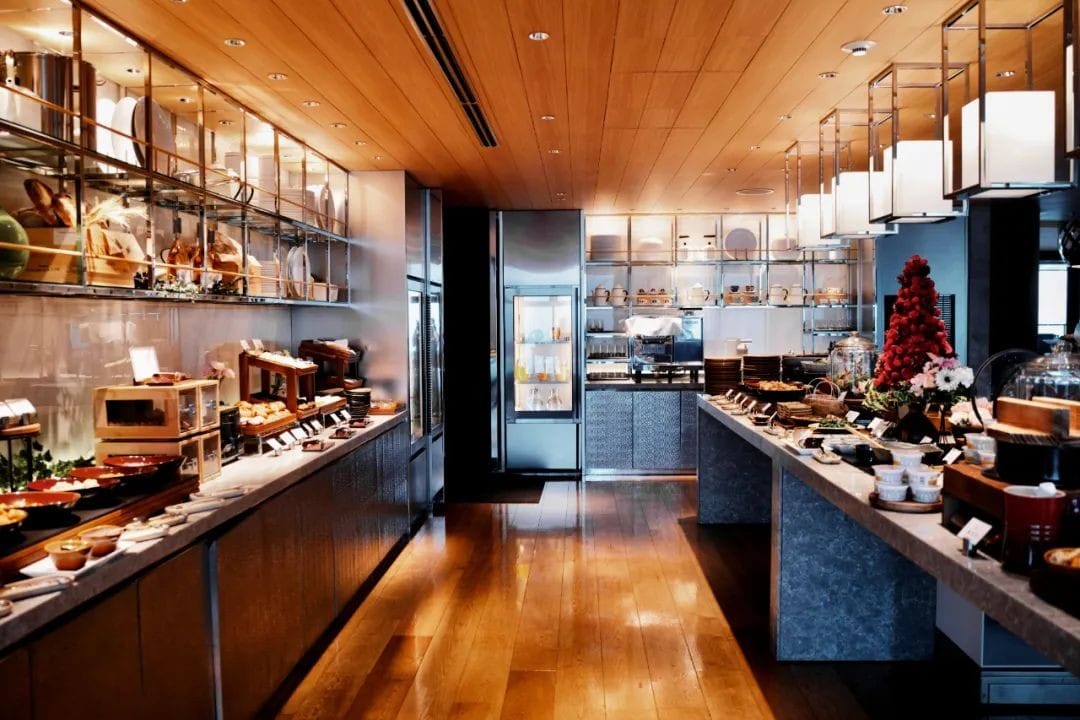
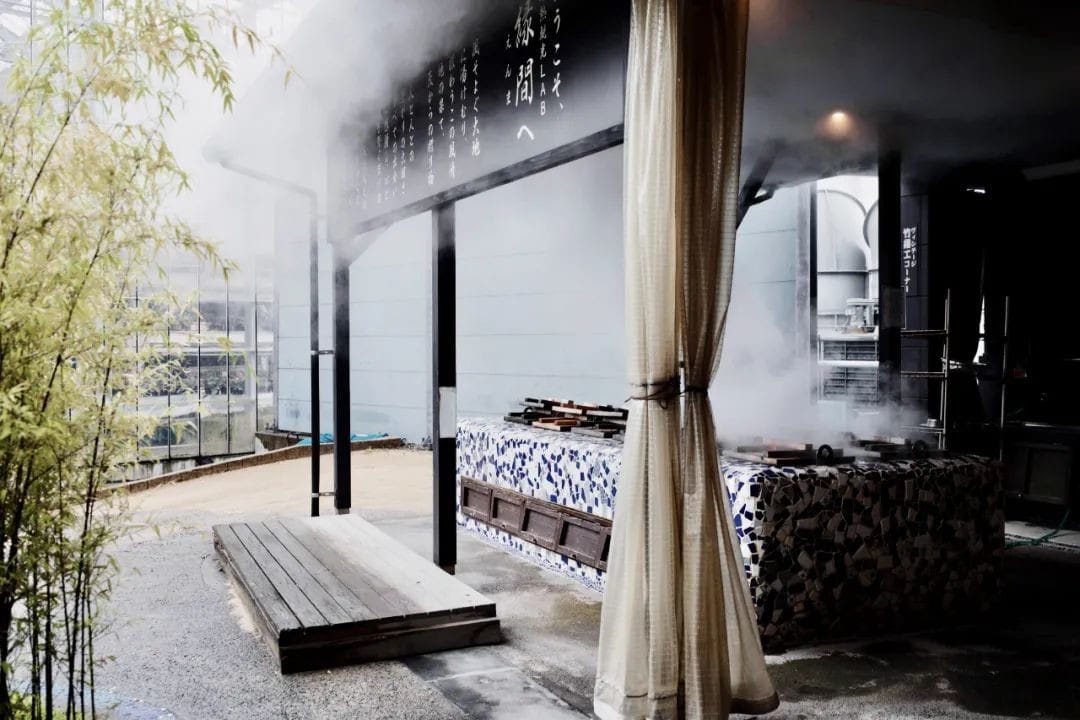
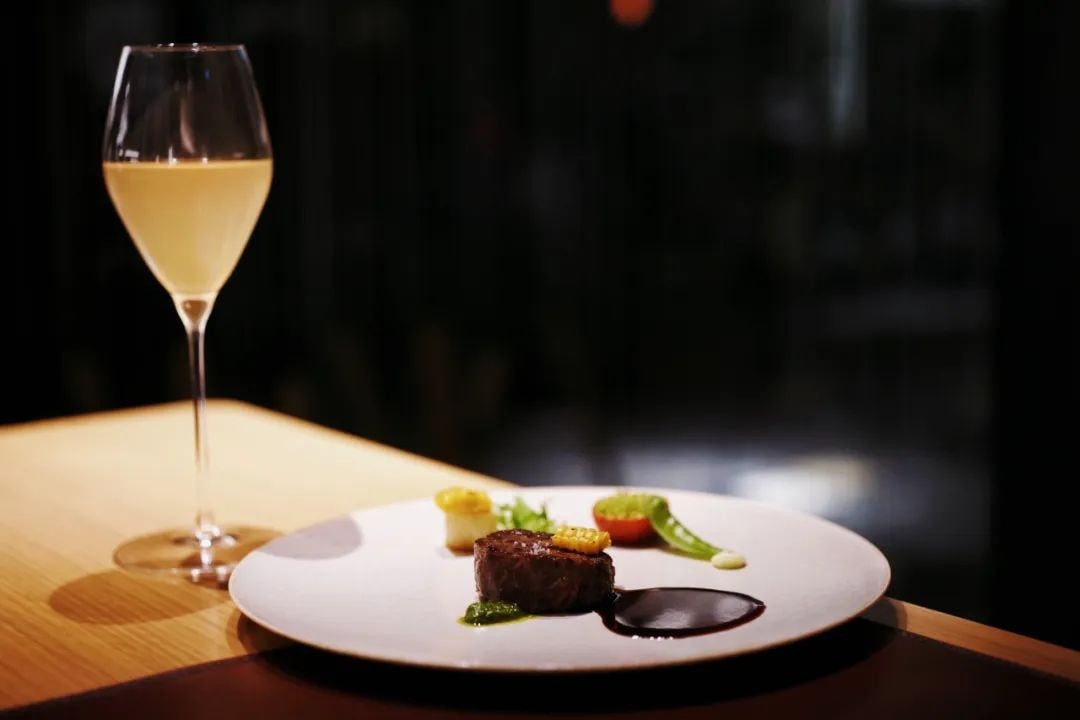
Directly facing the front door is a massive floor-to-ceiling window, almost perfectly framing a panoramic view of the entire city.
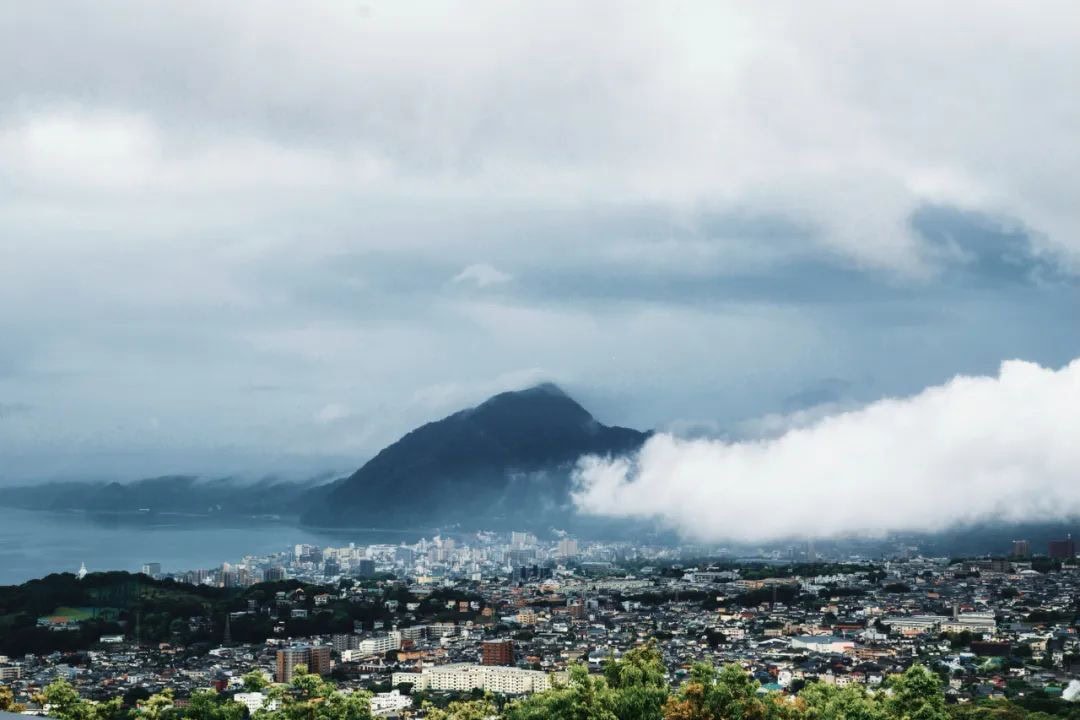
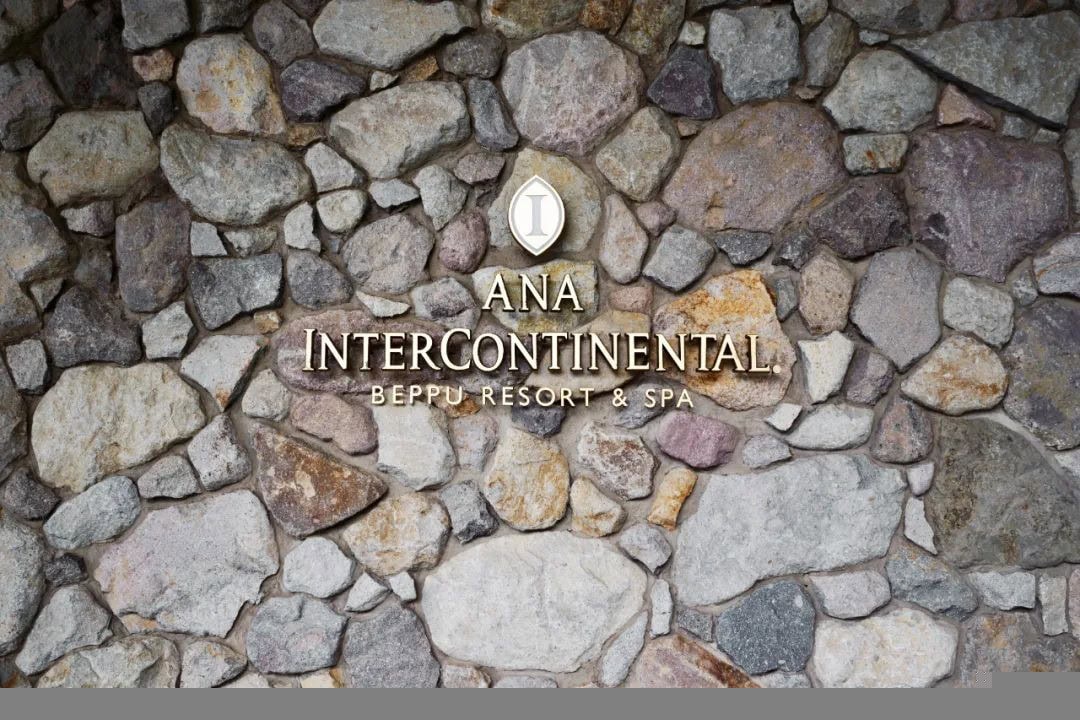
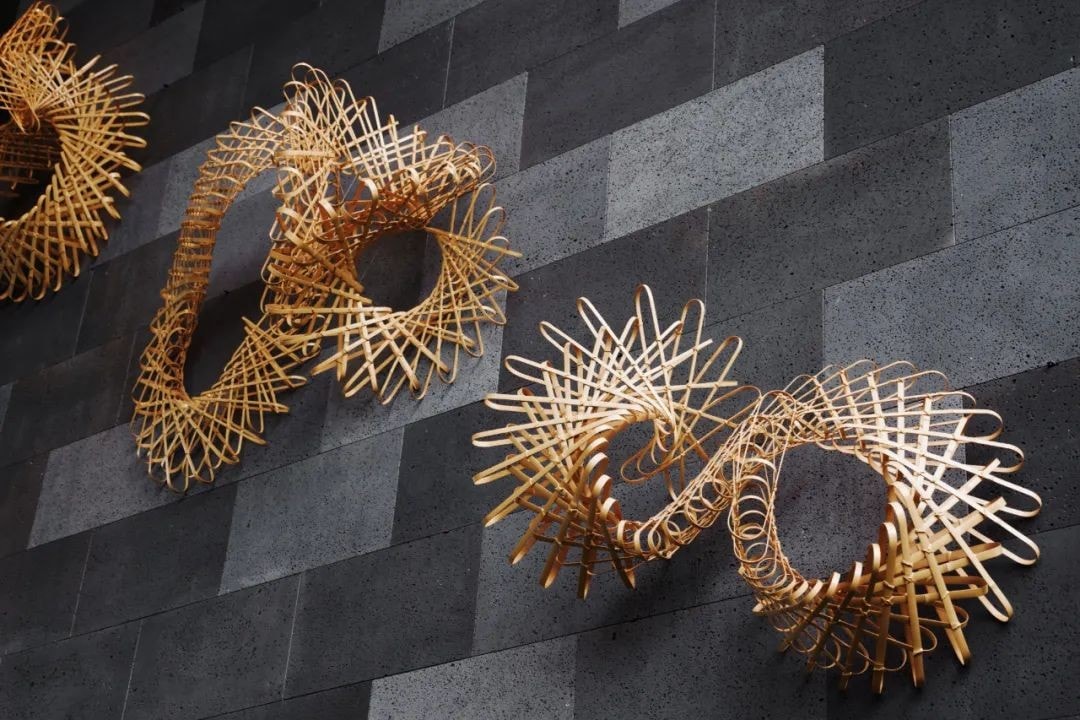
Mountains, homes, and the visible rising steam from hot springs—all of these can be admired without obstruction while standing in front of the window.
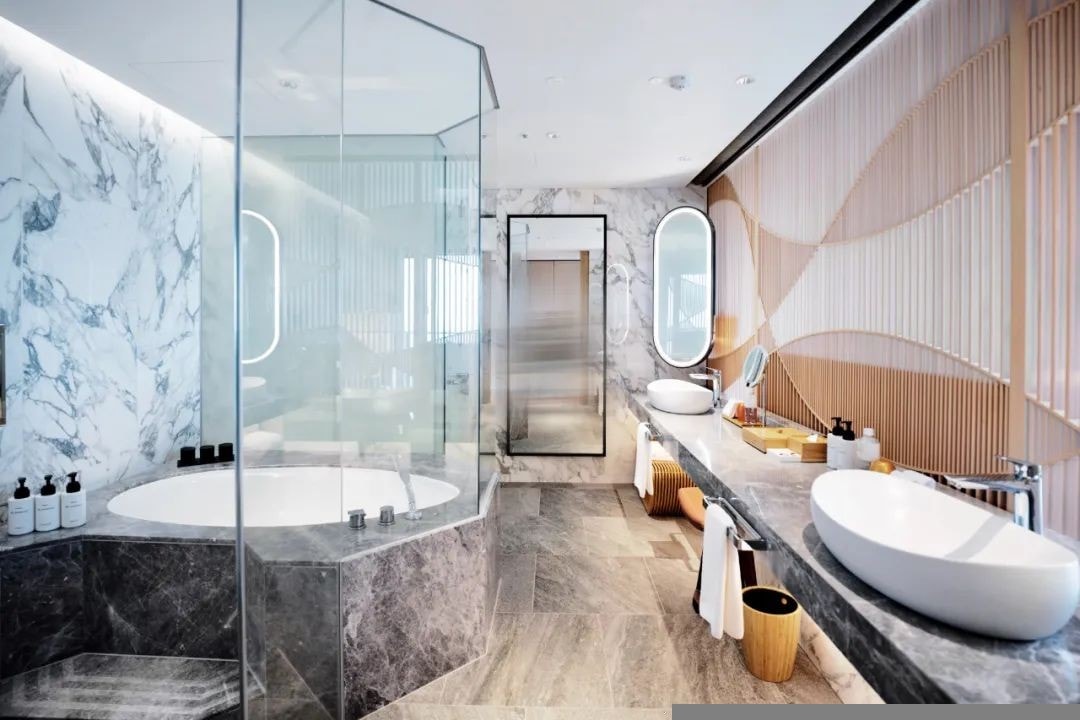
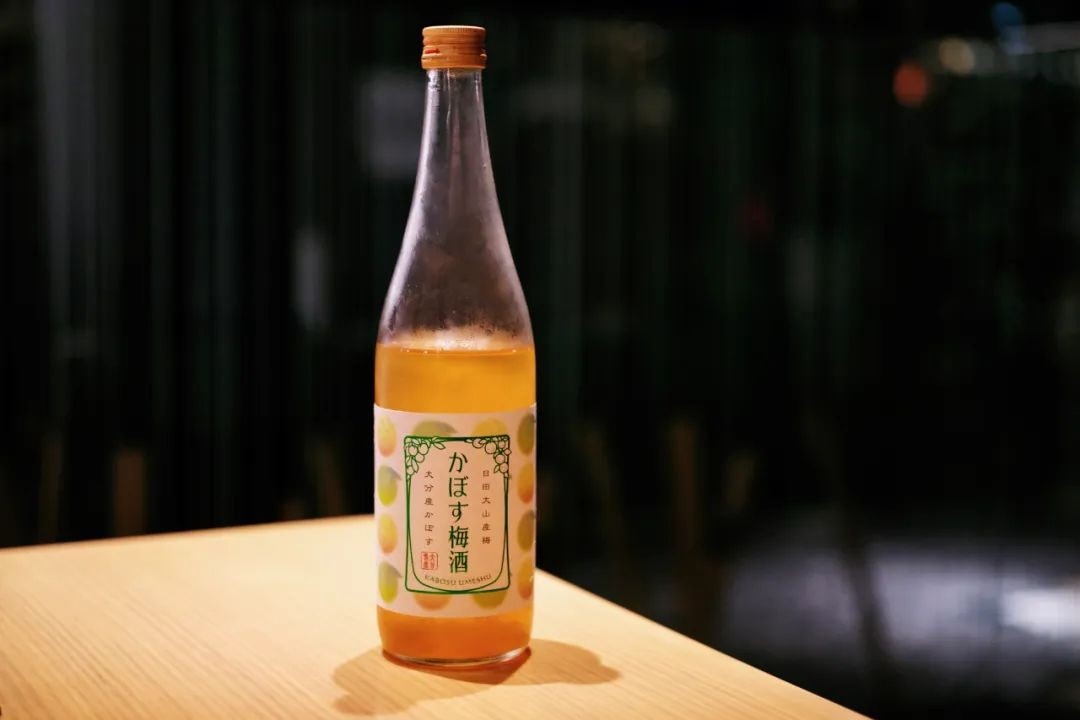
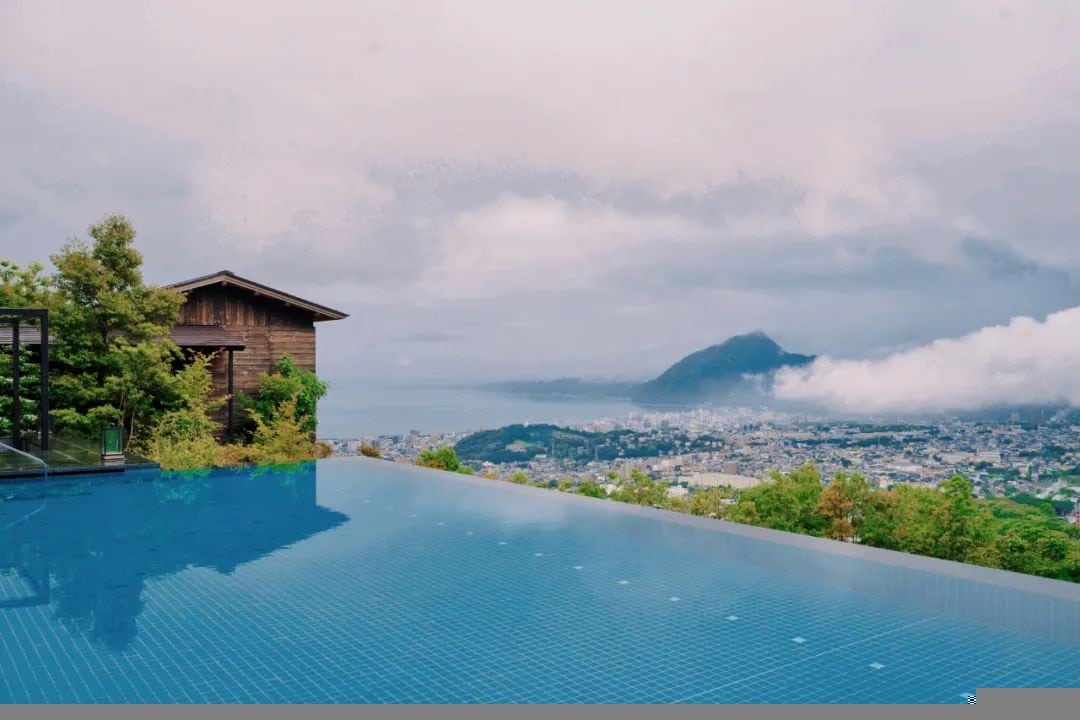
Check-in is completed on a sofa chair by the window, with the staff providing kneeling service throughout. For Chinese guests, this level of hospitality might indeed feel quite overwhelming.
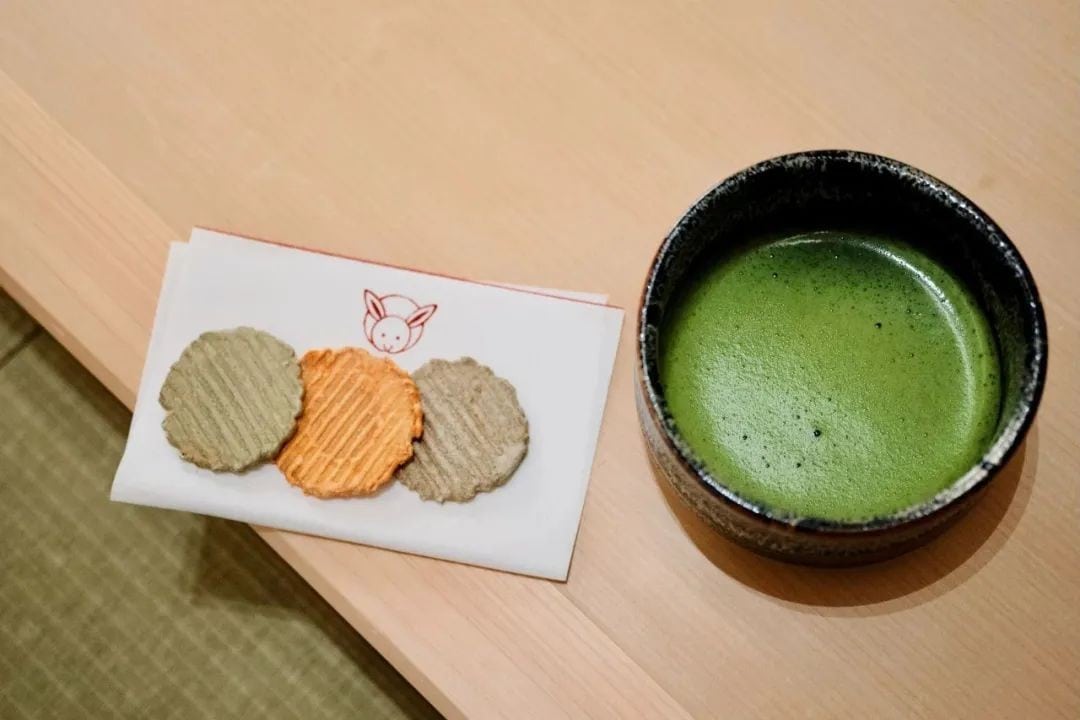
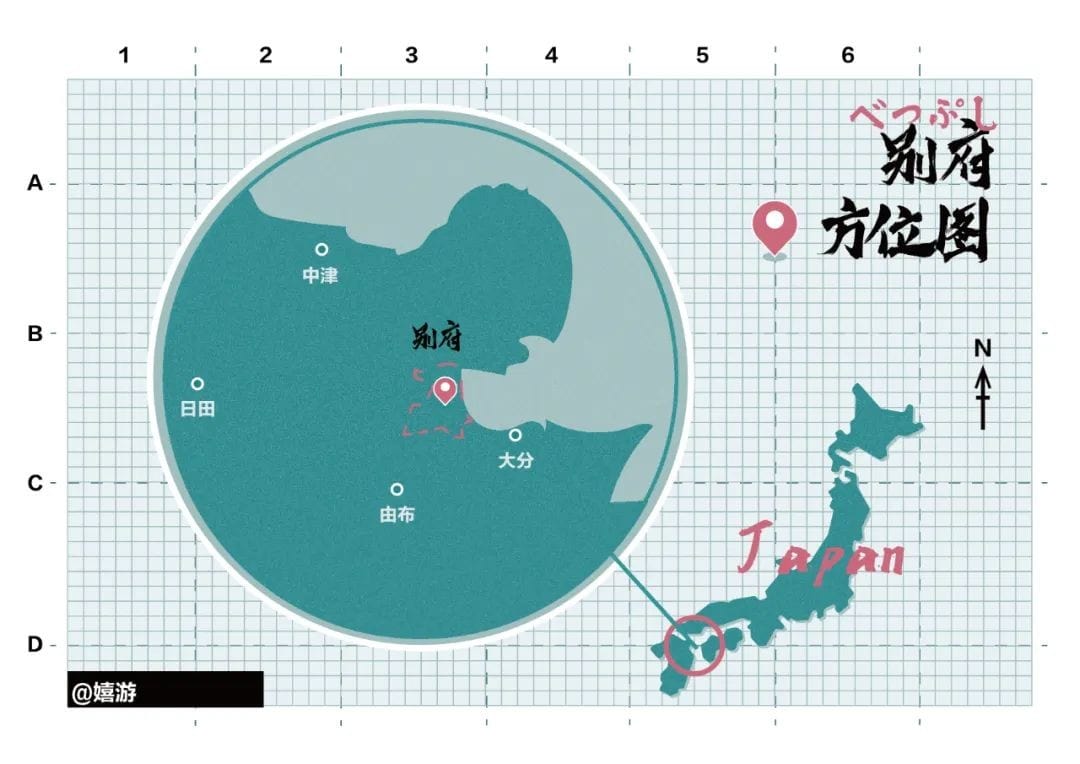
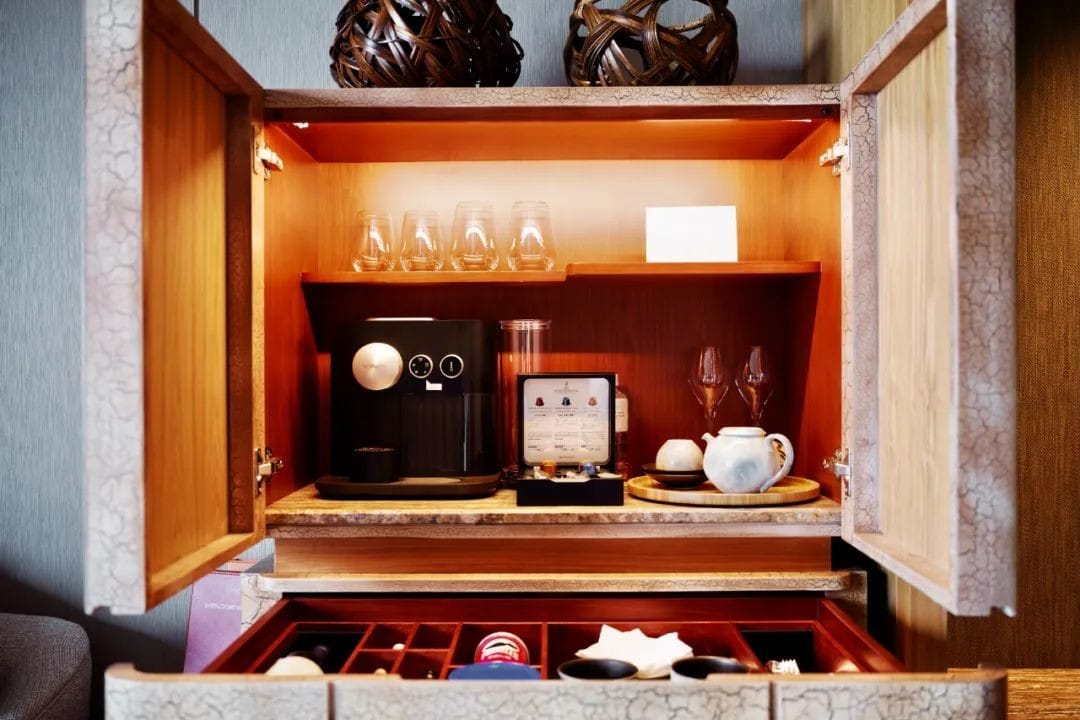
Even the welcome tea is chosen from the “Louis Vuitton” of teas—TWG. The cup I had was grapefruit-flavored, with a light and refreshing aroma.
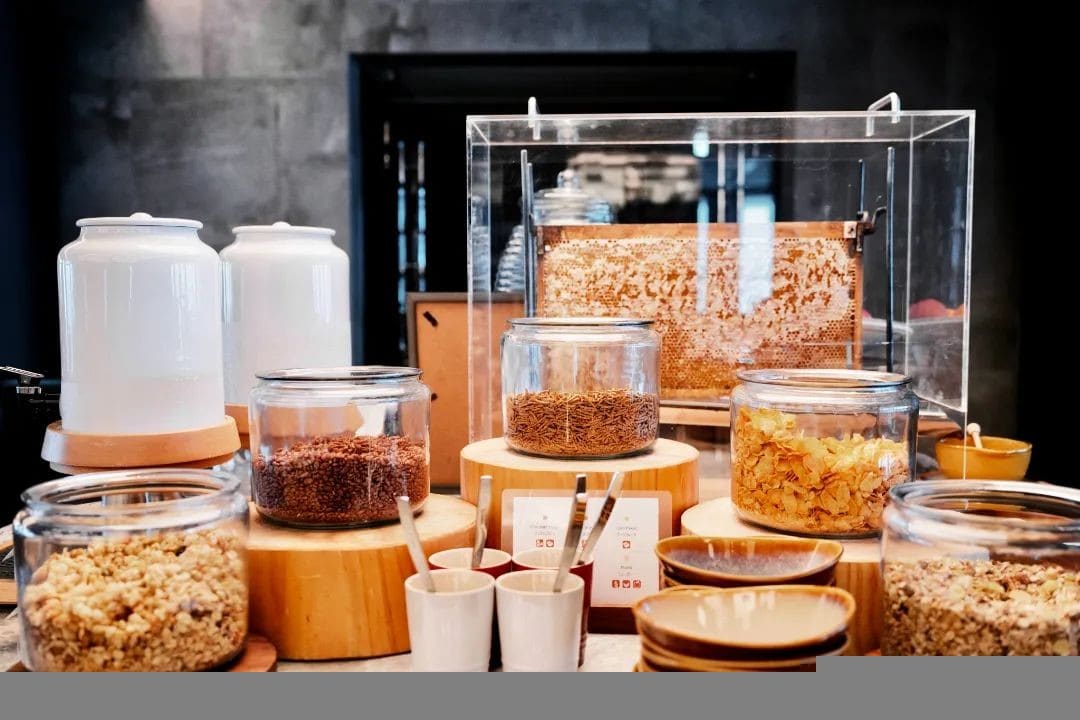
After completing the check-in, another staff member brought a map to explain all the hotel’s services and facilities, as well as their respective usage times.
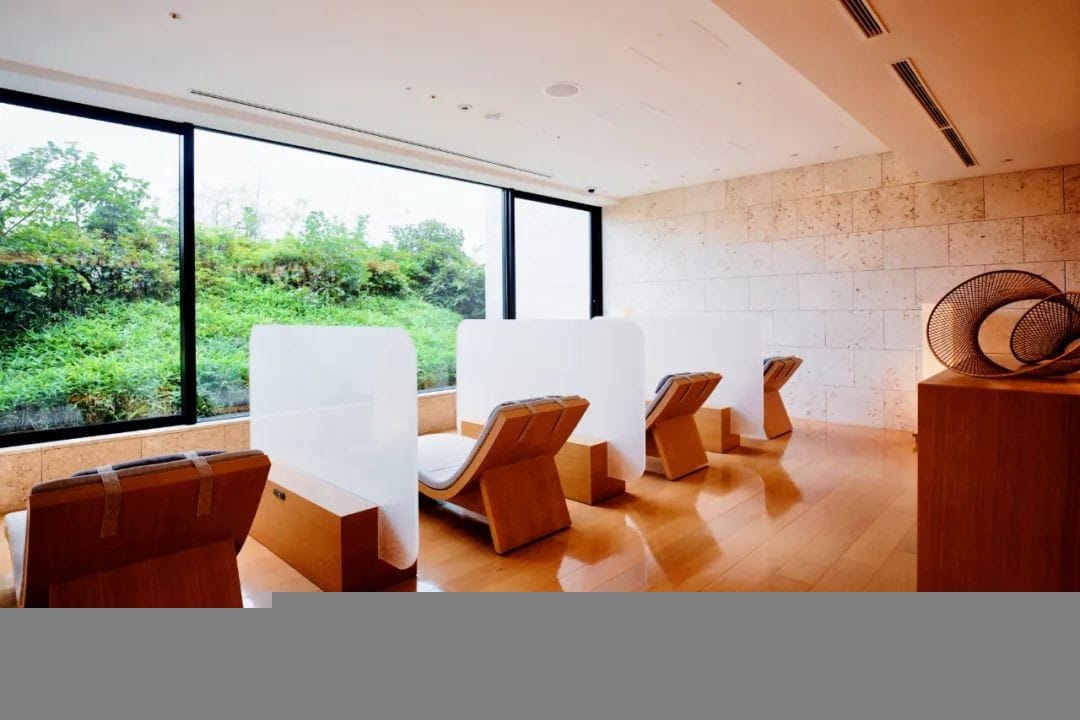
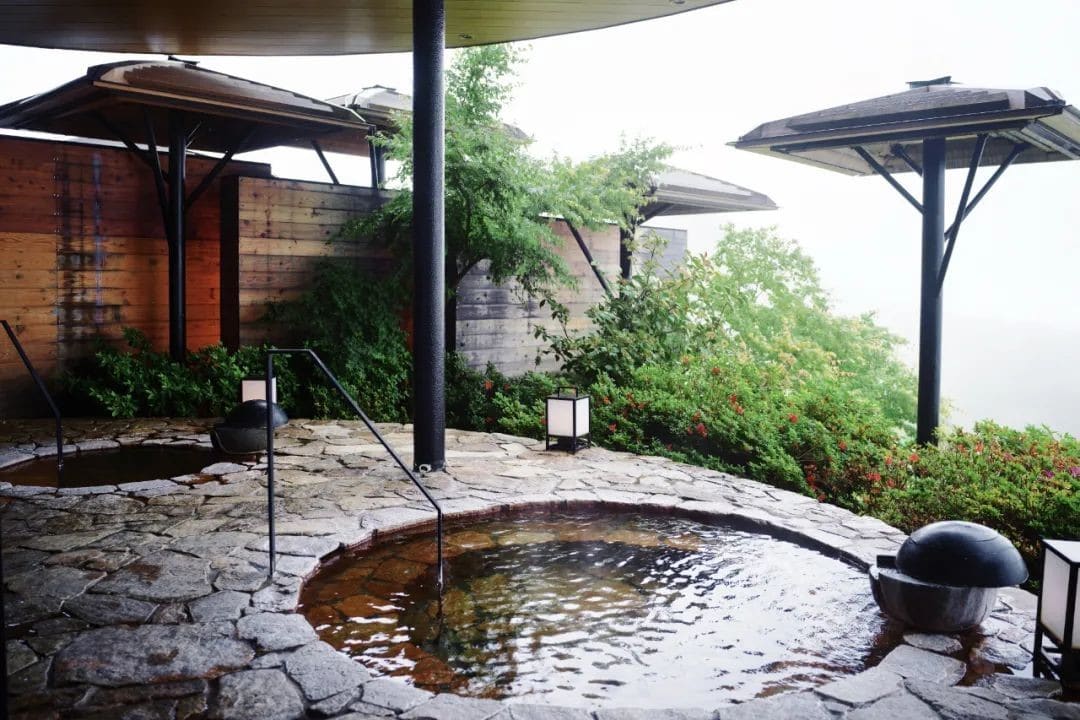
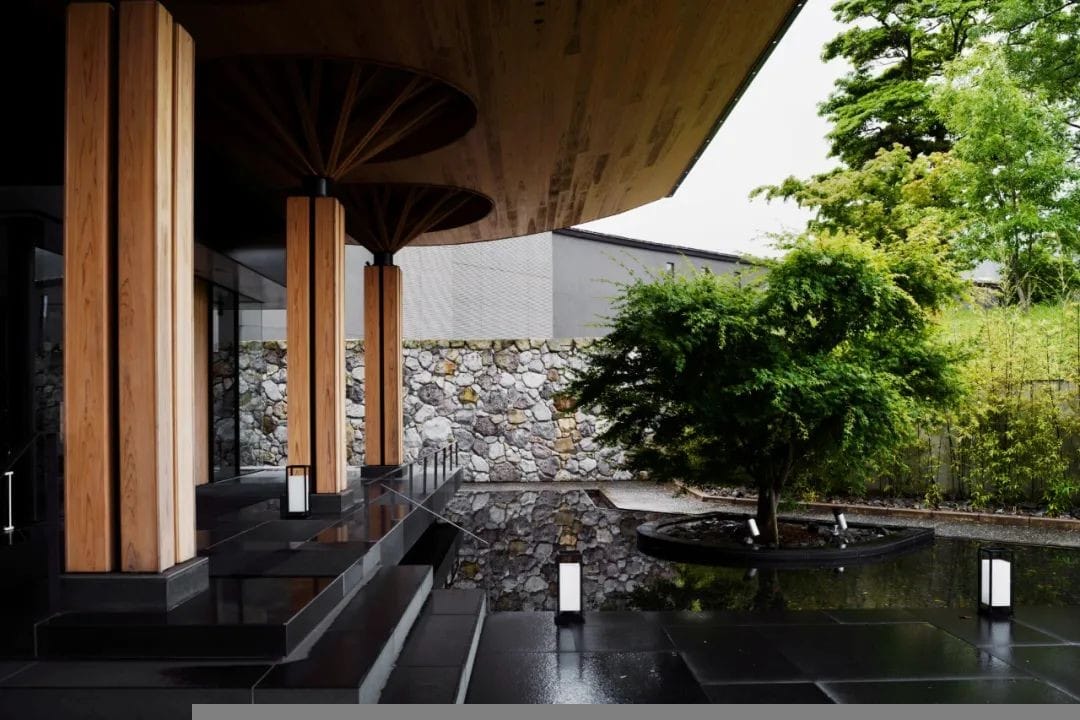
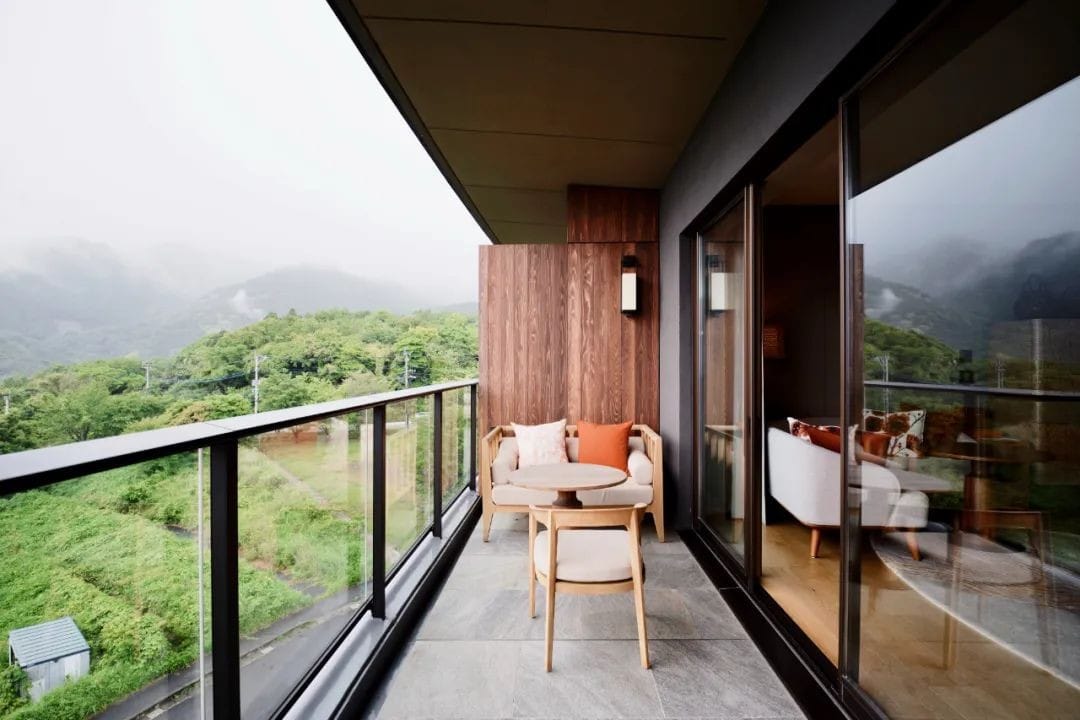
Not knowing Japanese is not a problem; the hotel also has a Taiwanese staff member who provides meticulous translation services.
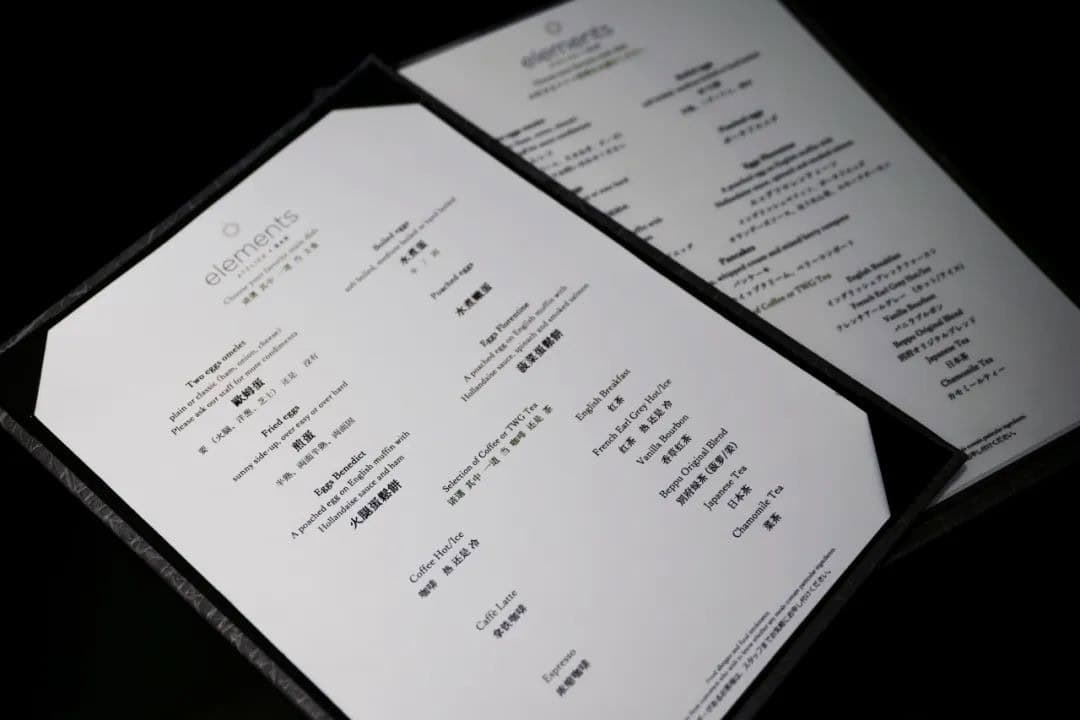
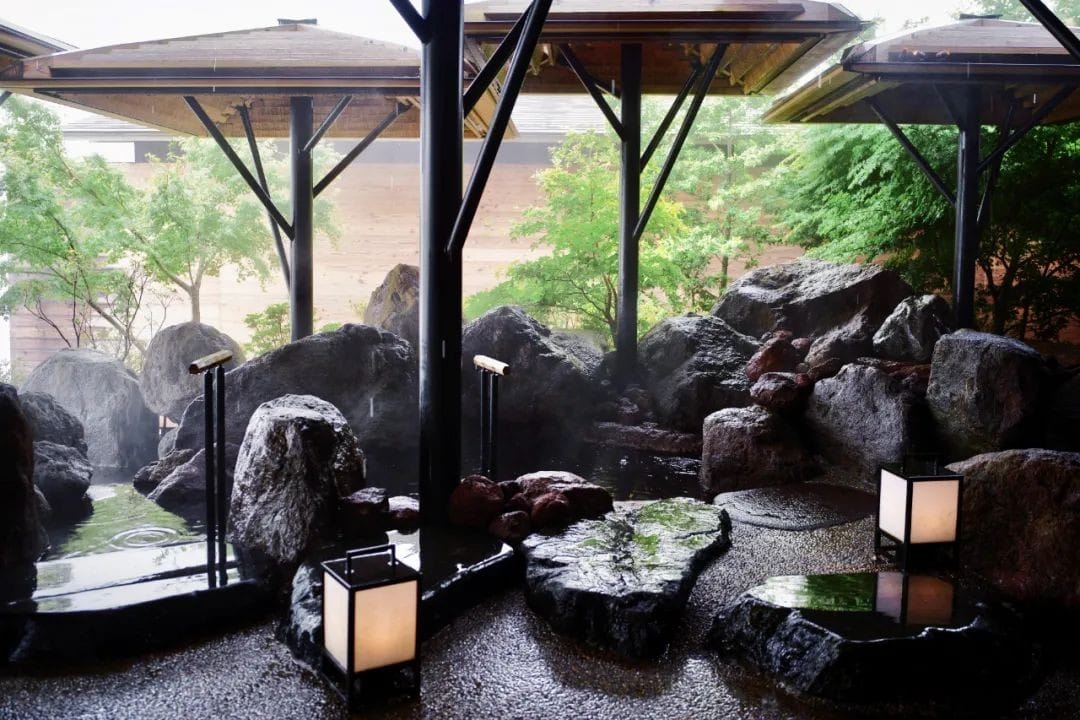
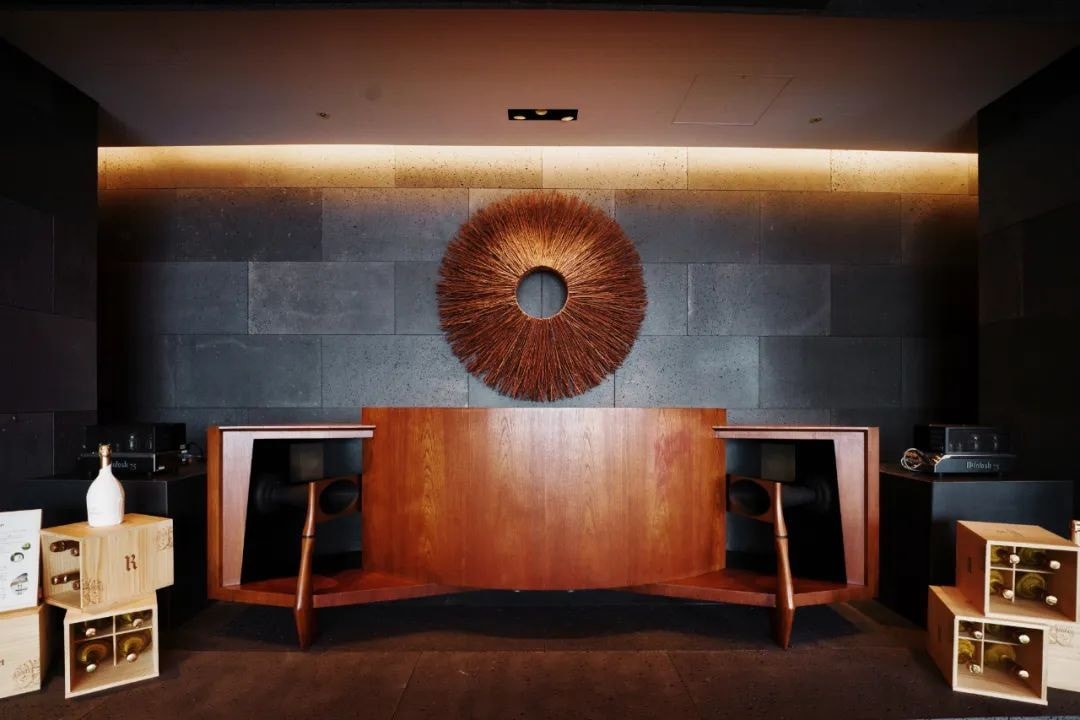
“Hotel”
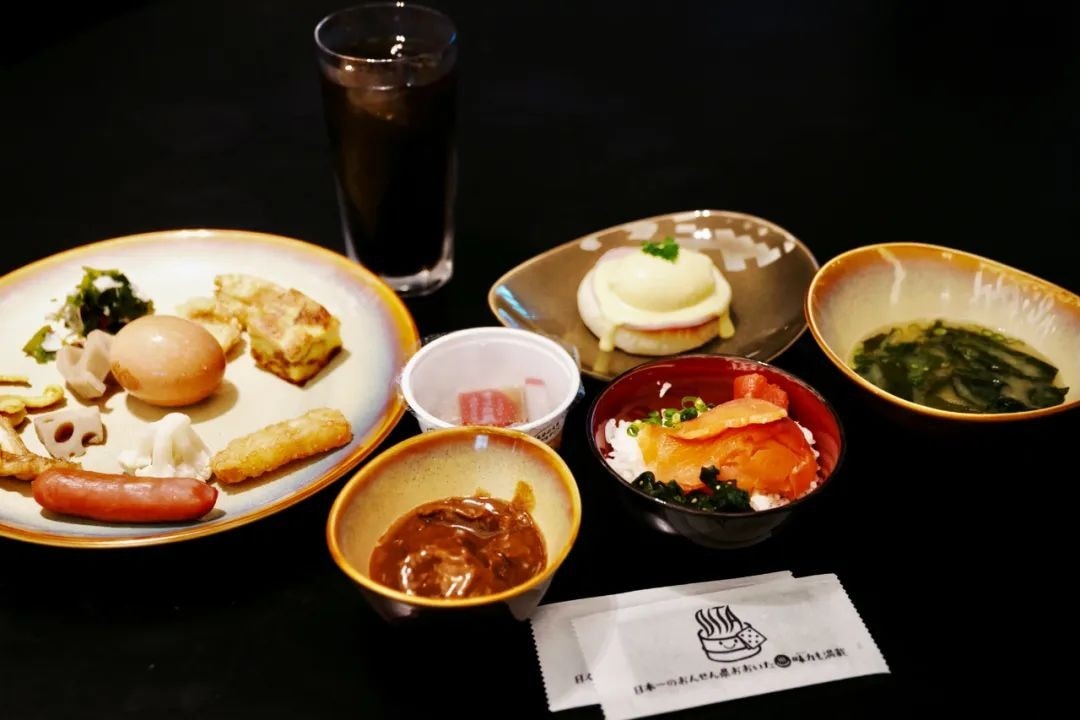
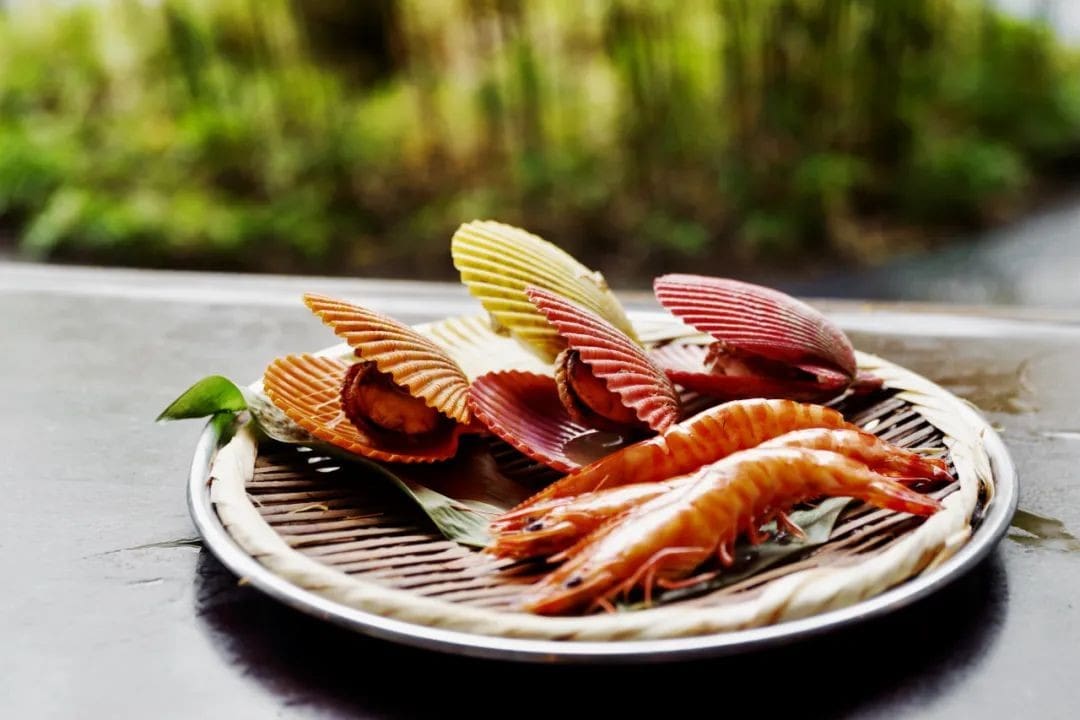
Whenever we visit a hotel, we always ask the staff to give us a tour of every part of the premises. This is to better understand the hotel’s past and present, and to be accountable to each shareholder. Only by being there in person can we write the articles.
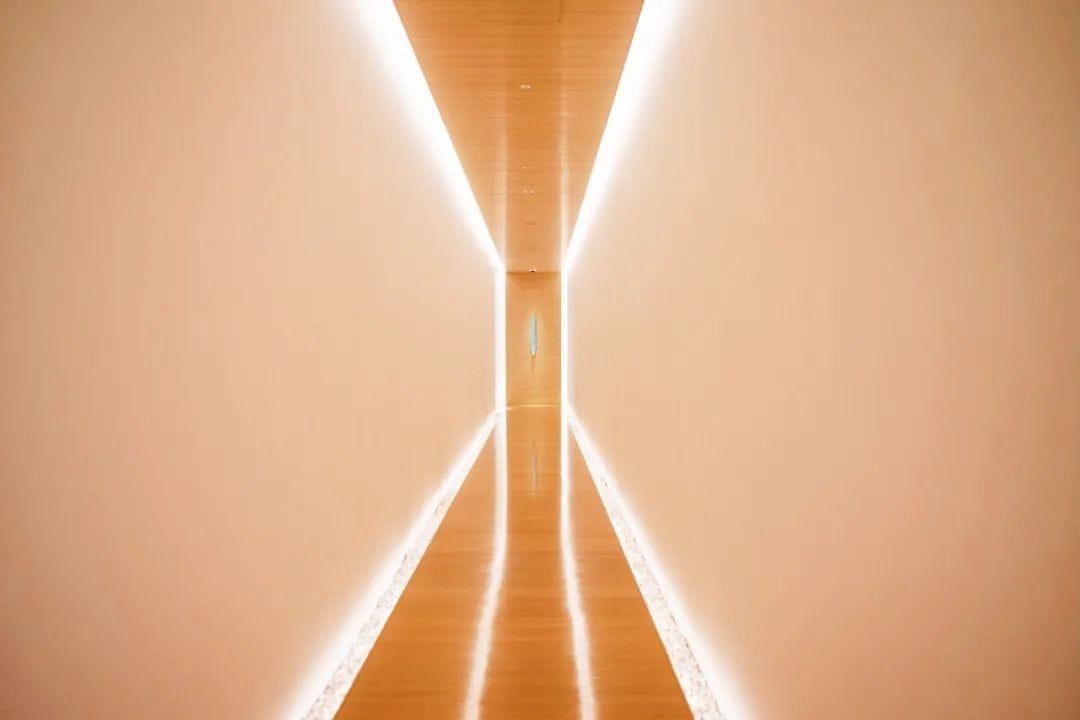
After touring this hotel, my overall summary is: the hotel itself is like a museum.
The hotel invited Japan’s national treasure designer, Yukio Hashimoto, to handle the design. He is known for his successful designs of the Peninsula Tokyo and the Silks Palace at the National Palace Museum in Taipei, among numerous international awards.
For Mr. Hashimoto, being in a state of tranquility is very important, which is evident from the hotel’s design.
Apart from the large panoramic window in the lobby mentioned earlier, which overlooks the steam-shrouded streets and Beppu Bay, the public areas are themed around forests. Each area you walk through presents different scenery, like viewing an exhibition.
From the hotel lobby, you can see many bamboo weaving crafts.
Beppu is famous for its hot springs, but its local bamboo weaving art is less known. These art pieces were designed by renowned local bamboo artisans invited by the hotel.
To the left of the lobby is a tea and water bar, where you can enjoy coffee, read books, and buy some hotel-made bread and souvenir items.
The cutest of these is the plush toy Momofan, which is also the hotel’s mascot, reportedly designed based on the image of a former general manager of the hotel.
From the tea and water bar, you can take an elevator directly to the basement level, where the private hot springs, infinity pool, gym, and rest area are located. The wall leading to the private hot springs is made of Italian volcanic stone.
As is well known, Italy is the birthplace of the Renaissance, while Japan is the cradle of craftsmanship. Their intersection resulted in this volcanic stone wall, blending design and traditional craft seamlessly.
The rest area next to it can almost be considered a mini-exhibition hall, displaying traditional local Onta-yaki pottery and designer-made ornaments.
Even the carpets underfoot are meticulously selected. The first floor is inspired by the Blood Hell of Beppu Hell Hot Springs, while bamboo elements adorn the second-floor meeting rooms.
“Accommodation”
The entire hotel spans tens of thousands of square meters, yet it only has 89 rooms. This offers the advantage of larger room sizes, and each room comes with an outdoor balcony offering scenic views.
Guest rooms are distributed from the second to the fourth floor, available in standard rooms, mountain view rooms, city view rooms, and suites. On this occasion, we booked a basic city view double room, starting from 68 square meters. By Japanese standards, that’s incredibly spacious.
The room design aims for a natural and rustic feel, featuring an understated and refreshing wooden aesthetic. The bamboo weaving art seen in the lobby is also reflected in the room’s design style.
Next to the bed is a minibar within a uniquely designed cabinet featuring brown patterns inspired by the skin of freshly steamed eggs from hot springs.
The tea cups provided are custom-made clear water ceramics specifically for the hotel. They are not for sale; otherwise, I would certainly bring a couple back as gifts for friends because they are so exquisite.
The minibar is well-stocked with beverages, alcohol, and snacks, although these are chargeable. Detailed price information is listed on the menu.
The balcony faces the bed, offering a panoramic view of layered cliffs and slowly rising steam. Forget about holidays; I wouldn’t mind working here every day to write content.
Bamboo weaving crafts create a perfect partition between the bedroom and the bathroom, providing ample space. The bathroom features a double sink and an oversized bathtub, embodying a minimalist aesthetic that’s simple yet sophisticated.
The toiletries are environmentally themed, featuring the unique Byredo brand. Almost everyone in our editorial team owns a Byredo perfume, a testament to its popularity.
We also toured the executive rooms.
The design and amenities of these rooms are identical to the classic mountain view rooms we stayed in. The difference is that the balcony comes with a soaking pool.
The soaking pool is fed by hot spring water, allowing you to enjoy a private hot spring experience while admiring the unparalleled outdoor scenery—quite a treat.
Another difference lies in the toiletries, which are luxurious HARNN products, offering three fragrances: cherry blossom, bamboo, and sandalwood. Very tasteful.
“Dining”
To truly delight guests, a hotel must capture not only the ambiance and room design but also the stomachs of every guest. The InterContinental Beppu excels in this regard.
During our three-day, two-night stay, my plans for dieting and slimming down were utterly defeated.
The hotel restaurant is called “Elements – Atelier & Bar,” located on the fourth floor. Although the space isn’t large, it scores high in terms of dining environment, ingredients, and dish presentation.
The dining area is divided into the main dining area, the counter area, and the bar area.
The warm-toned lighting makes the entire environment cozier, and bamboo weaving craftsmanship has also been incorporated here. Outside, there are terrace seats where you can overlook the mountain view, which became my favorite dining spot during my stay.
Enjoying authentic Japanese cuisine while gazing at the mountain scenery and the steam rising slowly from the hot springs, all my worries dissipated.
Breakfast is served from 7:30 to 10:00, in a combination of à la carte and semi-buffet style.
With offerings like beef curry, fresh salmon slices, sashimi, desserts, and miso soup, the rich variety of ingredients provided a veritable haven of happiness for a foodie like me.
The most unforgettable experiences were the two Fine dining occasions—one featuring a Japanese set meal and the other a traditional Western meal.
For the Japanese set meal, there were two options: salmon and tempura. The appetizers (bread/salad) were the same for both. I chose the tempura platter.
The tempura was quite large, perfectly fried to a golden crisp on the outside and delightfully crunchy and light on the inside, without a hint of greasiness.
I also had a plum wine with a sweet and sour taste that I loved. I ended up finishing a whole bottle over the two meals.
The traditional Western meal was a seven-course dinner with two different menus.
All ingredients were locally sourced, from the Saiki mackerel and Oita Wagyu beef to the Akaushi beef from Aso. It took us three full hours to complete this exquisite dining experience. High-end Fine dining is truly an art.
By the way, dinner reservations need to be made in advance with the staff so the chef can prepare accordingly.
Additionally, Beppu has a special dish called “Hell Steaming,” which you can arrange in advance for the hotel to book.
At first, the name sounded a bit shocking—it certainly gives a shiver down the spine. Later, I learned that Beppu is famous for its hot springs, with some pools reaching near-boiling temperatures, hence the name “Beppu Hell.”
Hell Steaming uses pure hot spring water to steam food, mainly consisting of vegetables, fish, and chicken, served with simple soy sauce and vinegar. Despite its intimidating name, the taste is quite light.
While dining, you can soak your feet in hot spring water. It was raining when we visited. While raindrops pattered outdoors, we enjoyed our meal with foot baths, an experience that was truly unparalleled.
A must-try is the Hell Steamed Pizza. The steaming process gives the pizza a better texture, making it softer and chewier than the typical pizza we’re used to.
“Supporting Services”
In my view, an excellent resort hotel ensures that guests never feel the need to leave; the pure enjoyment within the hotel itself should be enough to exhaust you.
To be honest, I spent three days and two nights at the hotel and didn’t get to experience all the recreational activities available.
Thai spa
The hotel offers authentic Thai massages, reportedly taught by Thai therapists themselves, so their techniques are not to be underestimated.
To reach the massage room, you pass through a secret path where the soft yellow lights cast a warm glow on the white walls, creating a photogenic ambiance.
The welcome tea in the massage room is also TWG, but it’s a different flavor from the one served at check-in. This time it’s a delightful blend of green tea and orange candy.
Before the actual massage, the therapist will have you fill out a small questionnaire to understand your recent physical condition (for example, whether you are currently pregnant, have any injuries, or specific areas that need attention).
You will then be asked to choose an aroma; the SPA offers three essential oils: neroli, coconut, and vanilla. If you like them, you can even purchase large bottles to take home.
There are two single rooms and two double rooms available. Once inside the room, you start with a foot bath.
After showering and changing, a one-hour massage session begins.
Right after checking in, I headed straight to the massage area. After hours of traveling, a relaxing massage was the perfect remedy for my tired body.
Their Thai massage techniques rival those I’ve experienced in Thailand. The immersive one-hour session put me to sleep.
Afterward, you can take a short nap in a lounger at the entrance and enjoy some snacks.
Gym
The hotel gym is located on the basement floor, with all fitness equipment neatly arranged on both sides, which makes it easy to see everything at a glance.
Outside is the open-air infinity pool, offering a panoramic view where the water meets the sky. After working out, you can relax outside, sunbathe, and enjoy a cup of coffee while taking in the scenery.
Private Onsen
Next to the gym is the public bath, which has separate nude bathing areas for men and women. The bathing areas rotate daily, allowing you to experience both types.
After changing into the bathrobe provided in your room, you can head straight to the onsen.
Here, you can indulge in various renowned beauty baths such as Myoban-no-Yu and Biyu-no-Yu.
The outdoor bath offers a direct view of the ocean, but unfortunately, it was raining during my stay, so I couldn’t enjoy the view.
For those seeking more privacy, the hotel offers a family private onsen room at an additional cost (10,000 yen/hour). The room can accommodate up to six people, which is perfect for a large family.
Open-Air Infinity Pool
The outdoor open-air swimming pool elevates the holiday experience to the extreme. The pool is rectangular, offering breathtaking views of the endless mountain scenery and Beppu Bay, making it look like a suspended landscape painting within the mountains.
The picturesque view in front of me forms a seamless whole, truly making it hard to leave.
“Experience”
For a resort hotel, experience activities are its “soul.” InterContinental Beppu has indeed crafted unique experiences. Despite my 3-day, 2-night stay, there were still many activities I didn’t have the chance to try out.
Bamboo Weaving Experience 🥢
Bamboo weaving is a significant feature of Beppu. According to the hotel staff, local bamboo artistry dates back to around 1390 AD, when many everyday items were made from woven bamboo.
The hotel offers a dedicated bamboo weaving experience, where a bamboo craftsman, paired with a few learners, shares an afternoon weaving bamboo.
After spending a long time in a fast-paced lifestyle, the joy of slow crafting feels like a therapeutic remedy. You can even take home your woven creations as a souvenir.
Uji Tea Tasting 🍵 (Limited Edition)
There is a saying, “The world’s matcha is in Japan, and Japan’s matcha is in Uji.” Tasting authentic Uji matcha is a must-do when visiting Japan.
The hotel collaborates with historic tea-producing areas in Uji to bring guests an exquisite flavor experience.
The tea room is a tatami room where a professional tea master grinds and brews the tea right before our eyes, demonstrating the entire process step by step.
Throughout the tasting session, we were thoughtfully provided with small snacks to complement the tea.
In addition to bamboo weaving and Uji tea, the hotel also offers unique experiences such as golf and the Seven Lucky Gods tour. You can arrange your schedule according to your interests.
“Surroundings”
Beppu is world-renowned for its hot springs, and the must-see attractions are the Jigoku (“Hell”) Hot Springs.
There are a total of eight hells: Sea Hell, Oniishibozu Hell, Mountain Hell, Cooking Pot Hell, Demon Mountain Hell, White Pond Hell, Blood Pond Hell, and Tornado Hell.
Each hell has individual tickets, or you can buy a pass for all. I recommend visiting 2-3 of them, which should be sufficient.
I visited Sea Hell, which was formed 1,200 years ago by the eruption of Mount Tsurumi. It is the most famous among the eight hot springs.
It’s only a ten-minute drive from the hotel. On the left side of the entrance, you can also buy the same Gokuraku Manju buns enjoyed by Kogoro Mouri.
When we arrived, it was a rainy day. The mist and steam from the hot springs created a dreamy, fairyland-like atmosphere. Hells of Beppu is actually a large sightseeing area, where the mountains and waters team up to form a picturesque scene.
The most famous of these is the Sea Hell Hot Spring.
Its crystal clear, azure water is very eye-catching, but the temperature can reach as high as 98 degrees Celsius. It is fenced off to prevent people from getting too close. Just walking around it, you can feel the intense steam.
In addition to this, there are various other hot springs of all sizes. If you get tired from walking, there are even free foot baths for visitors to soak their feet.
“Leaving the Hotel”


